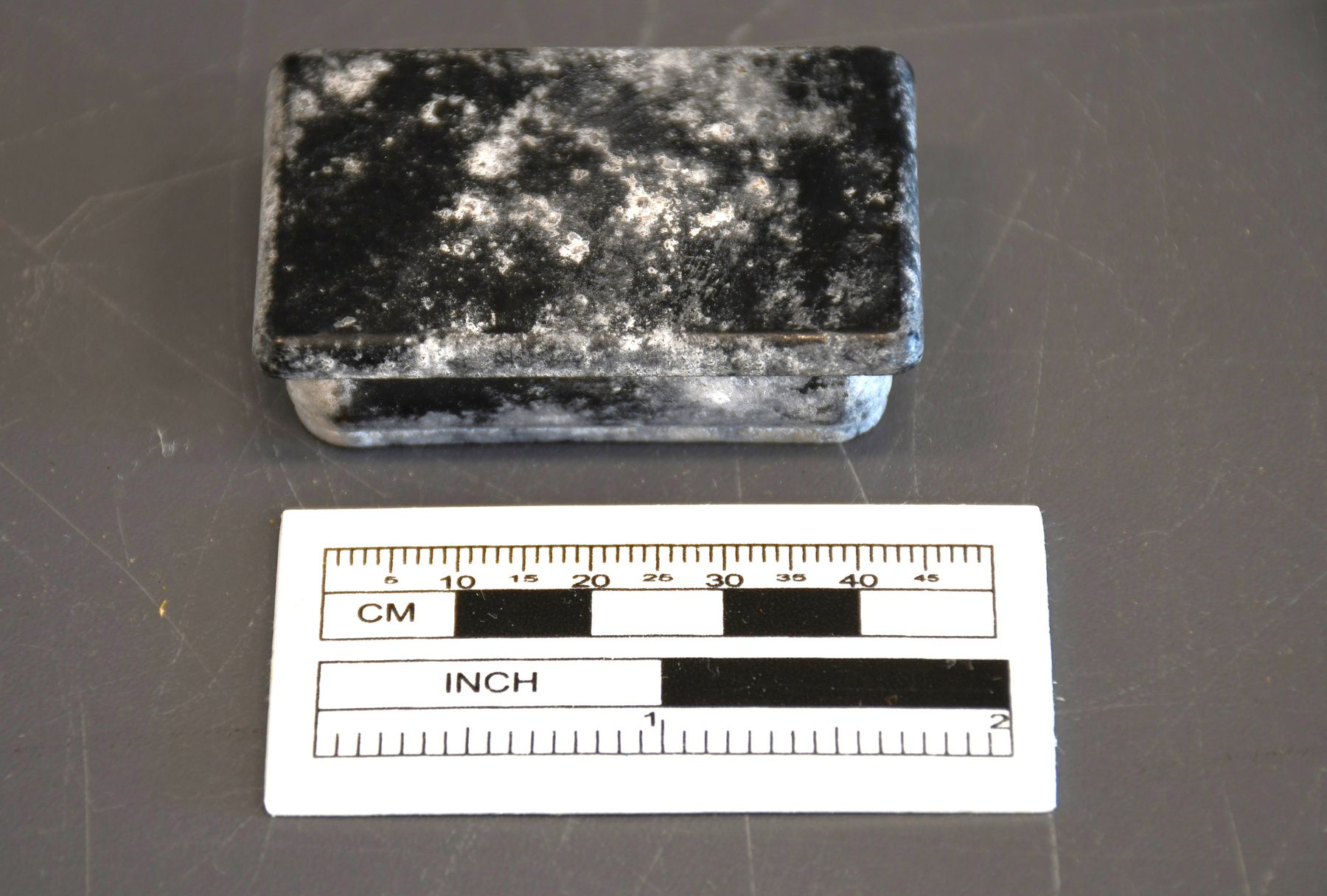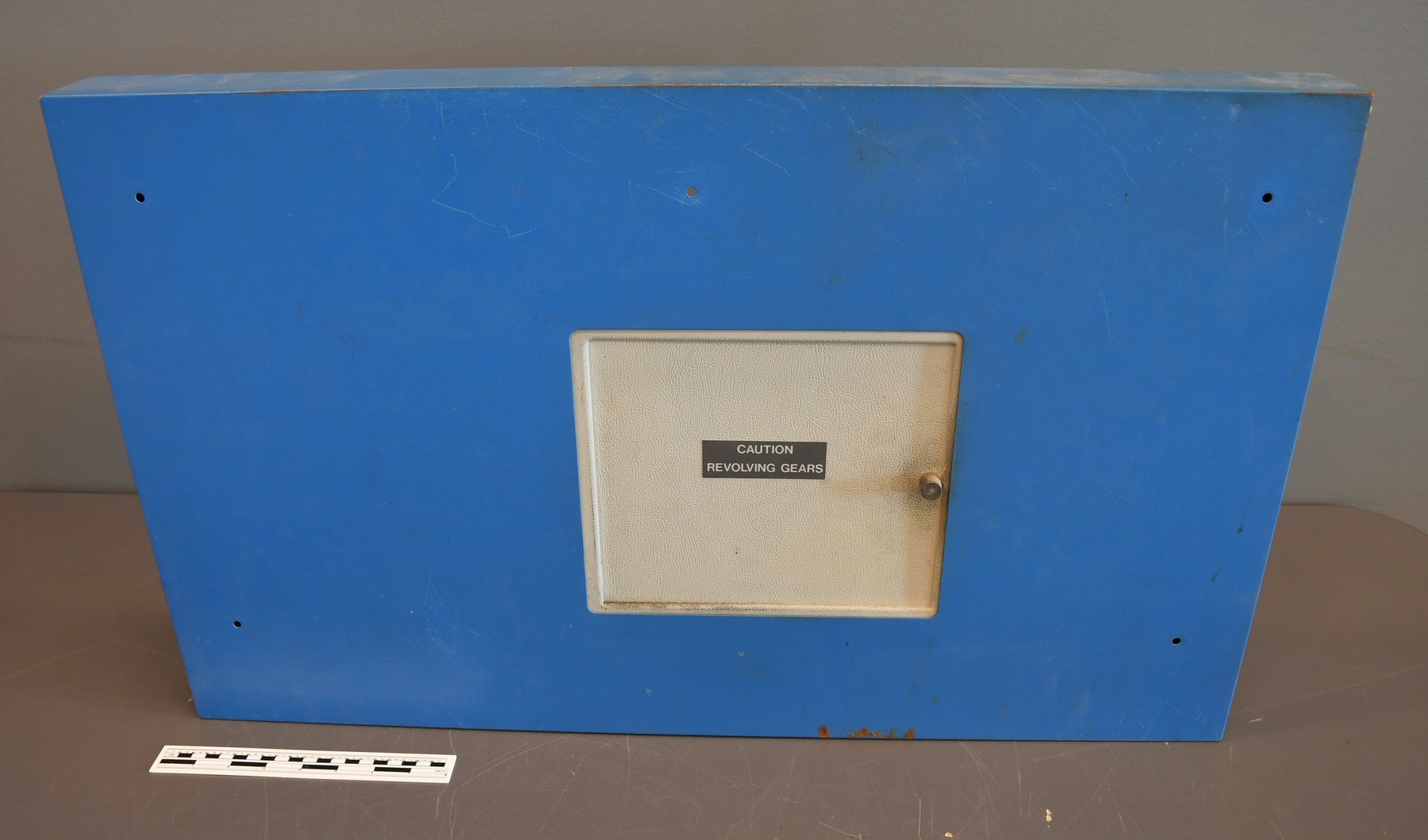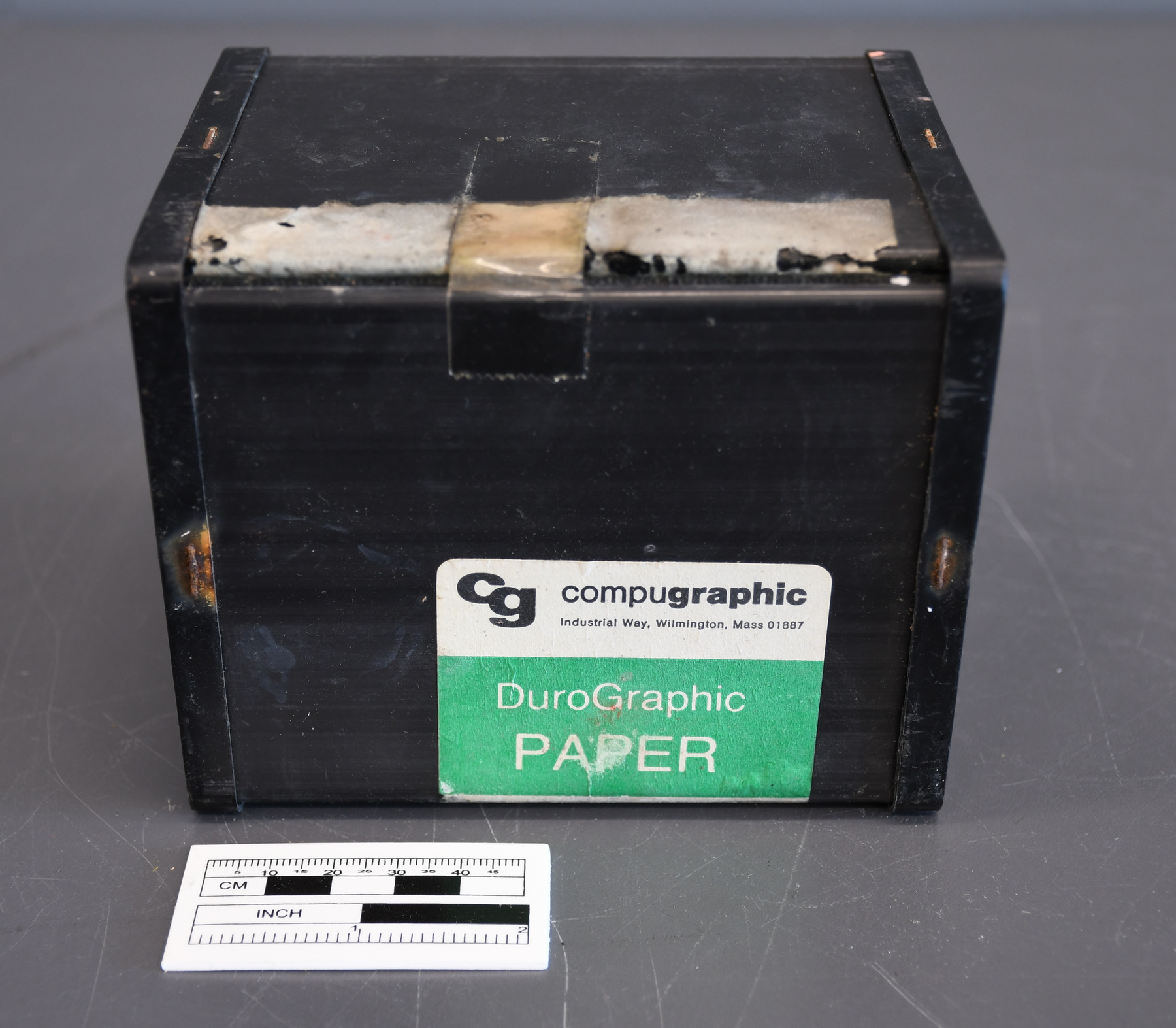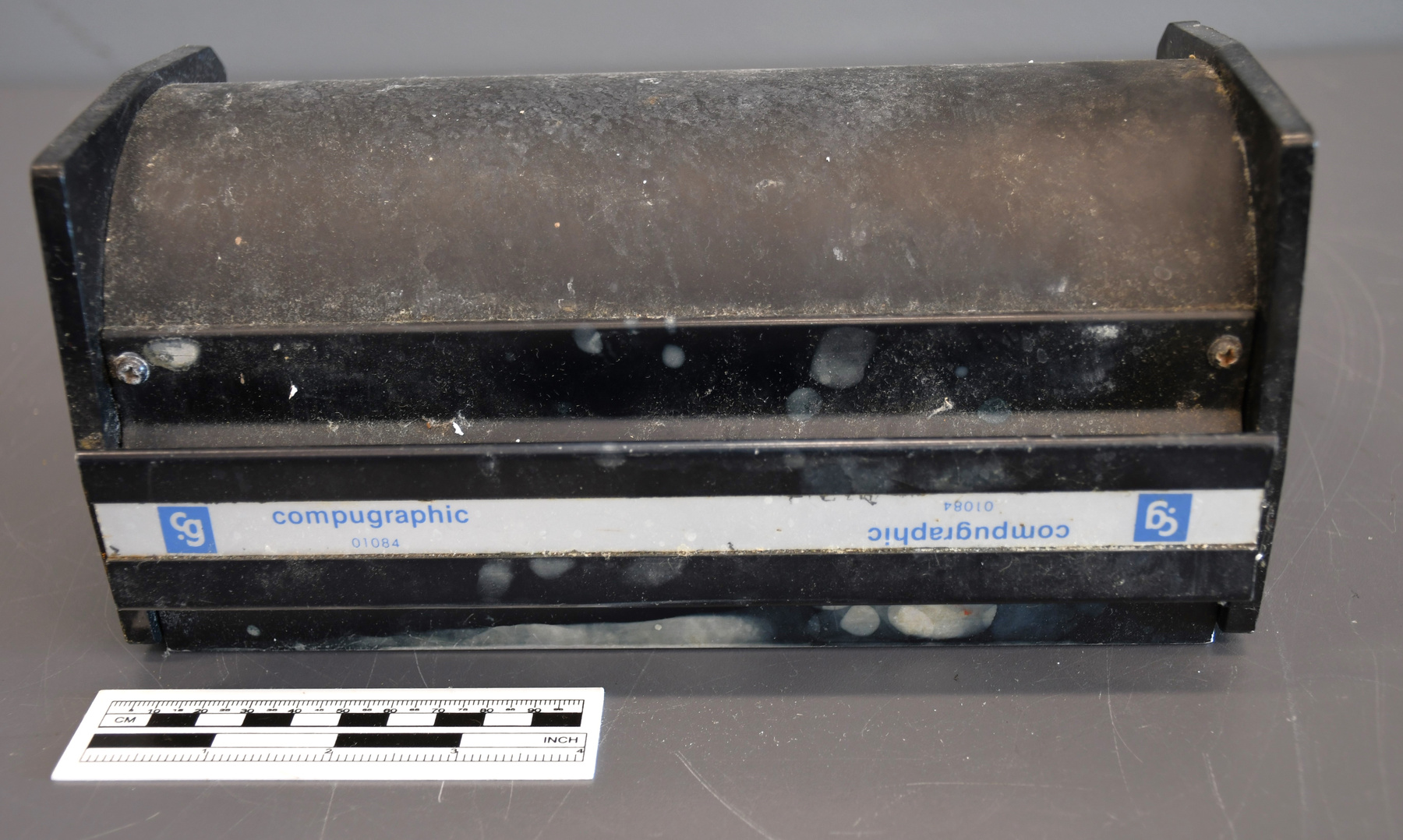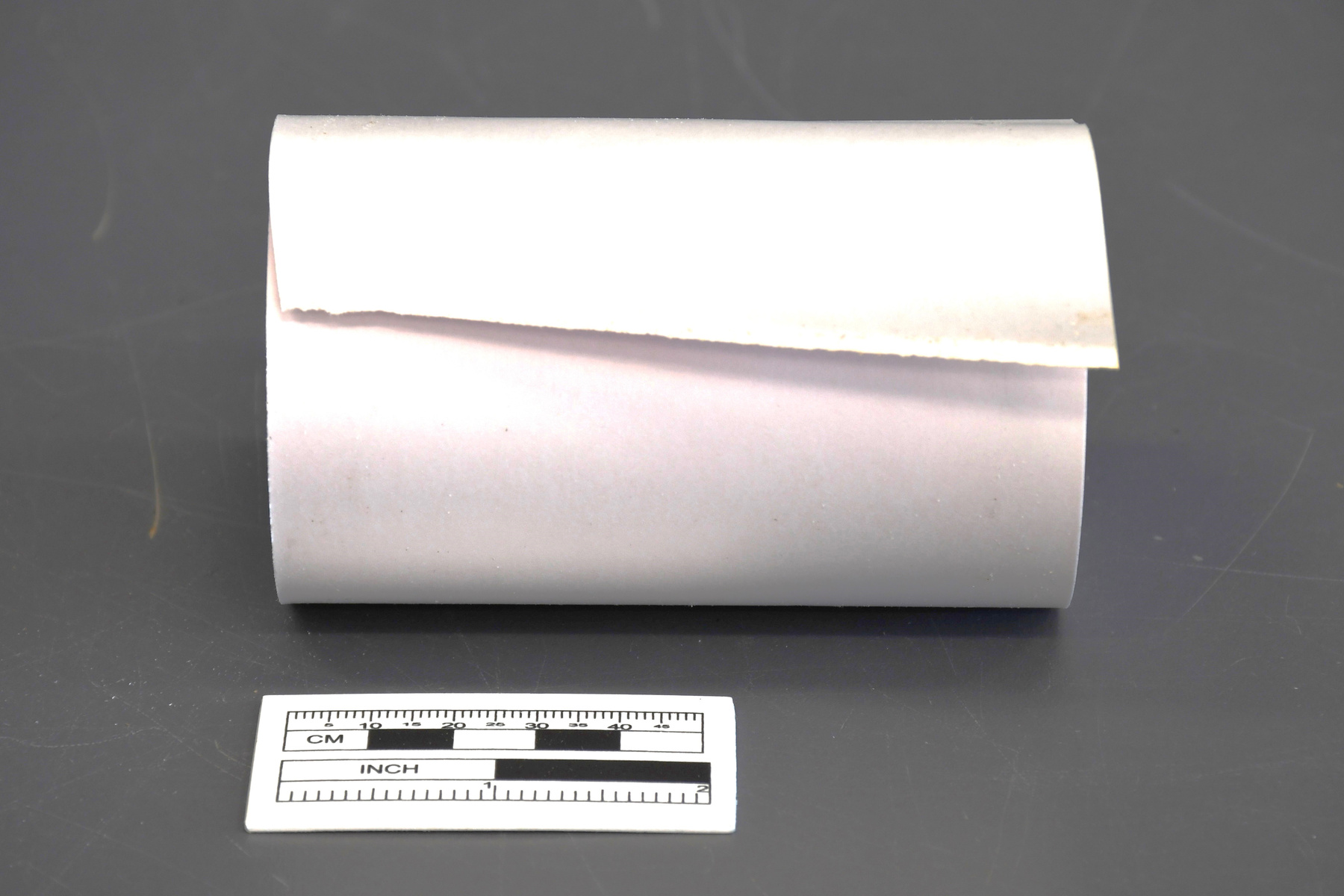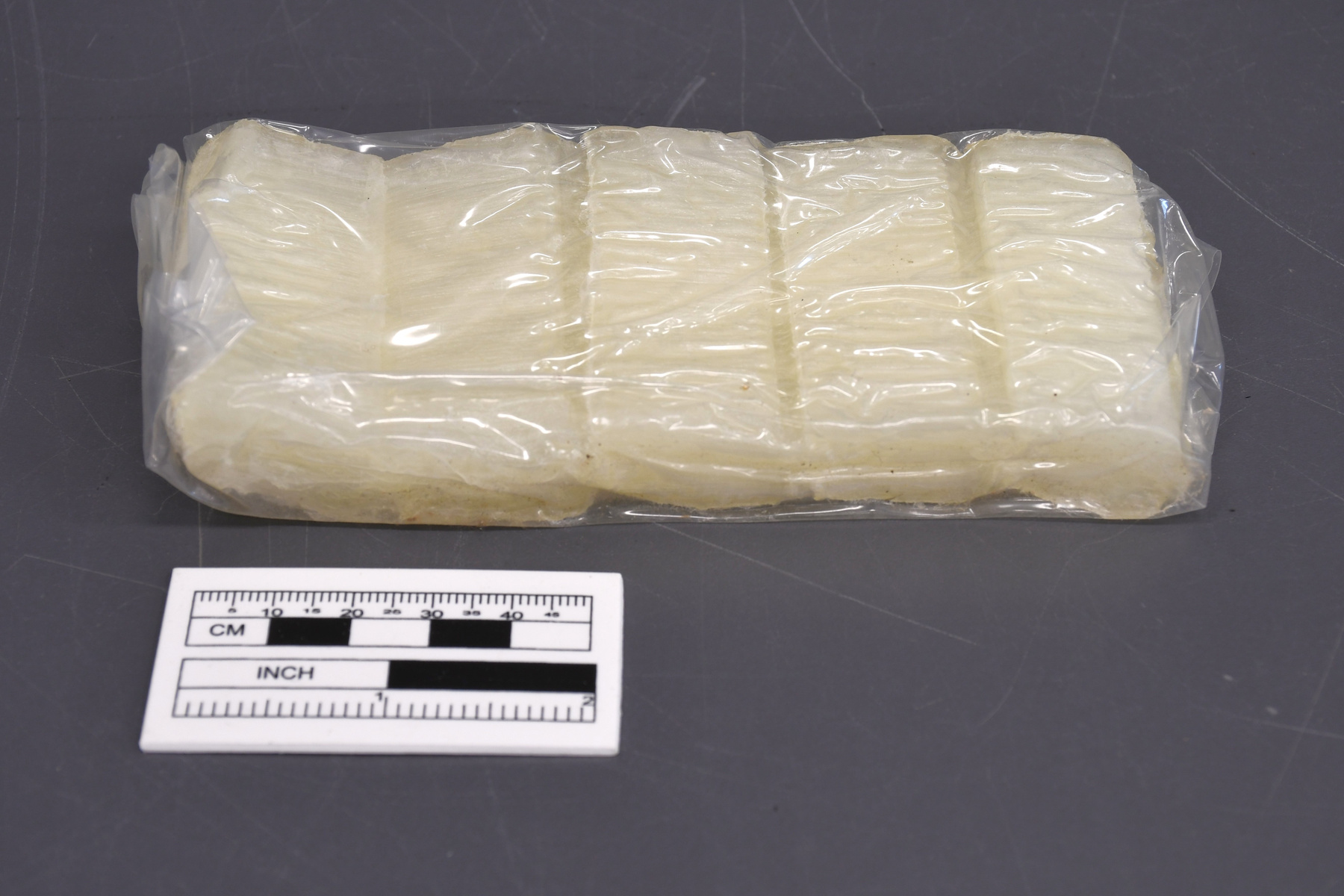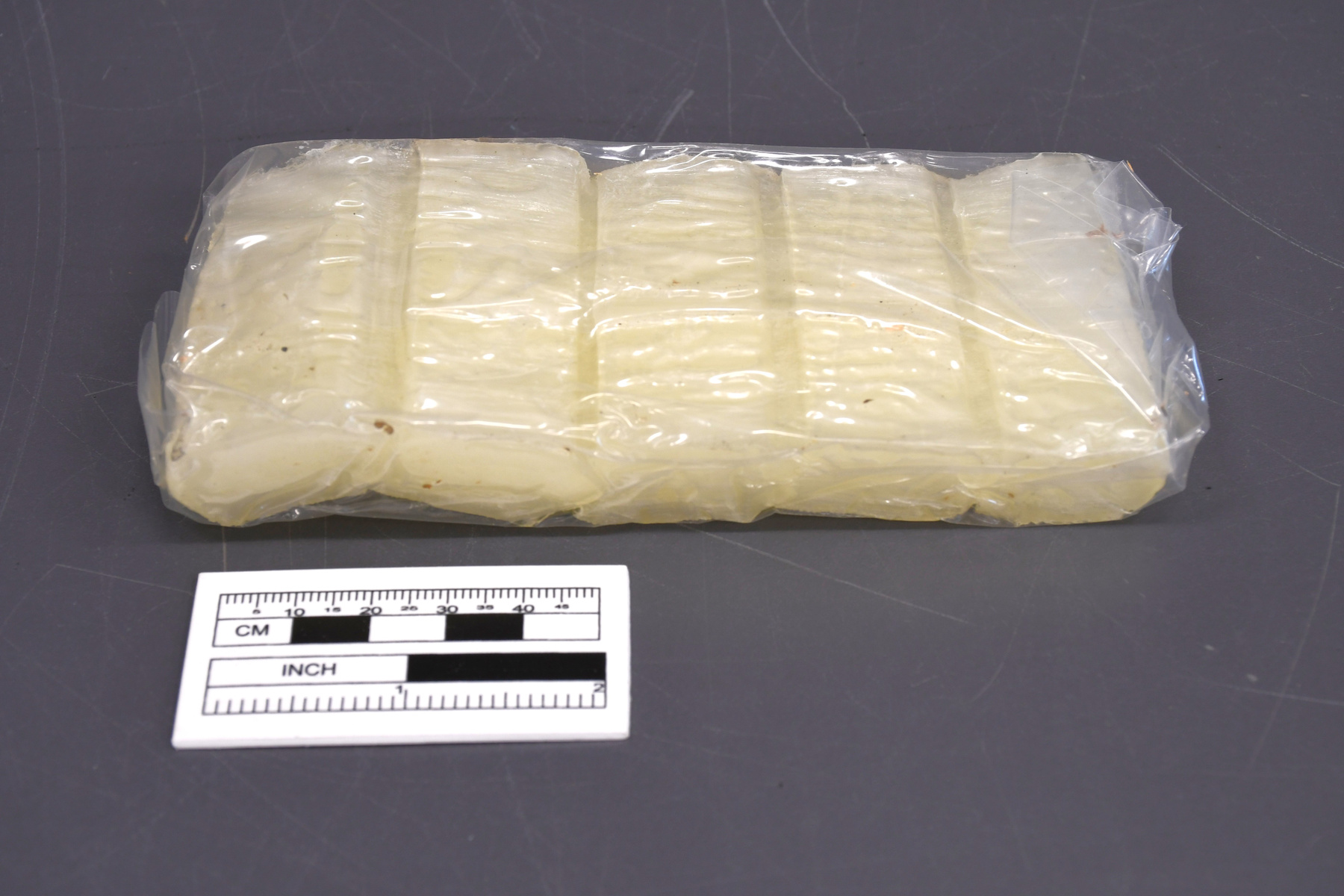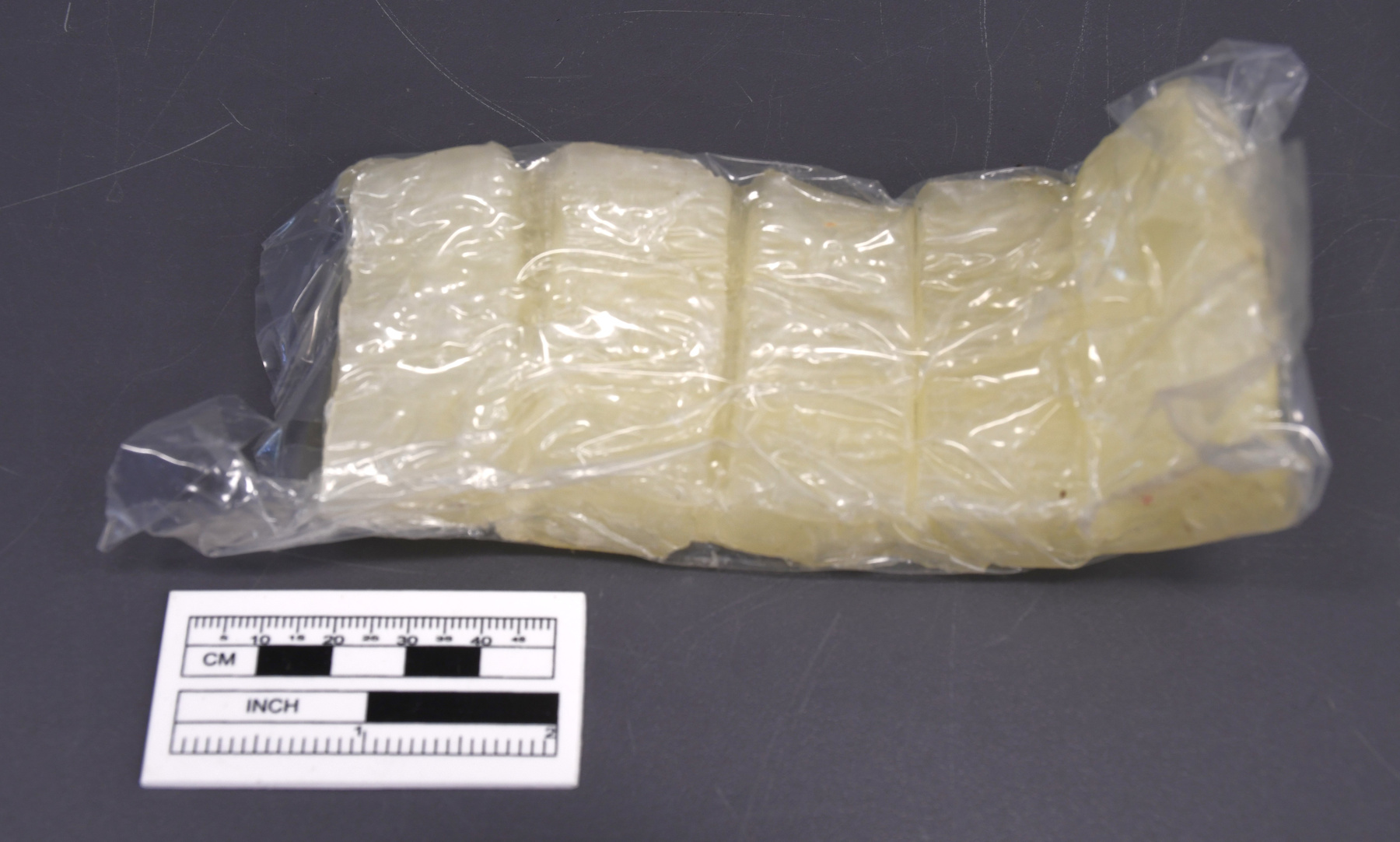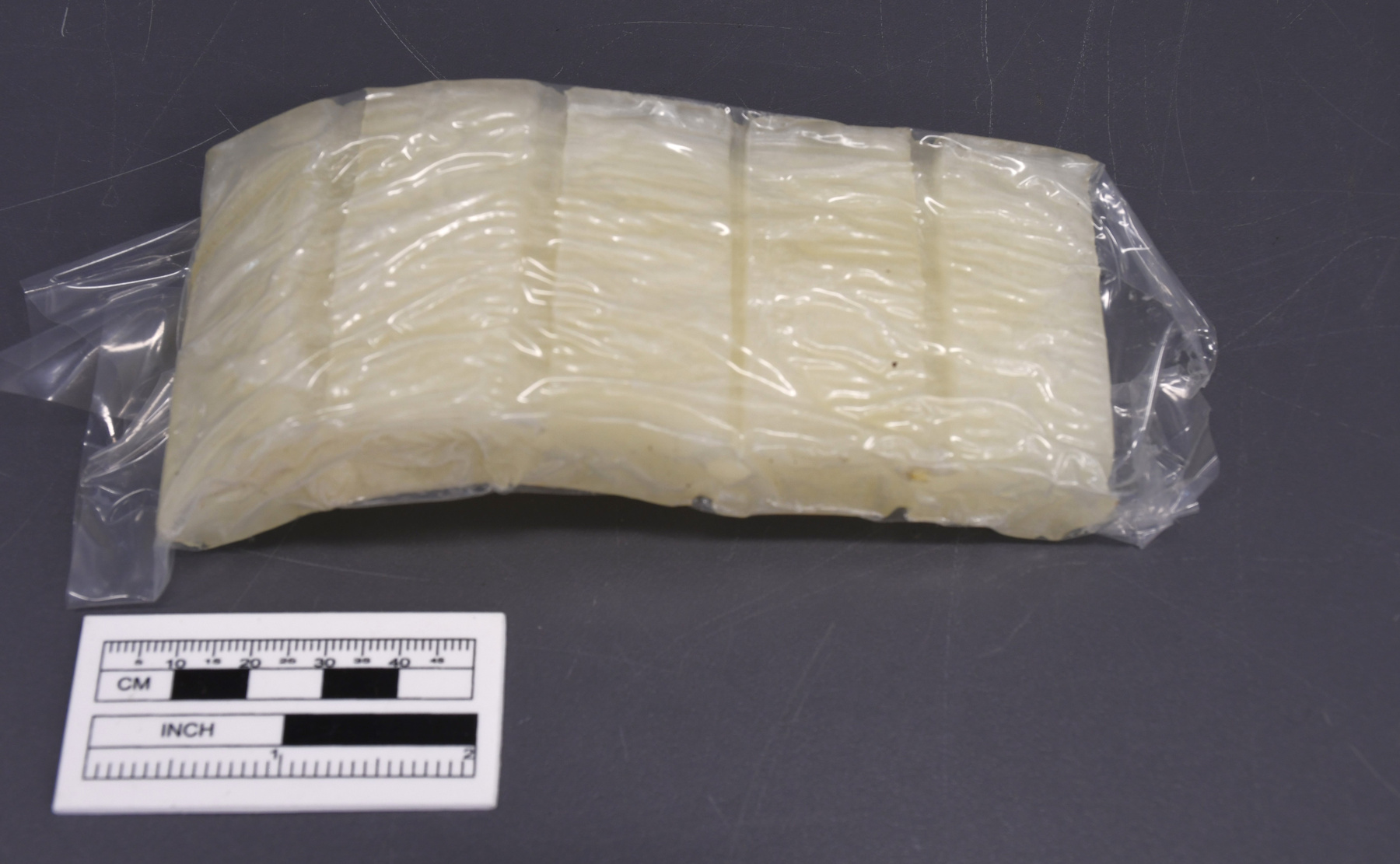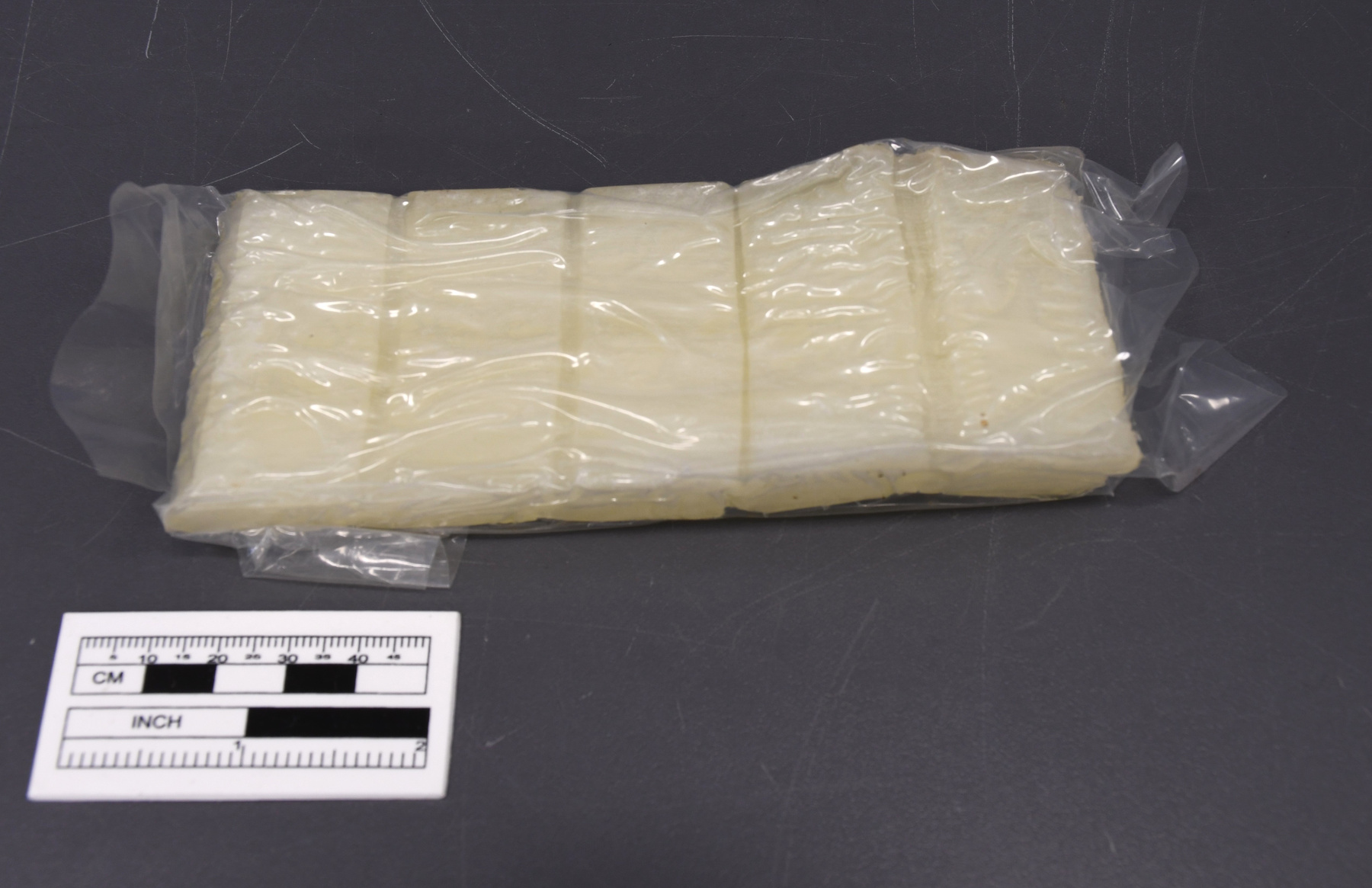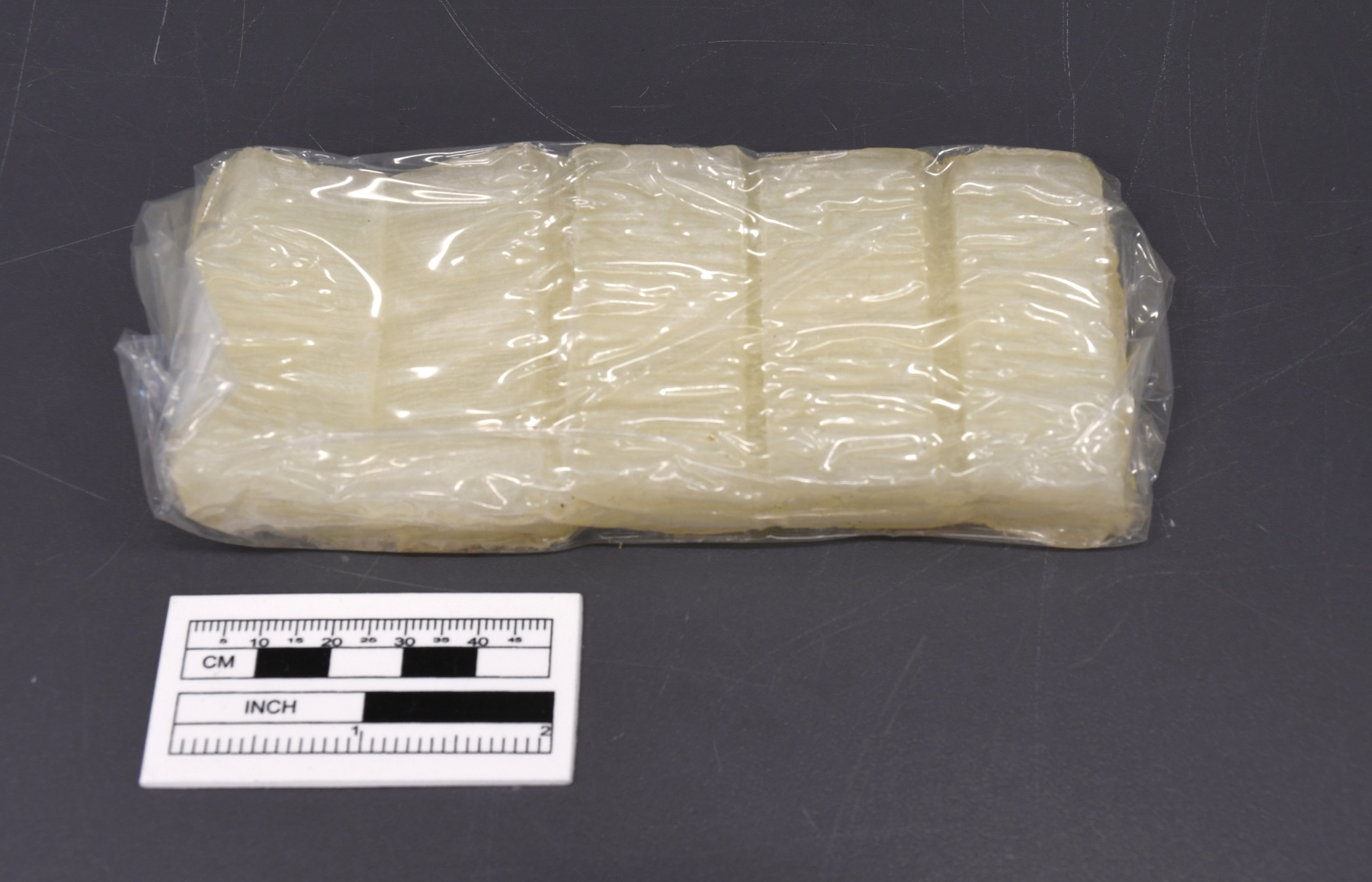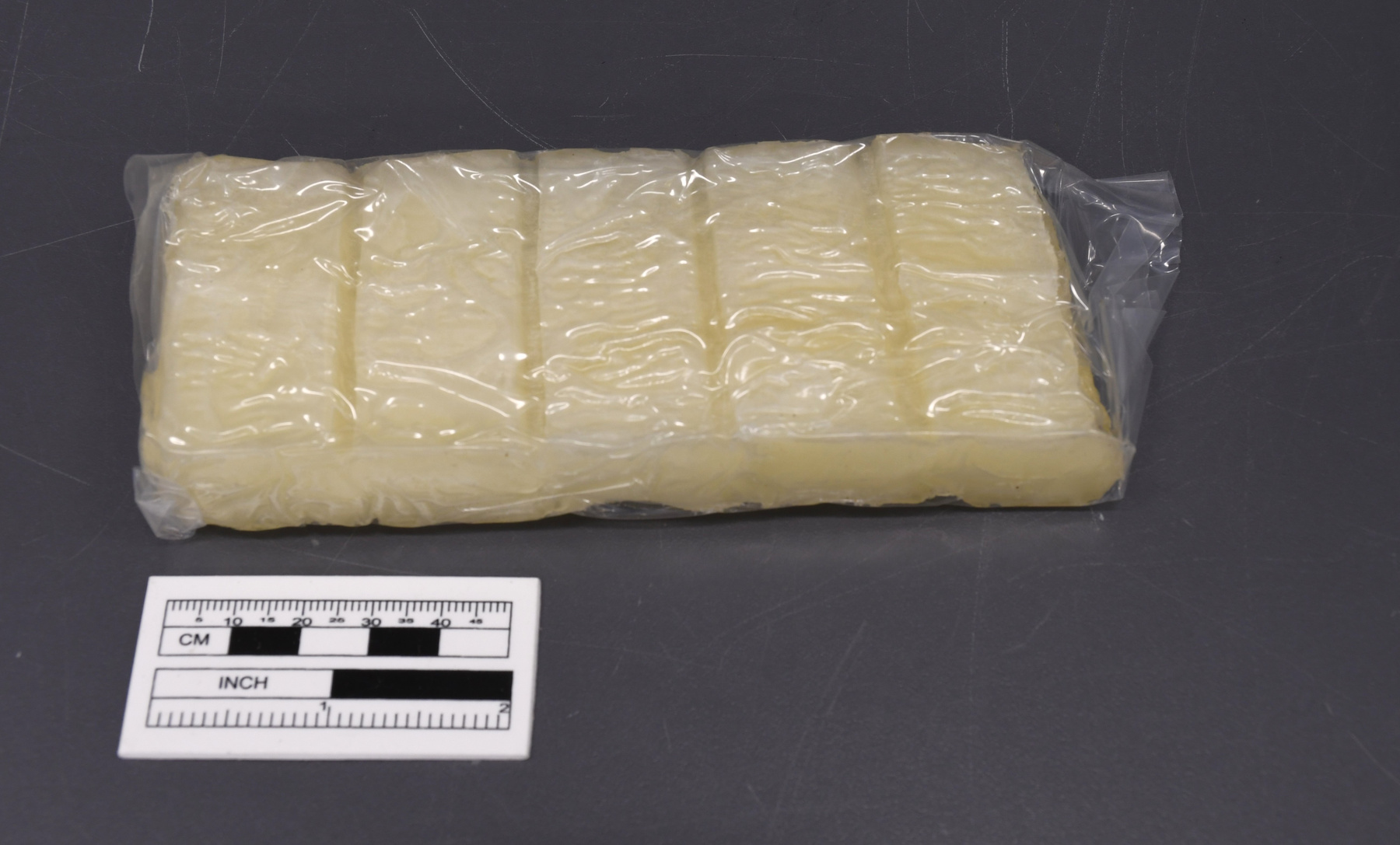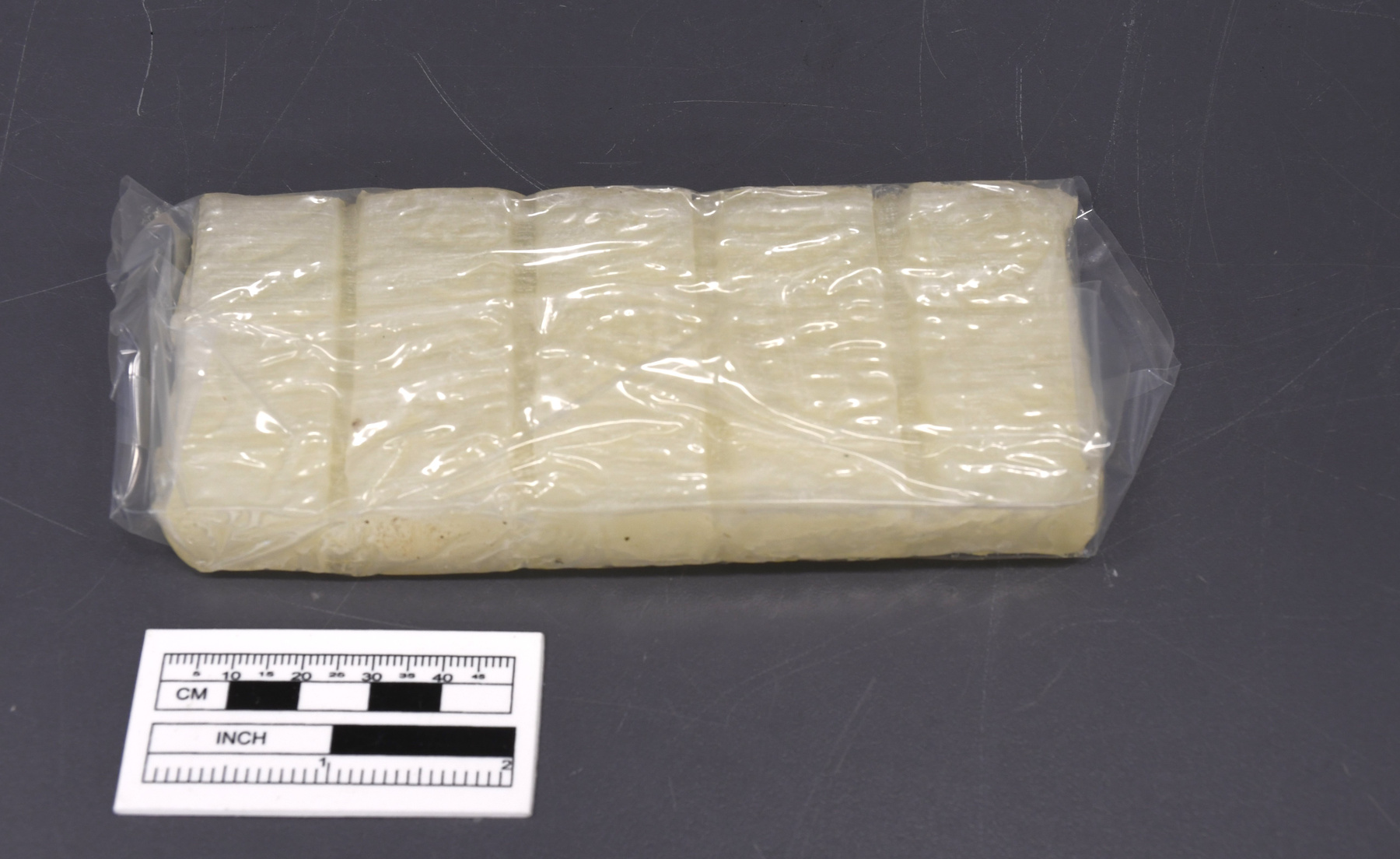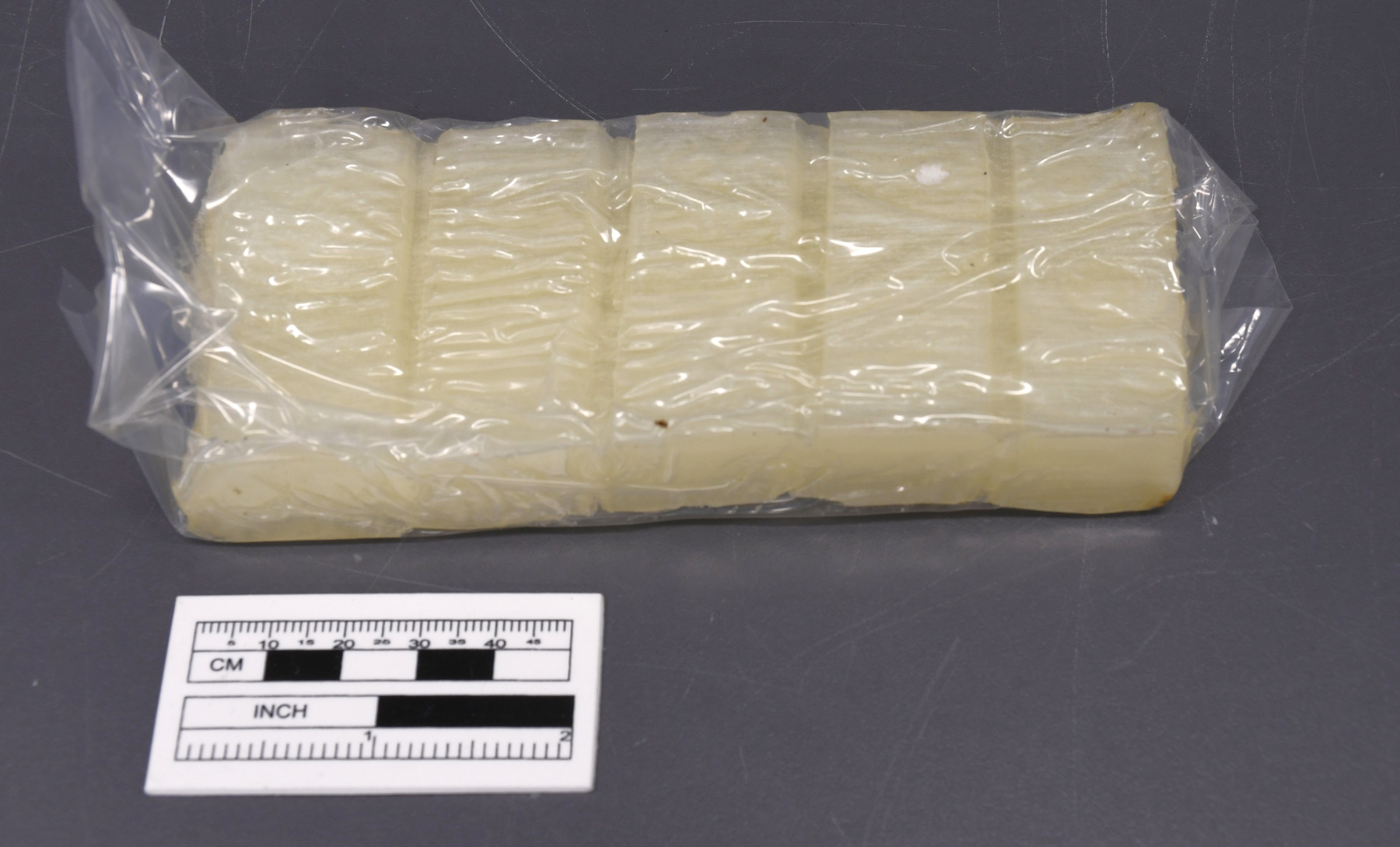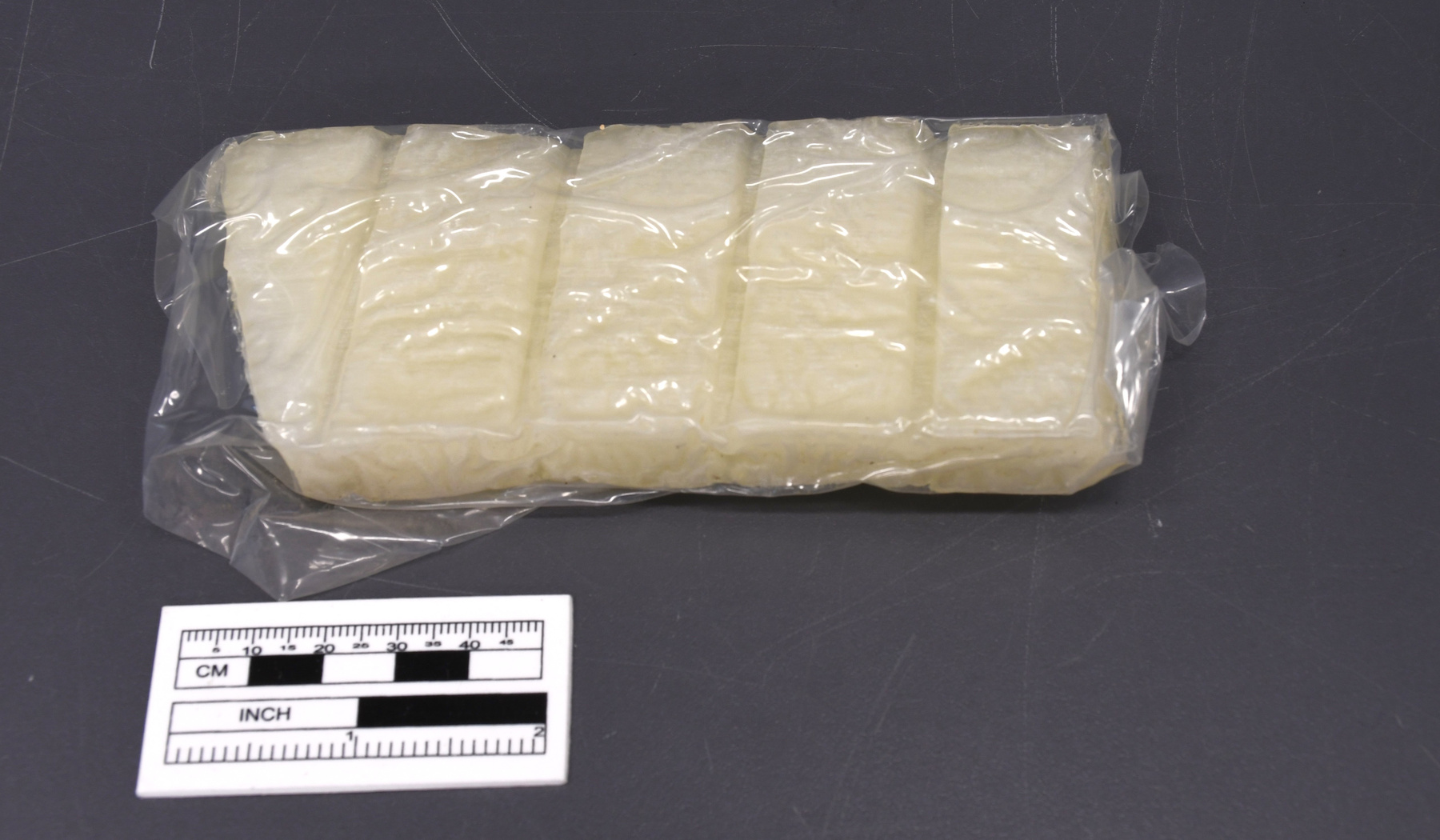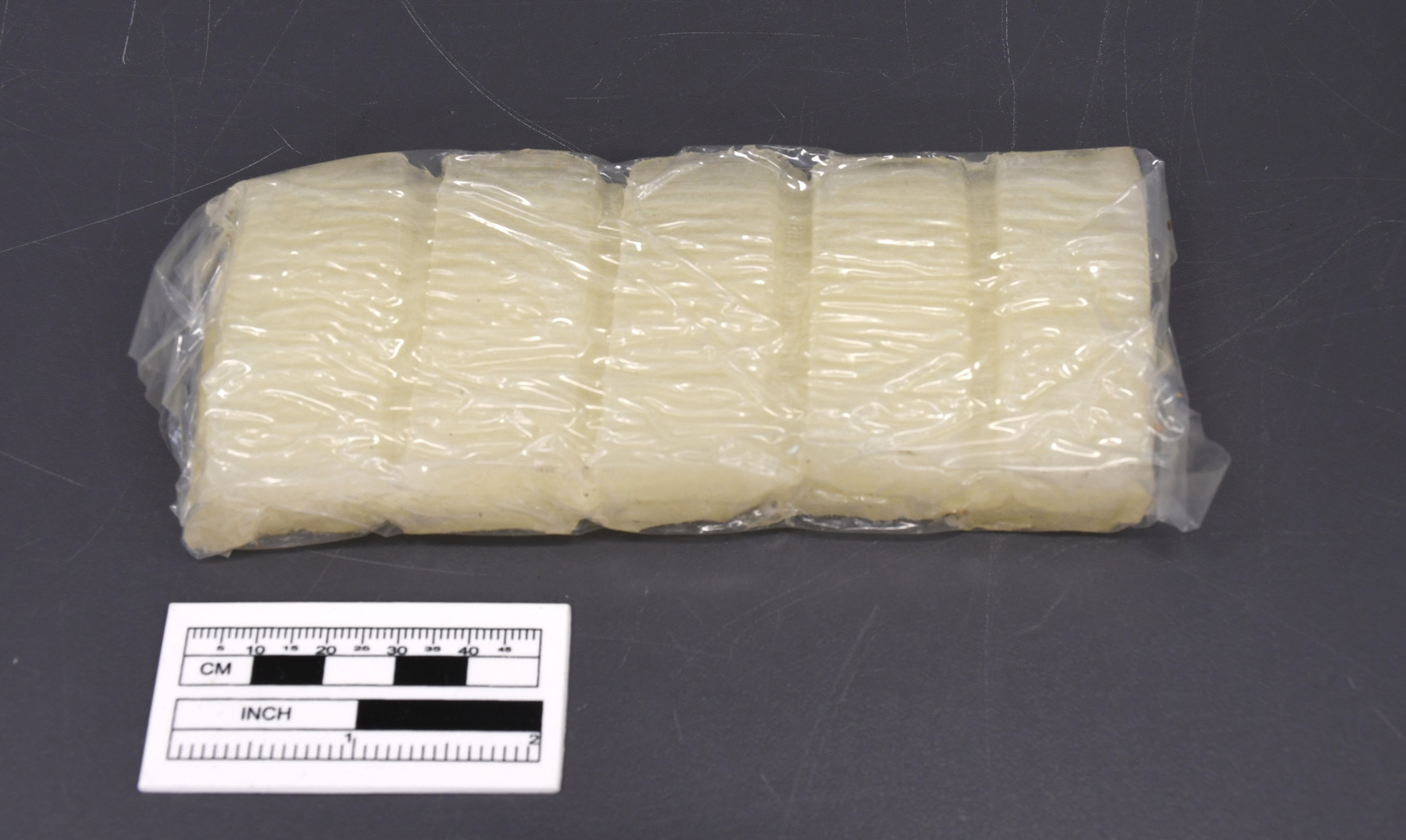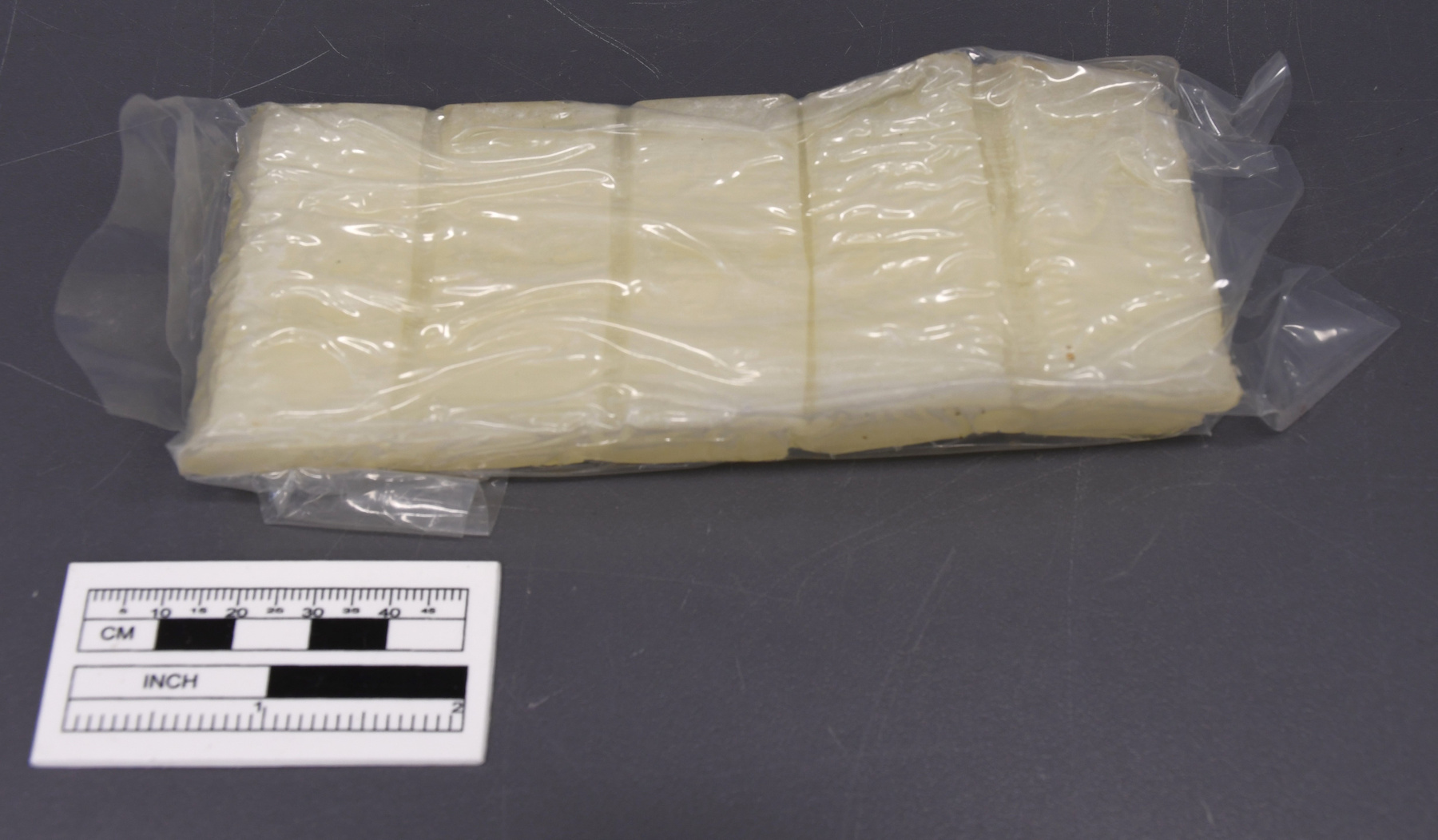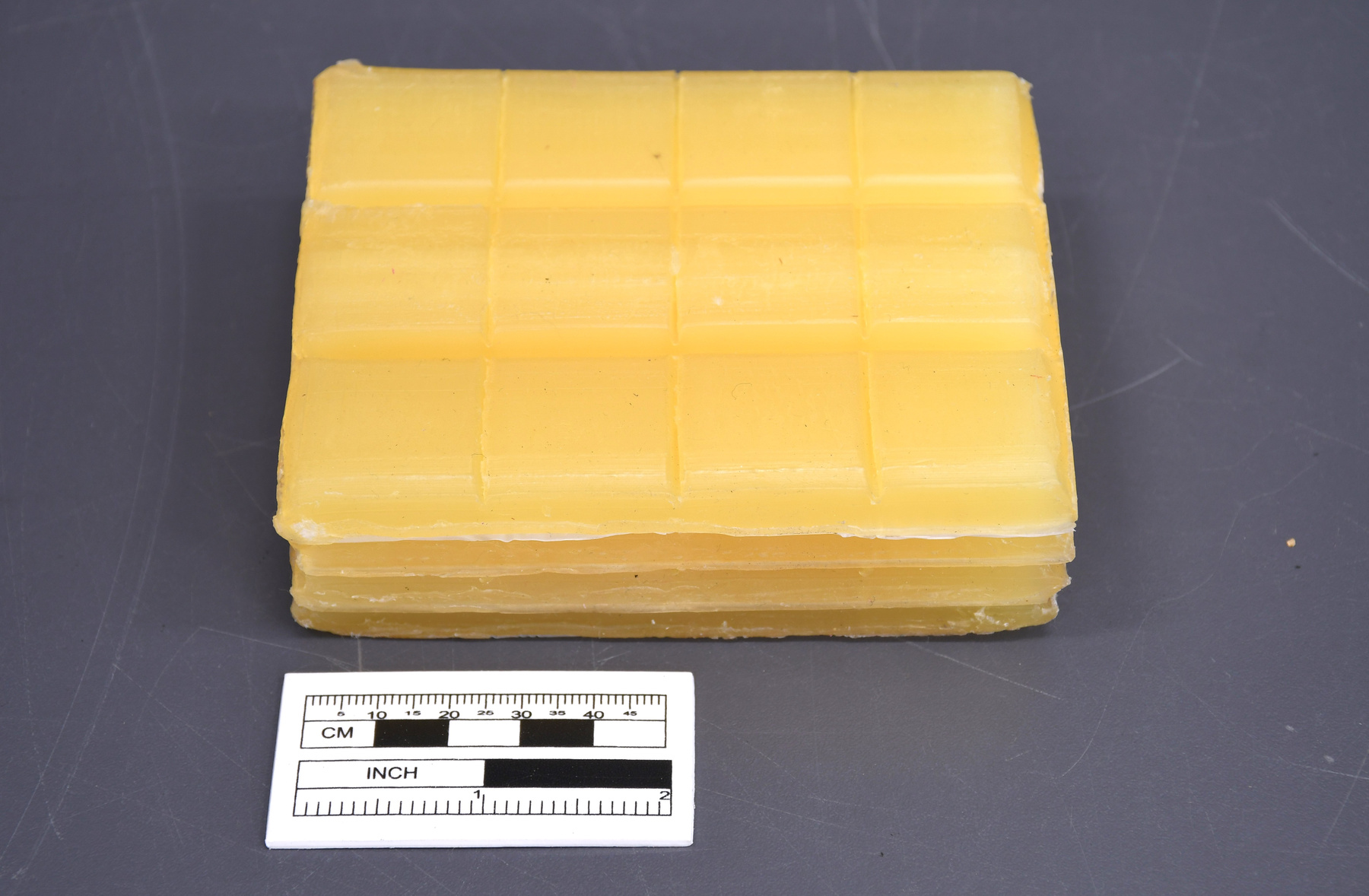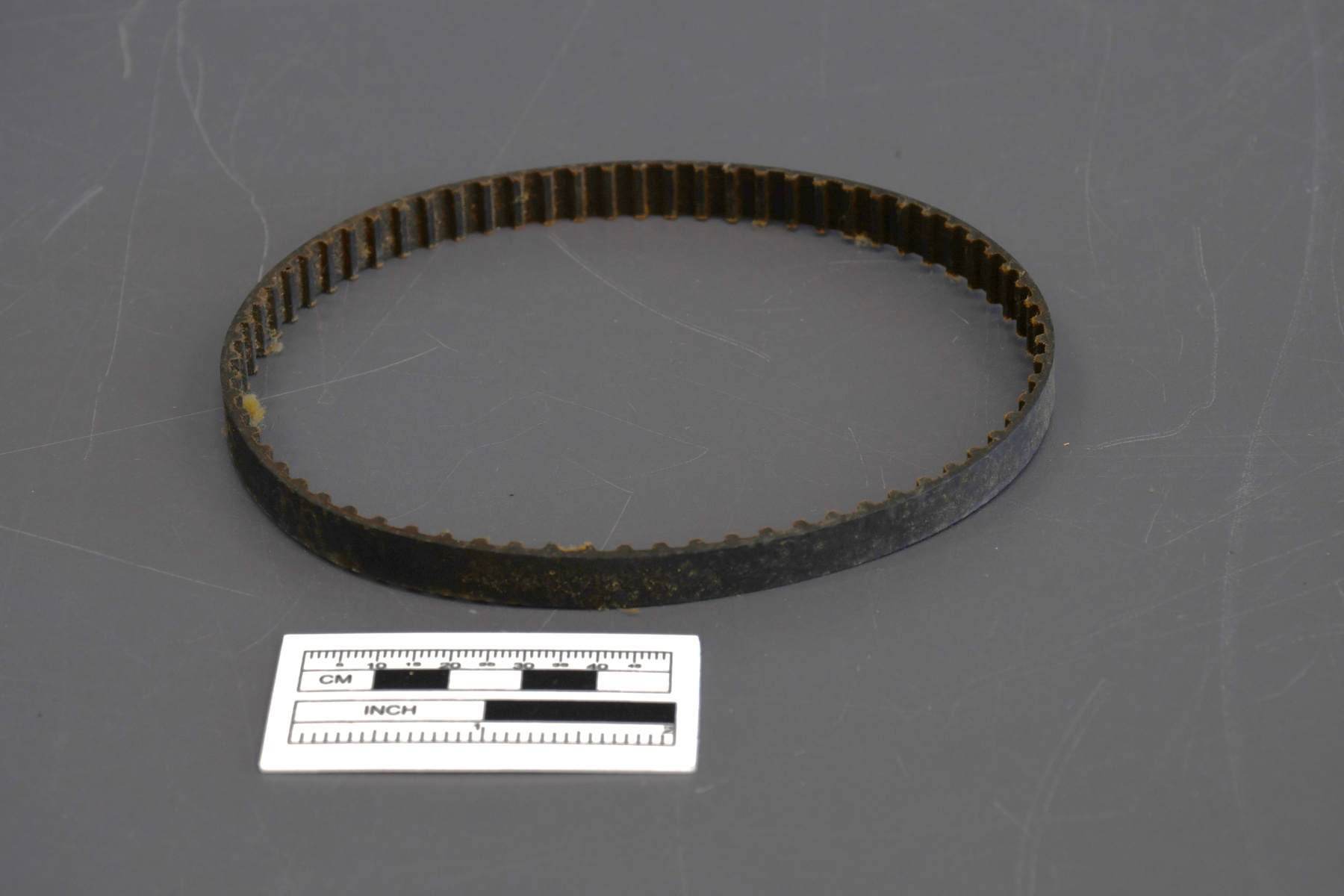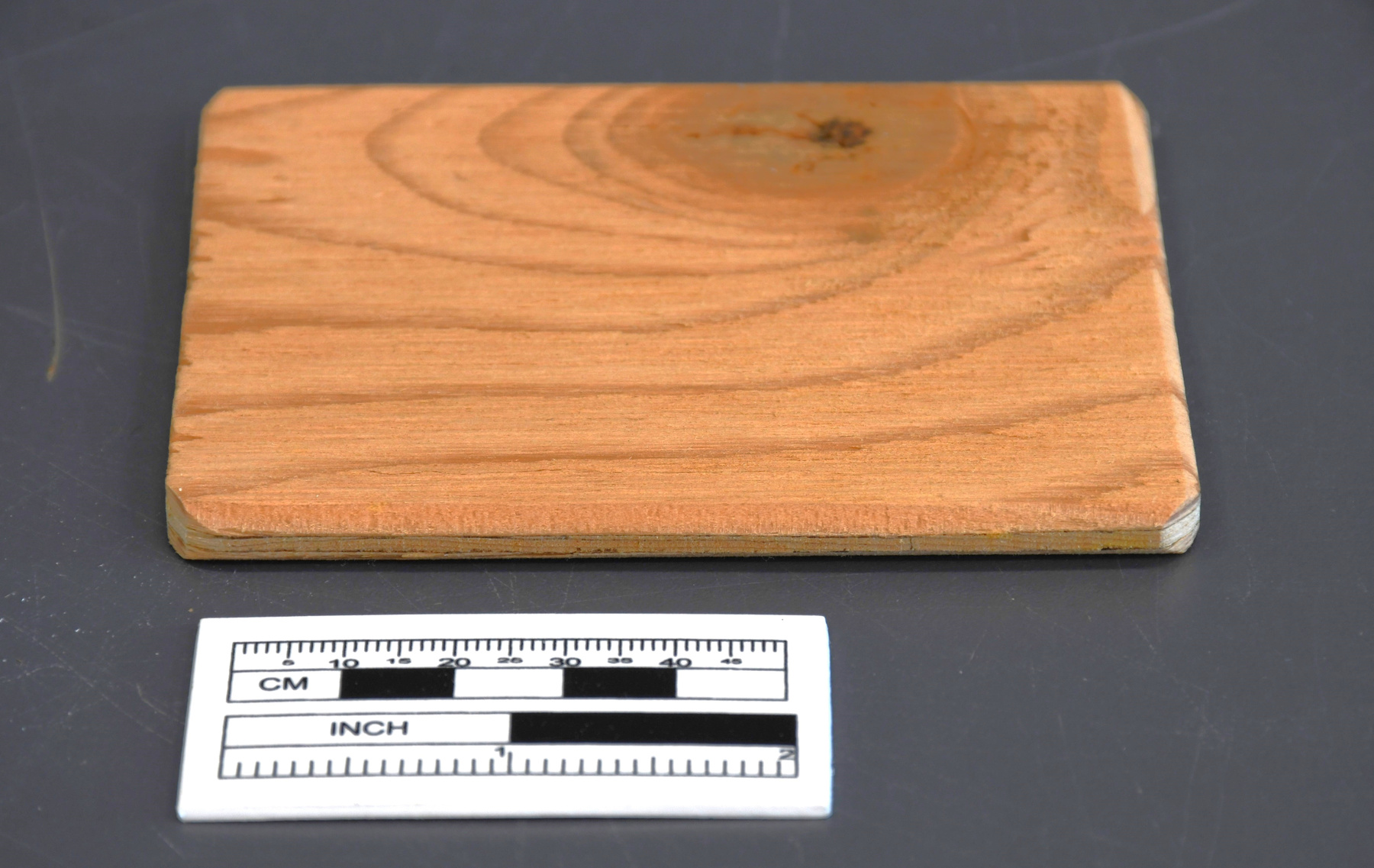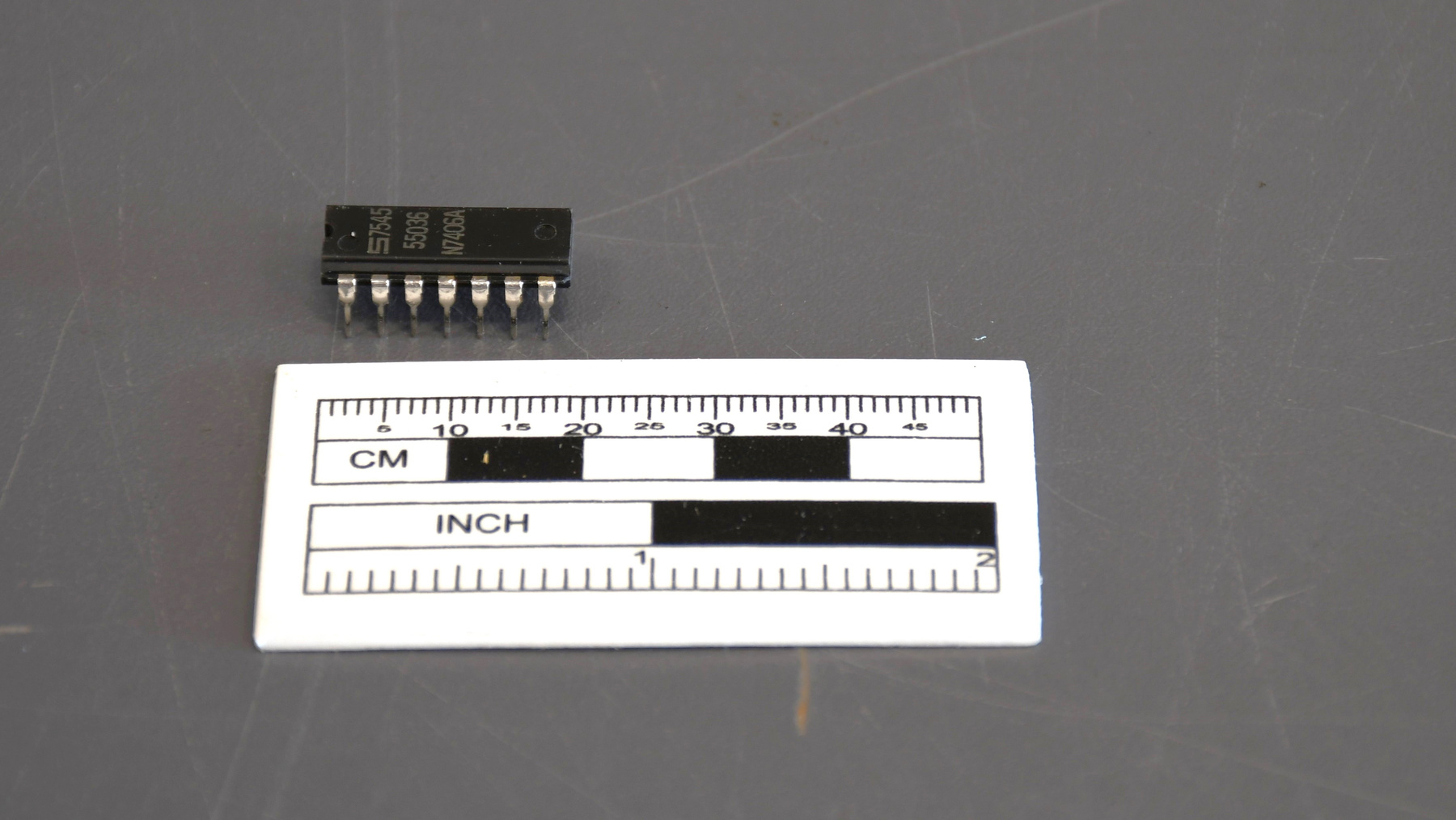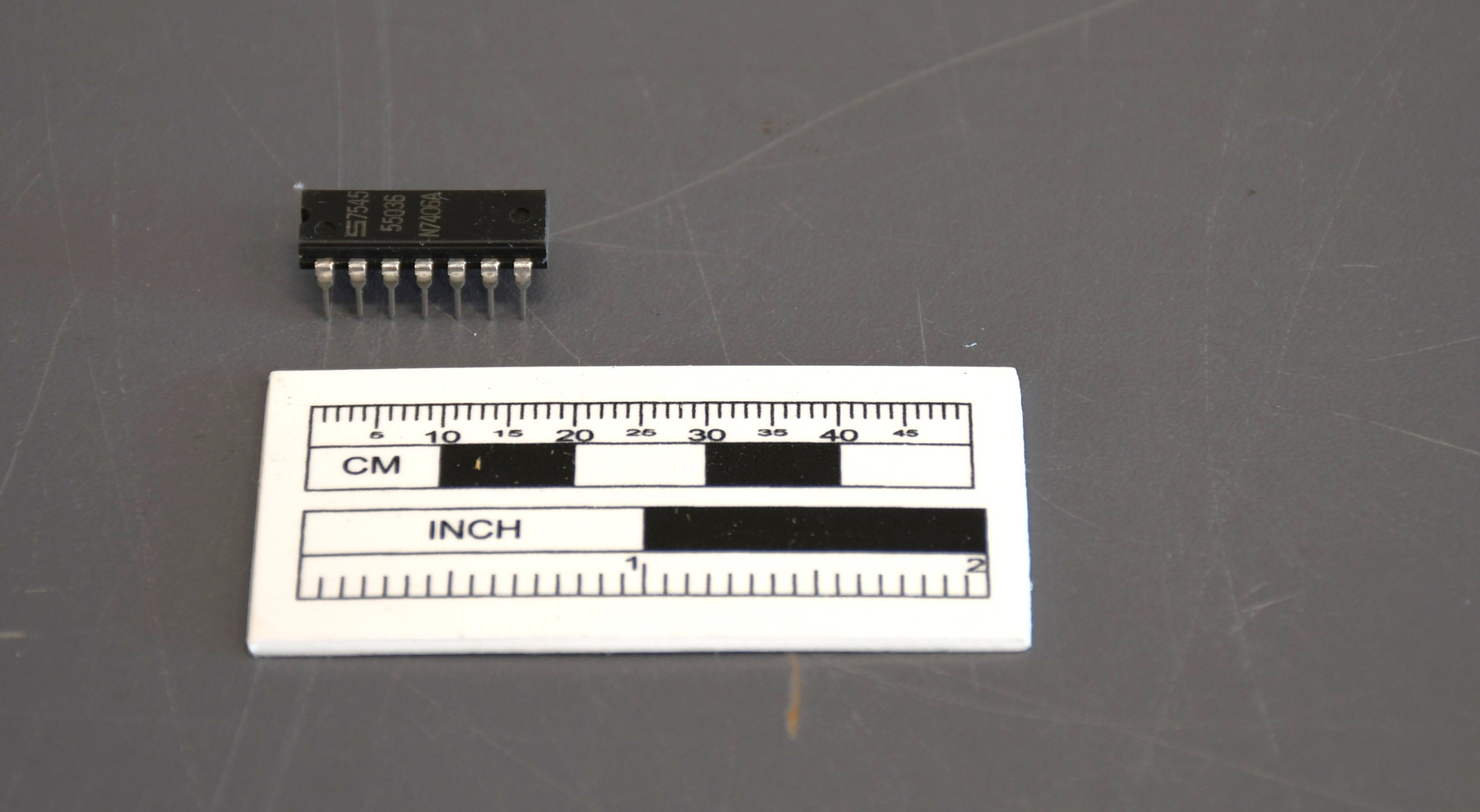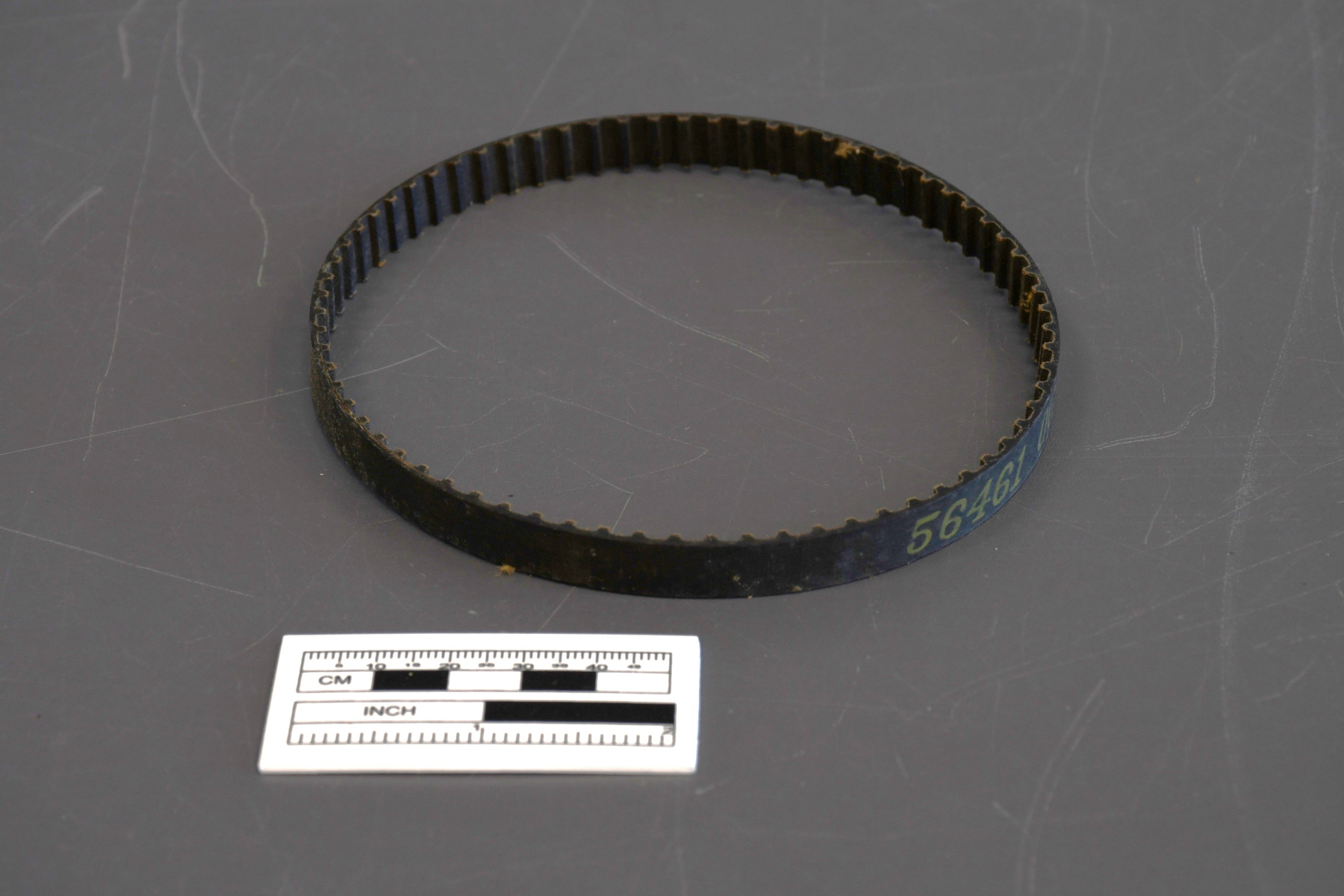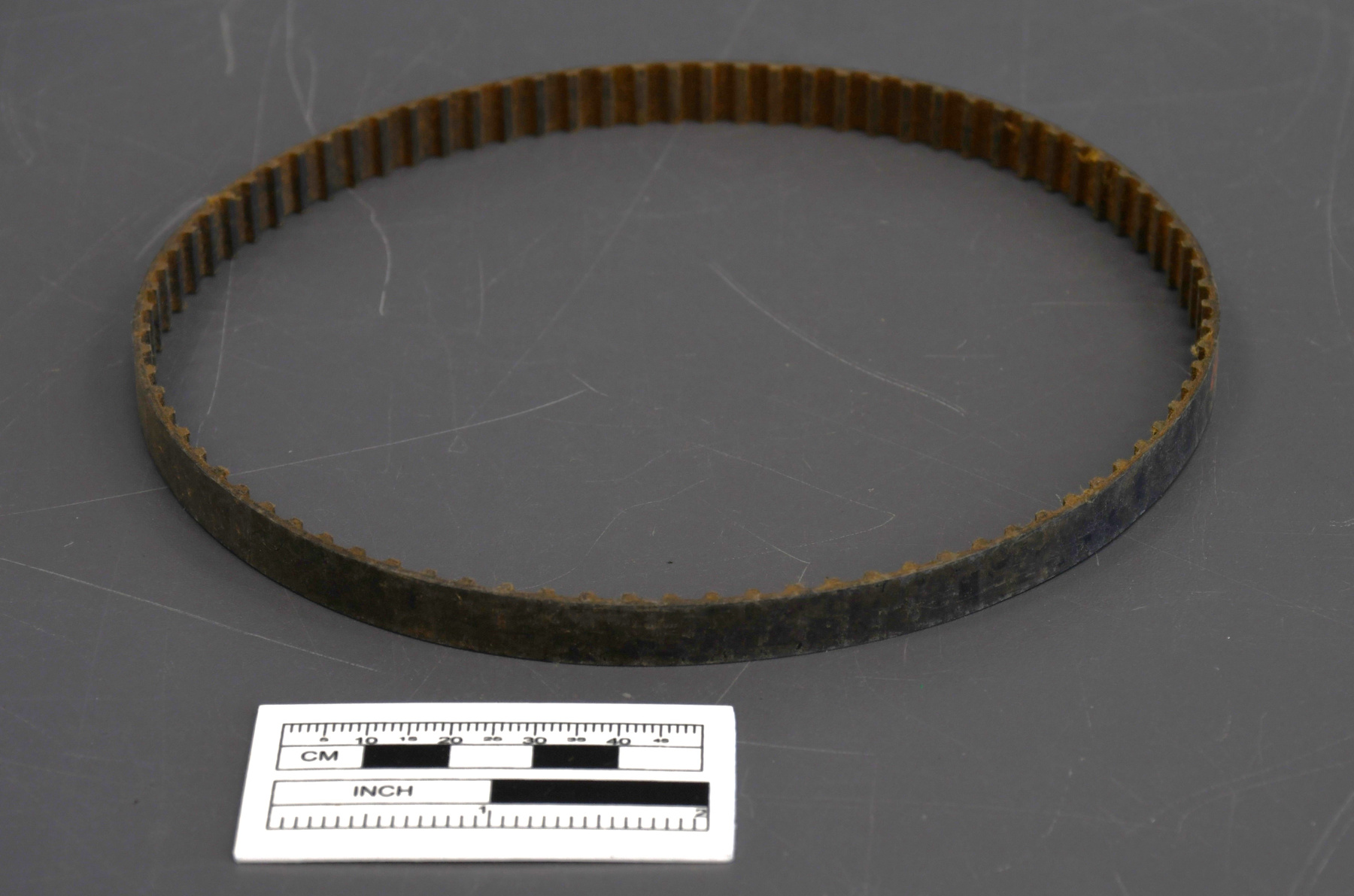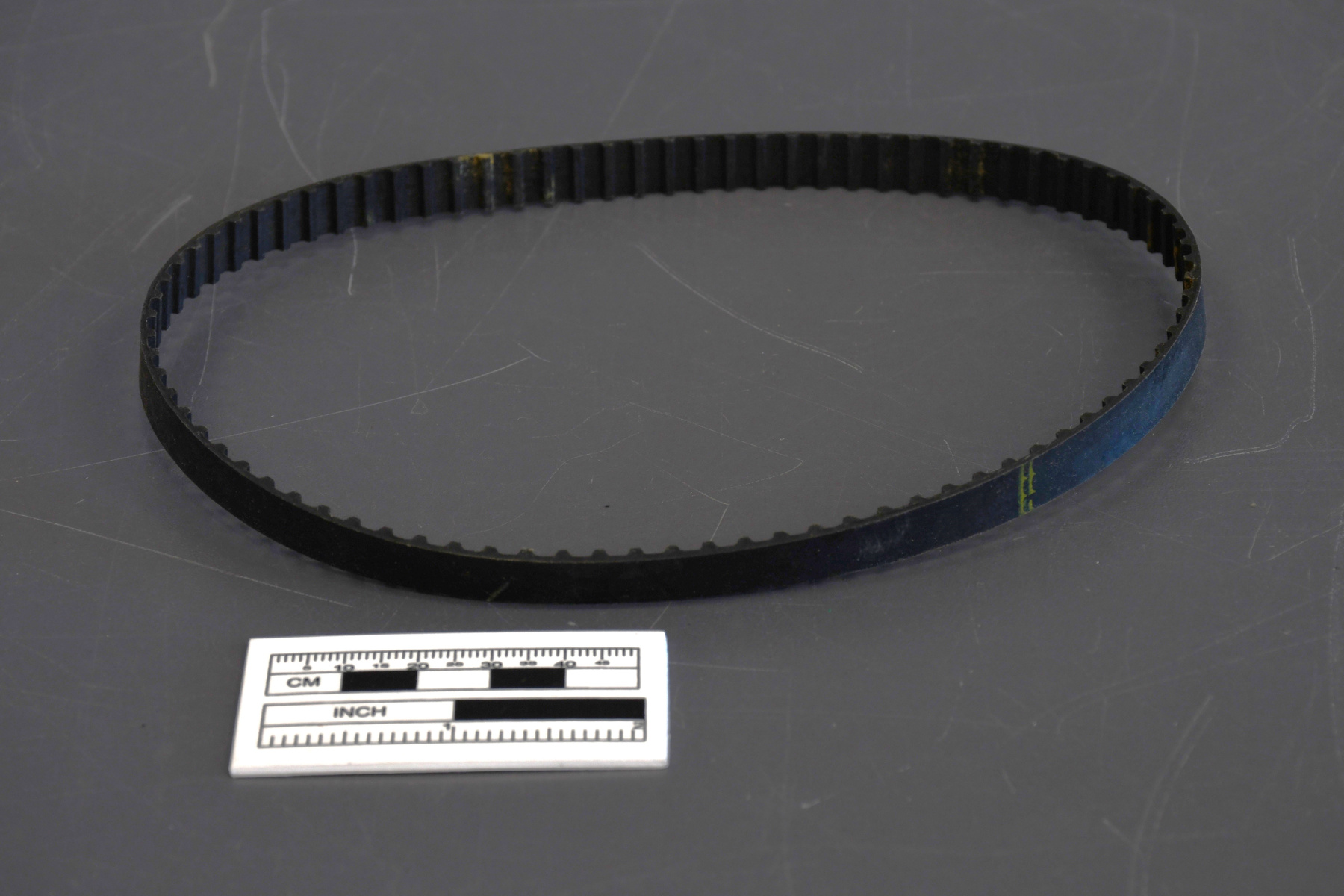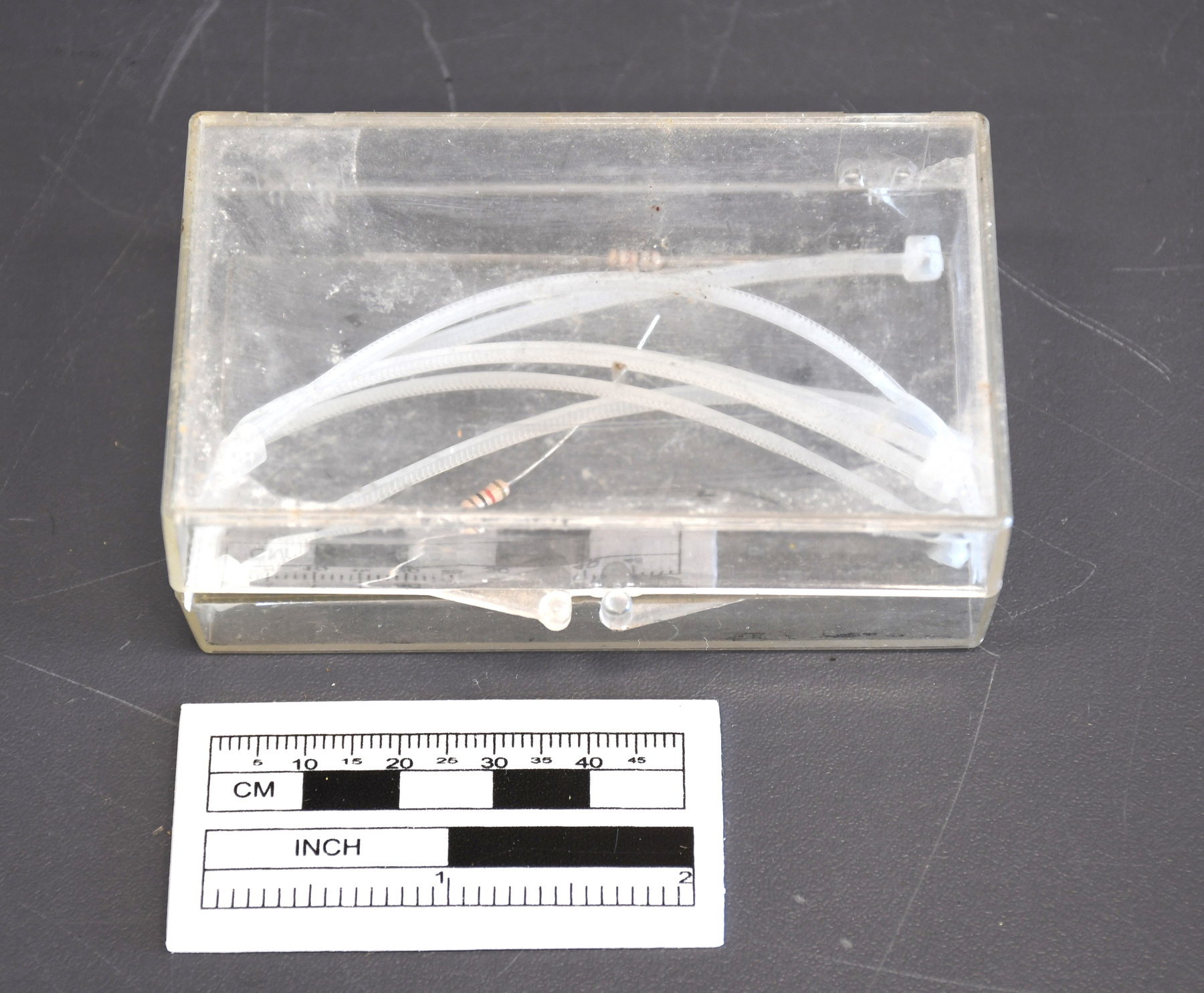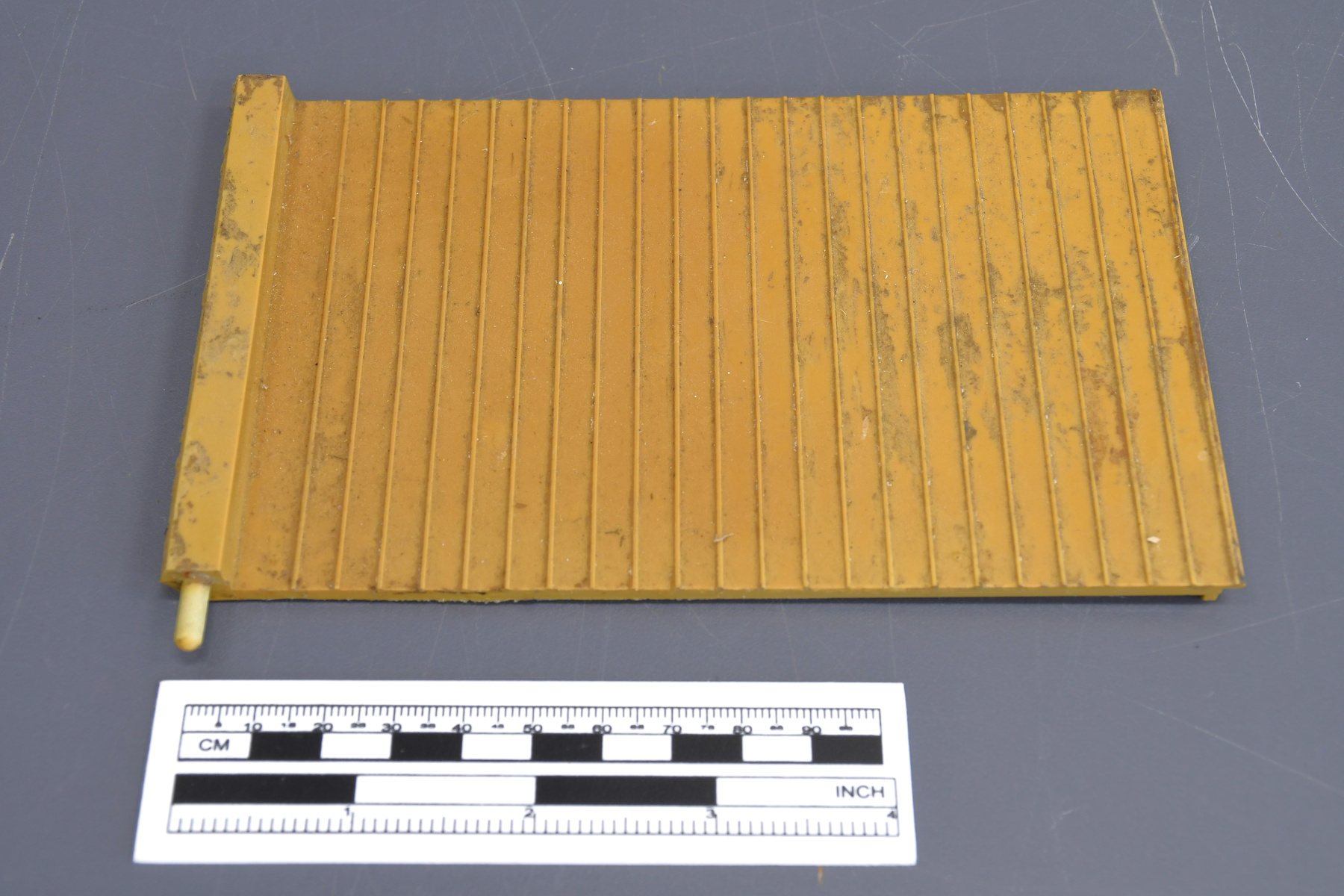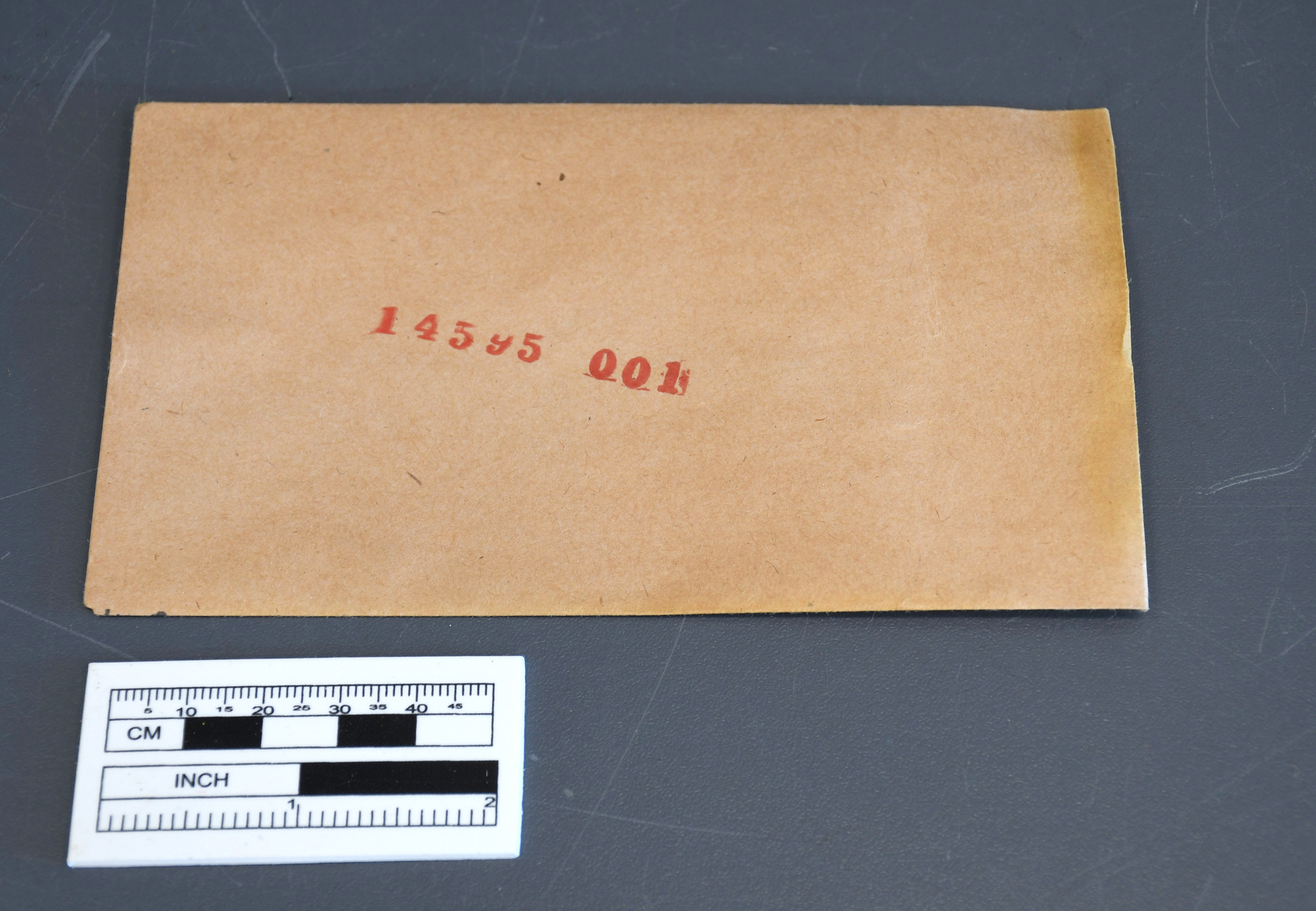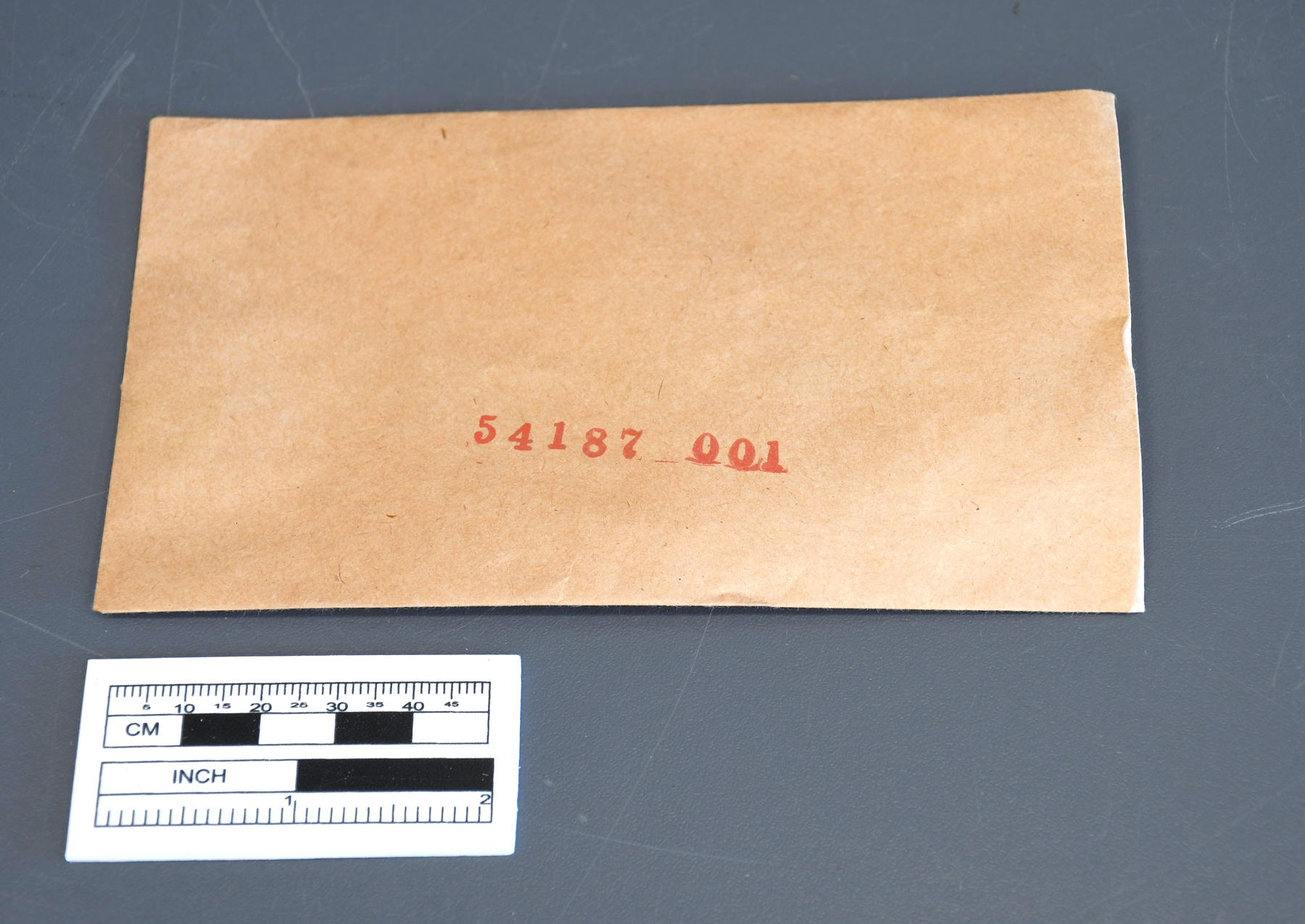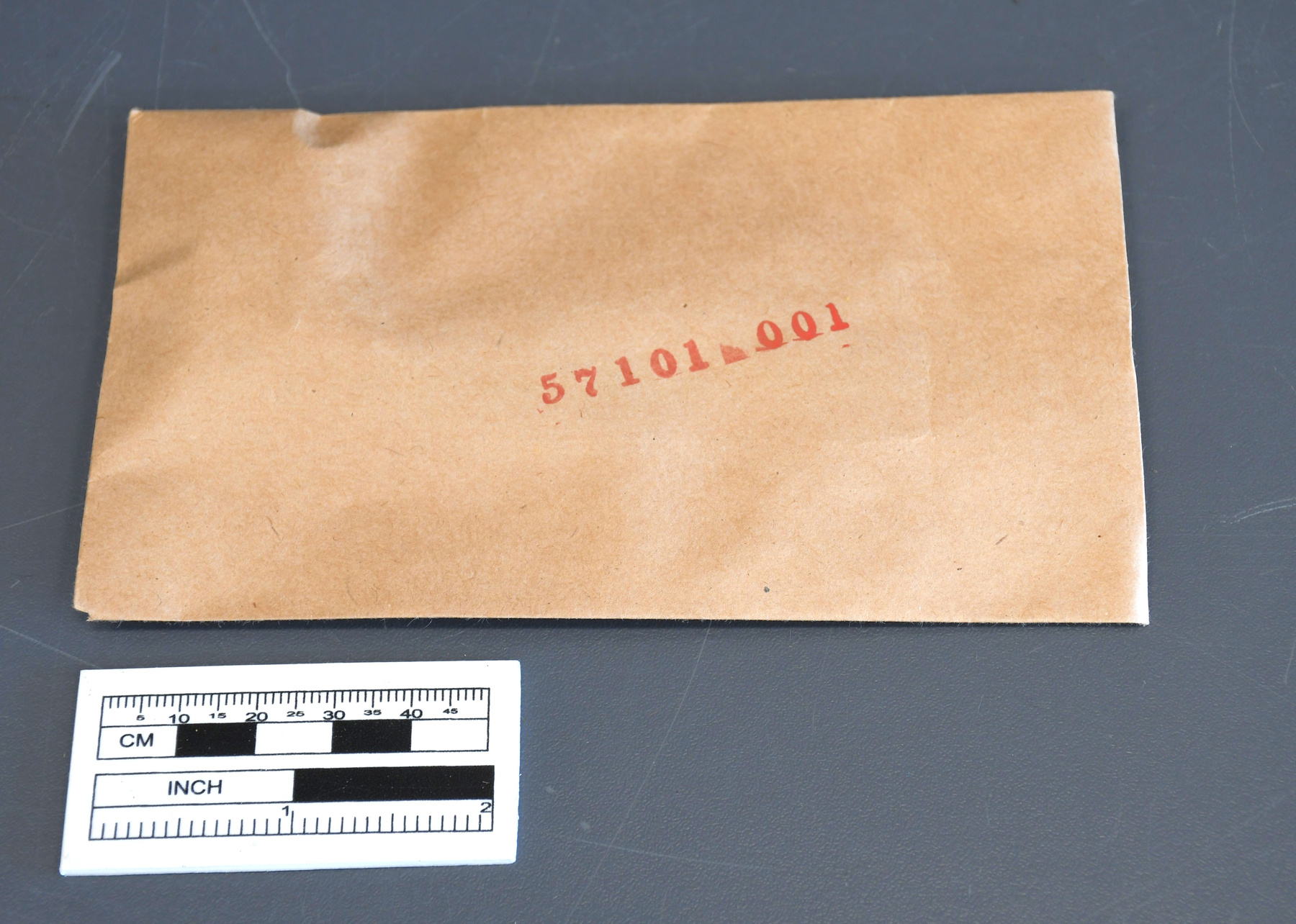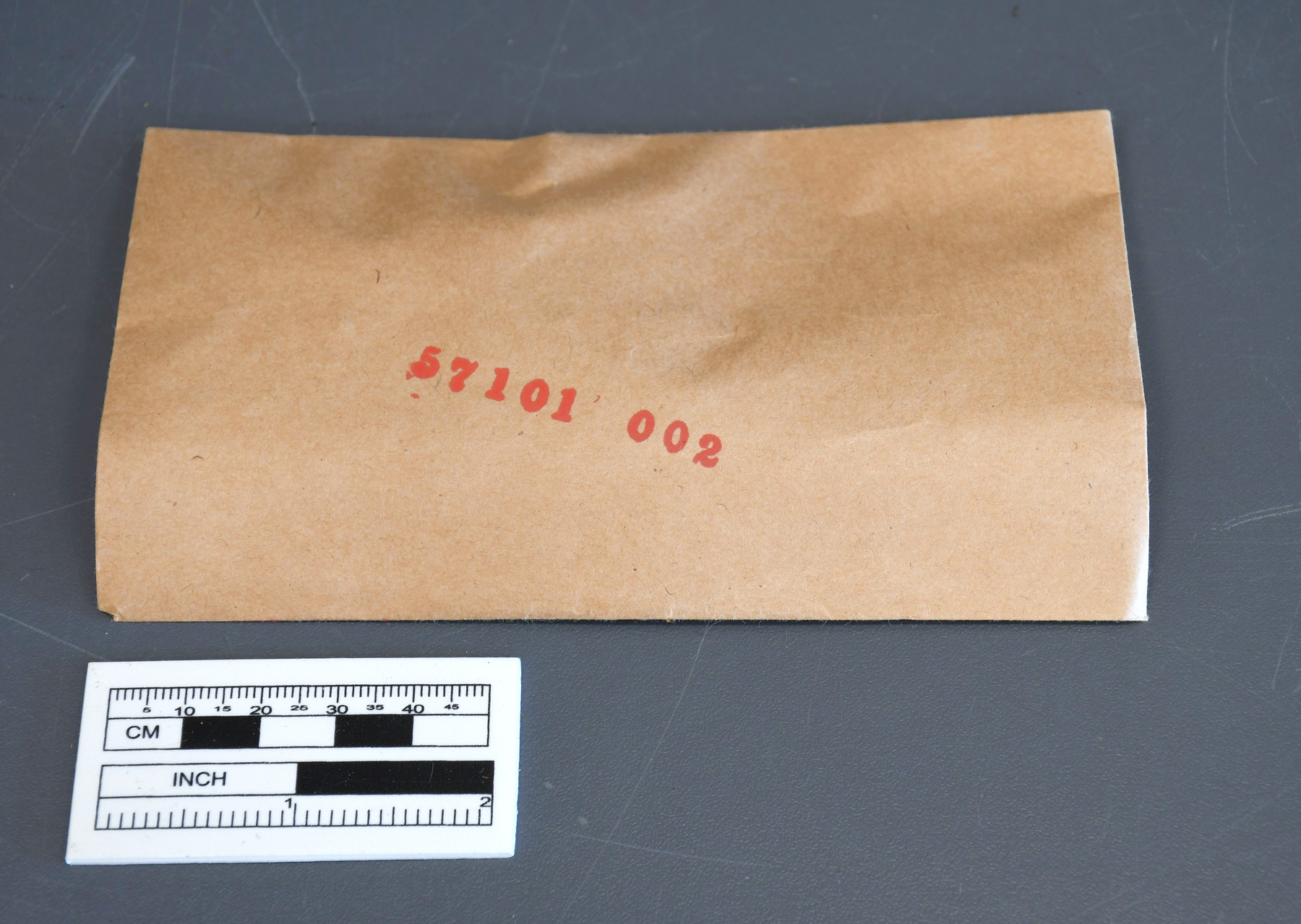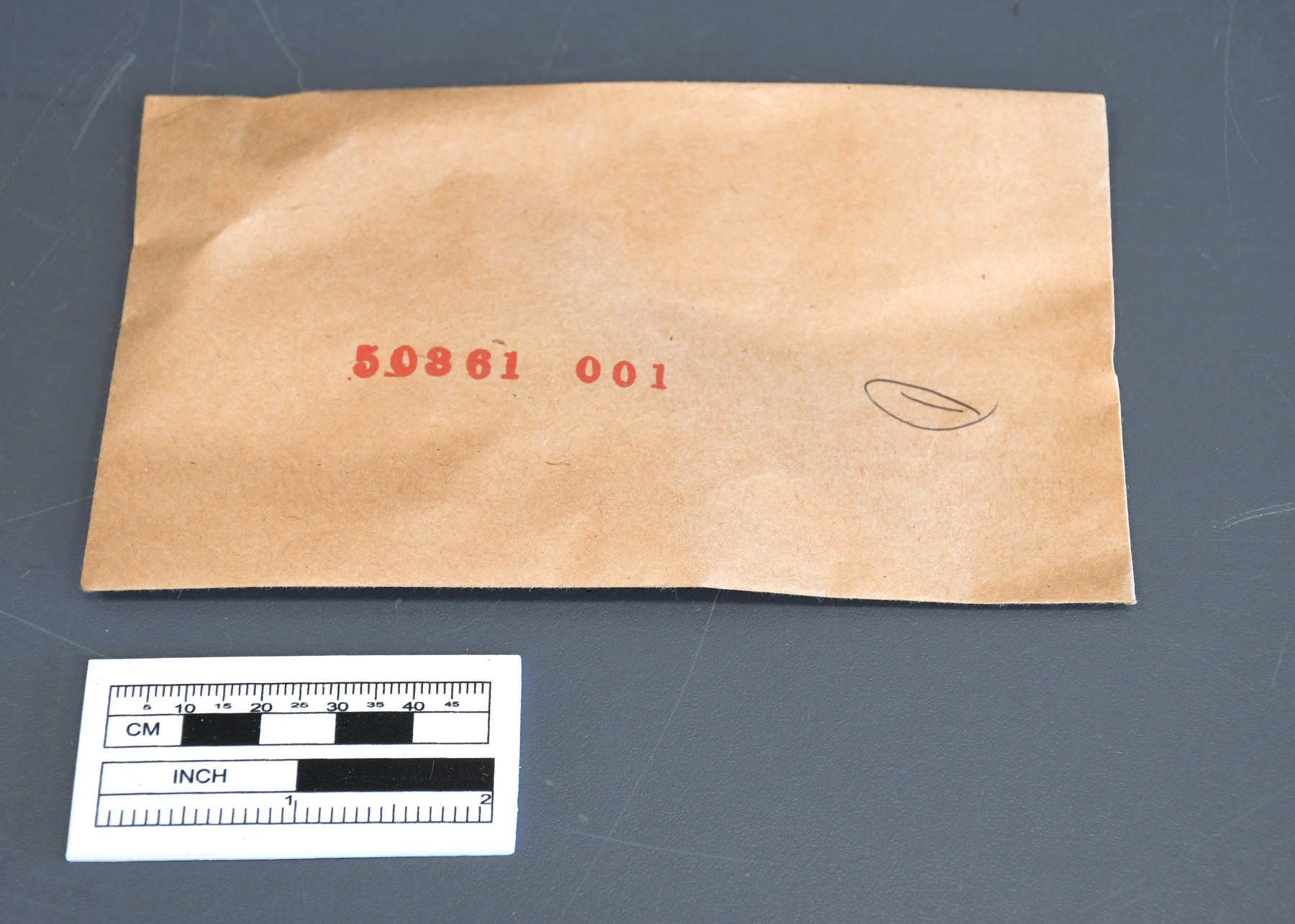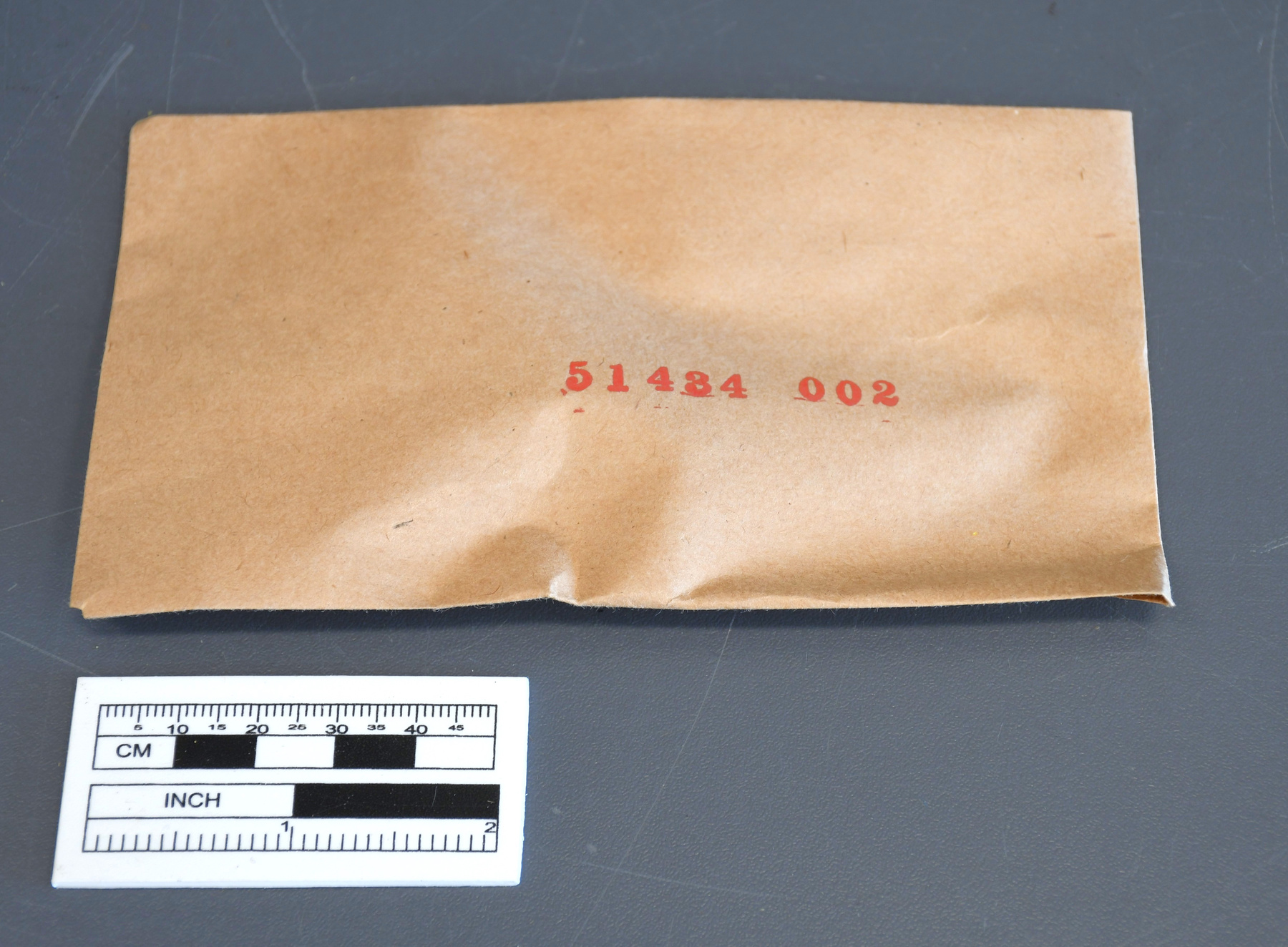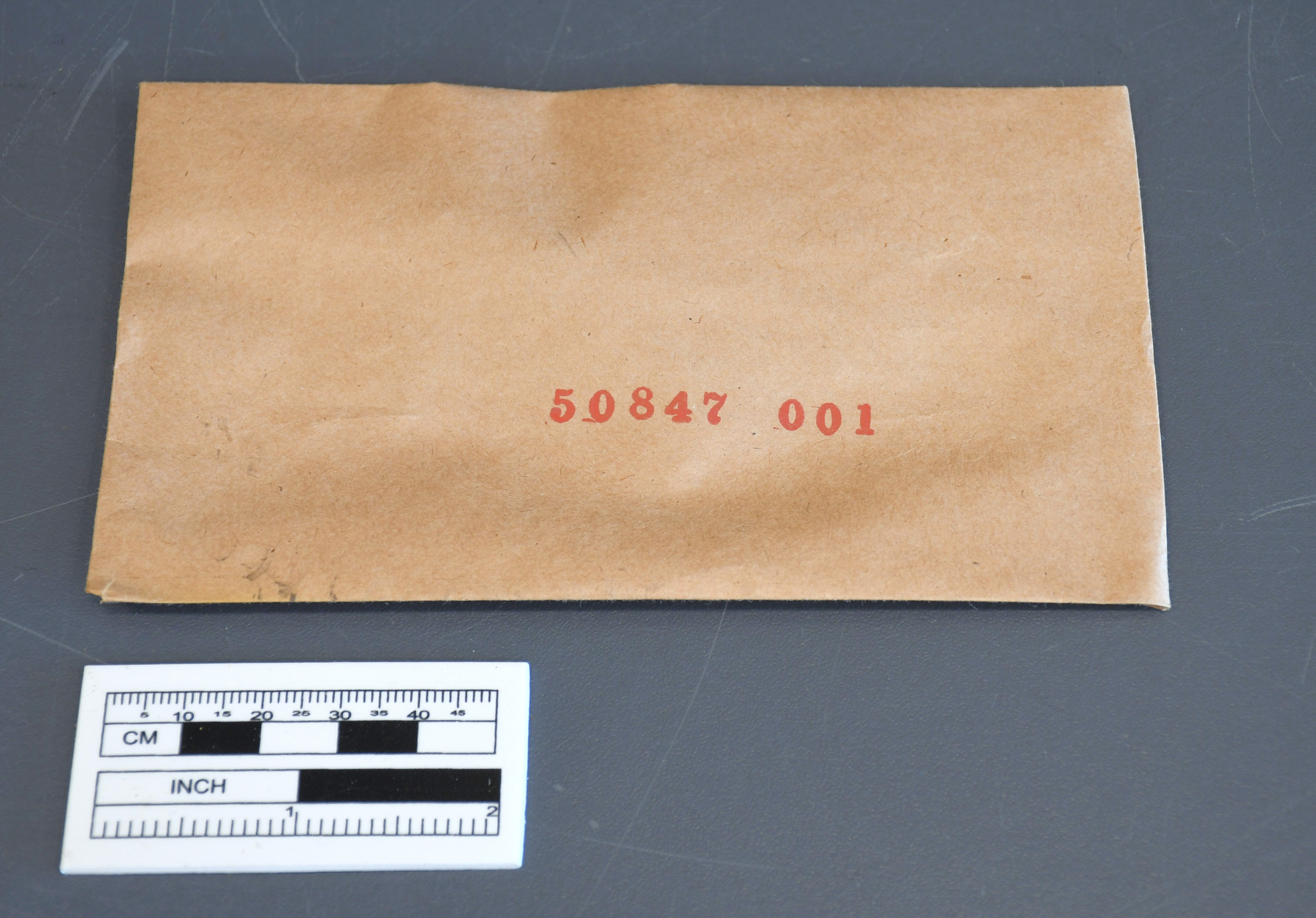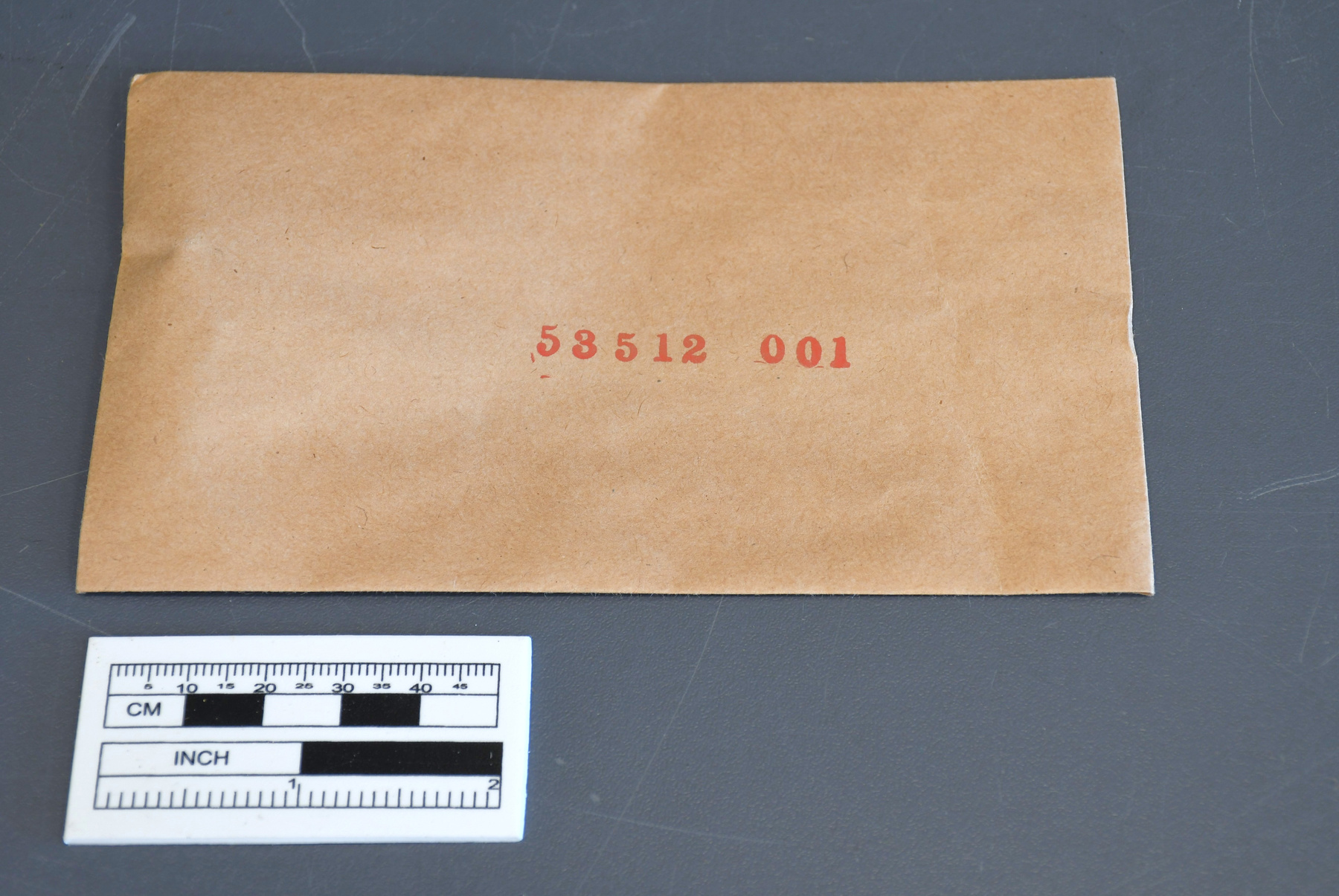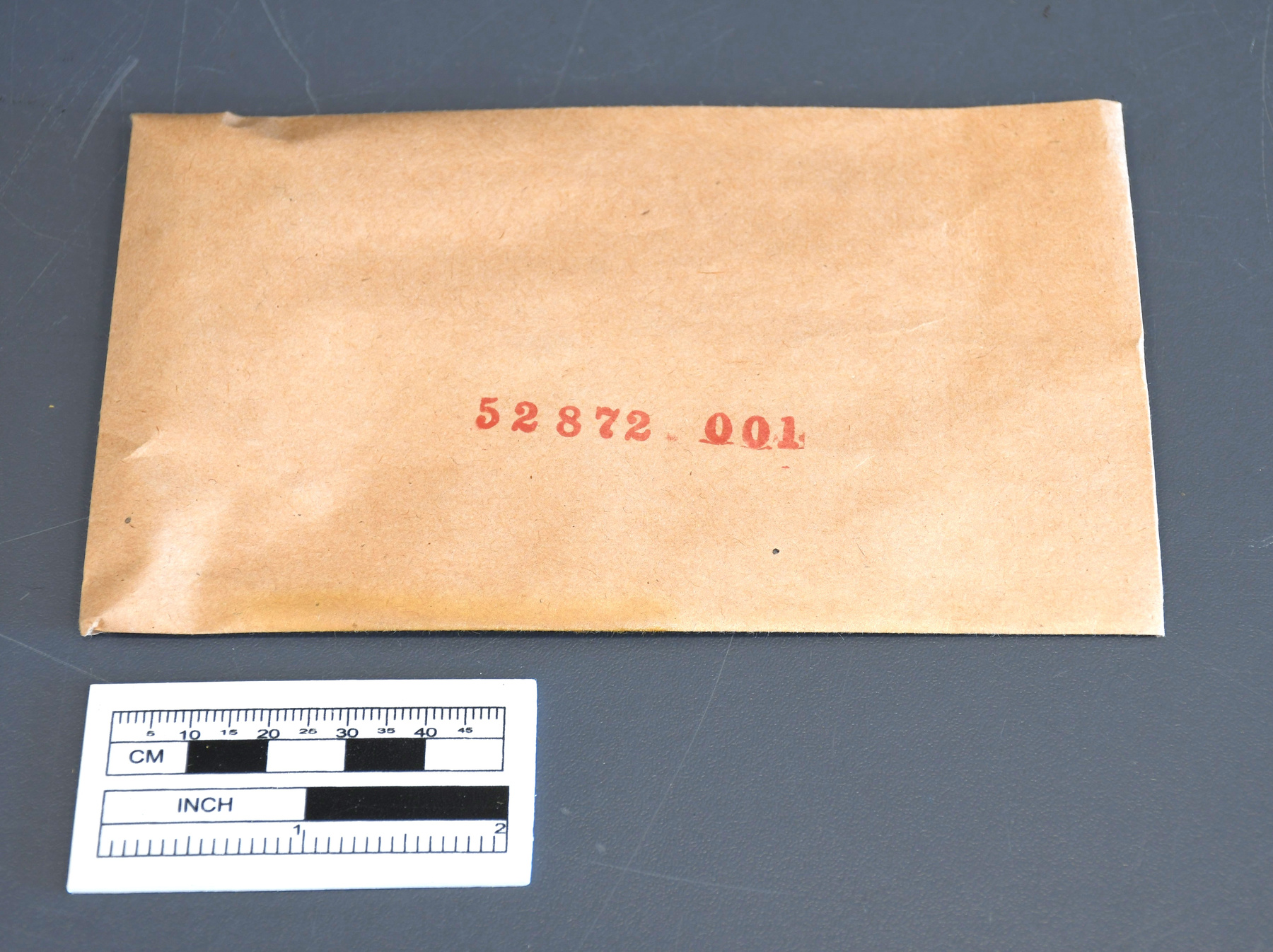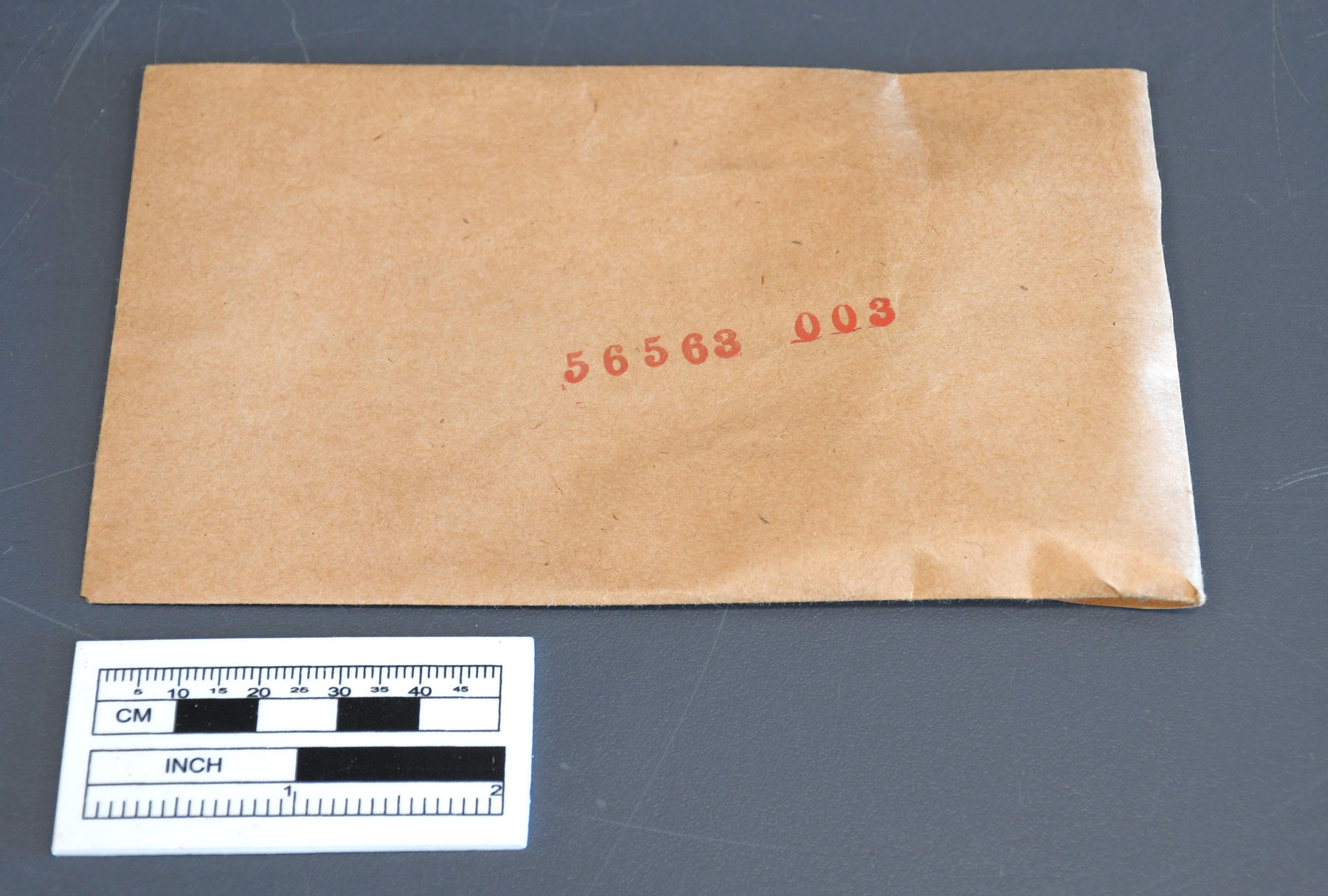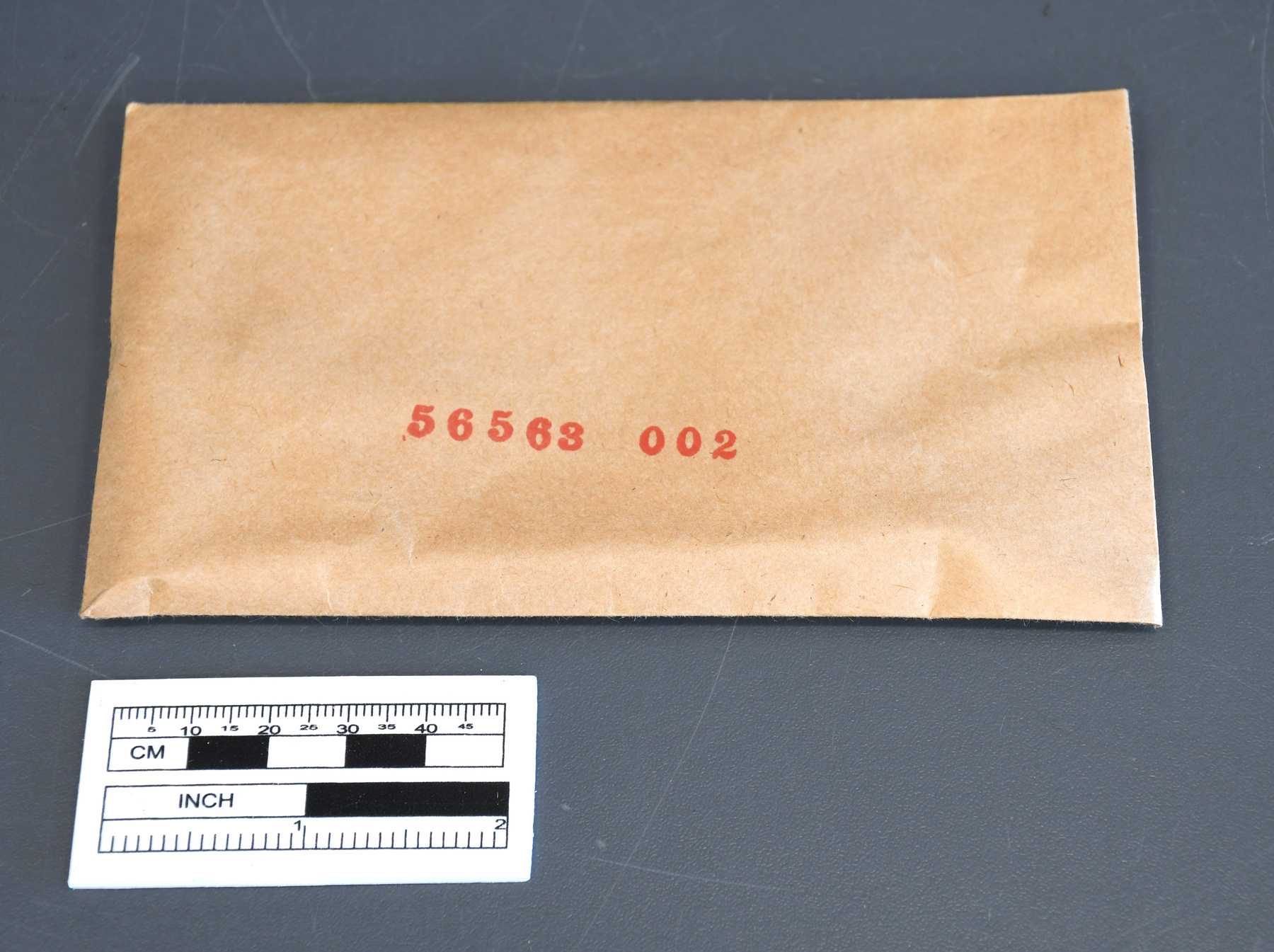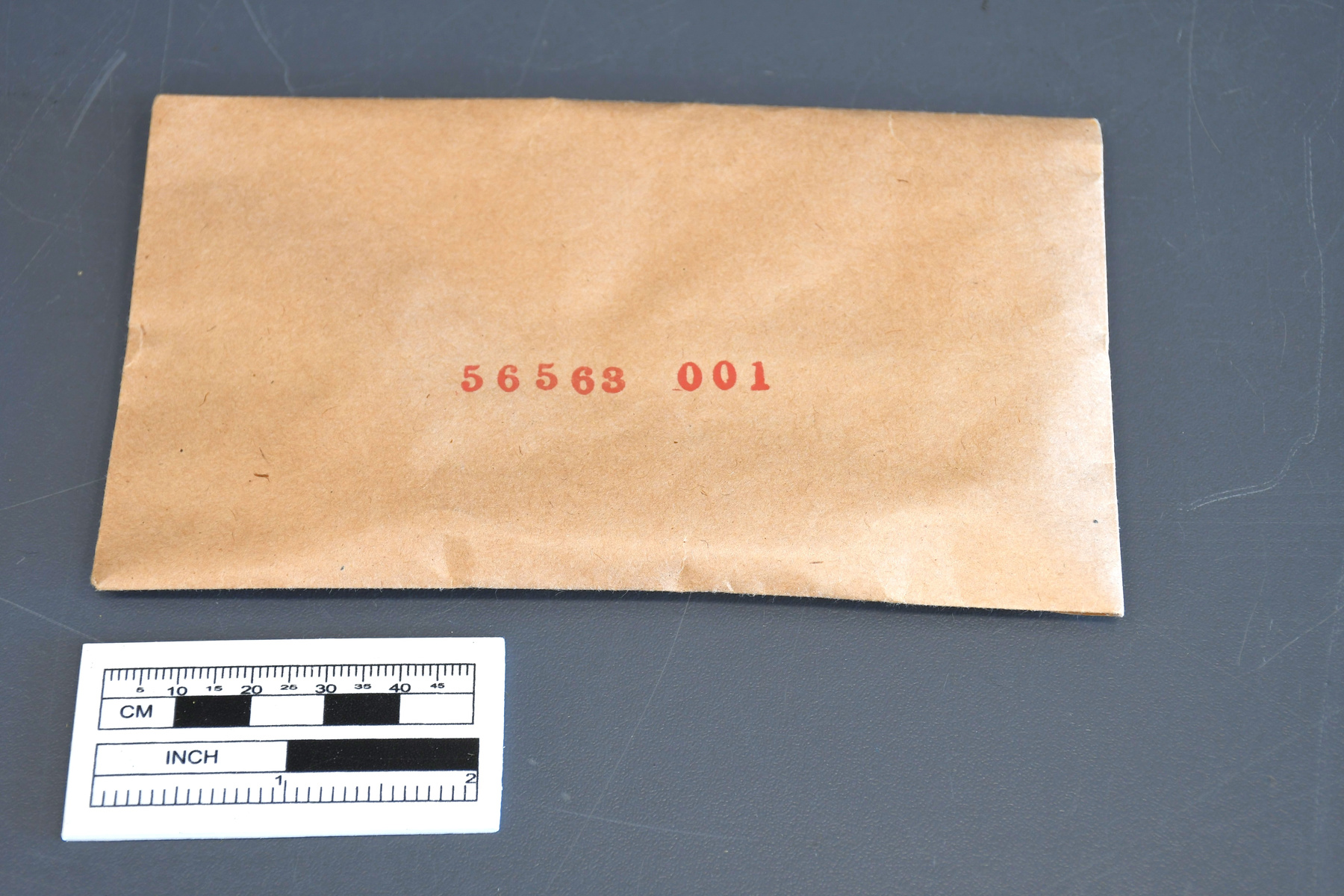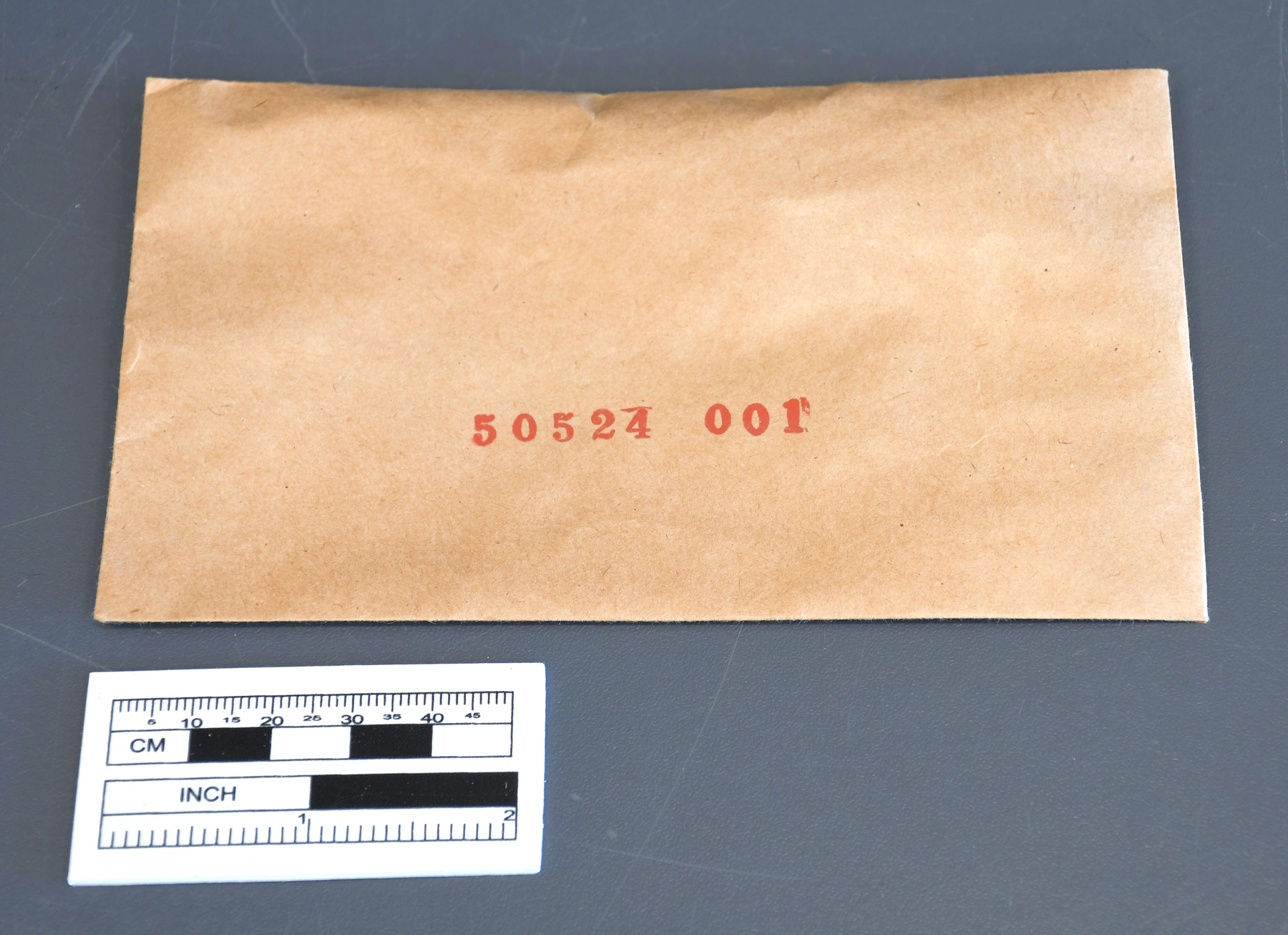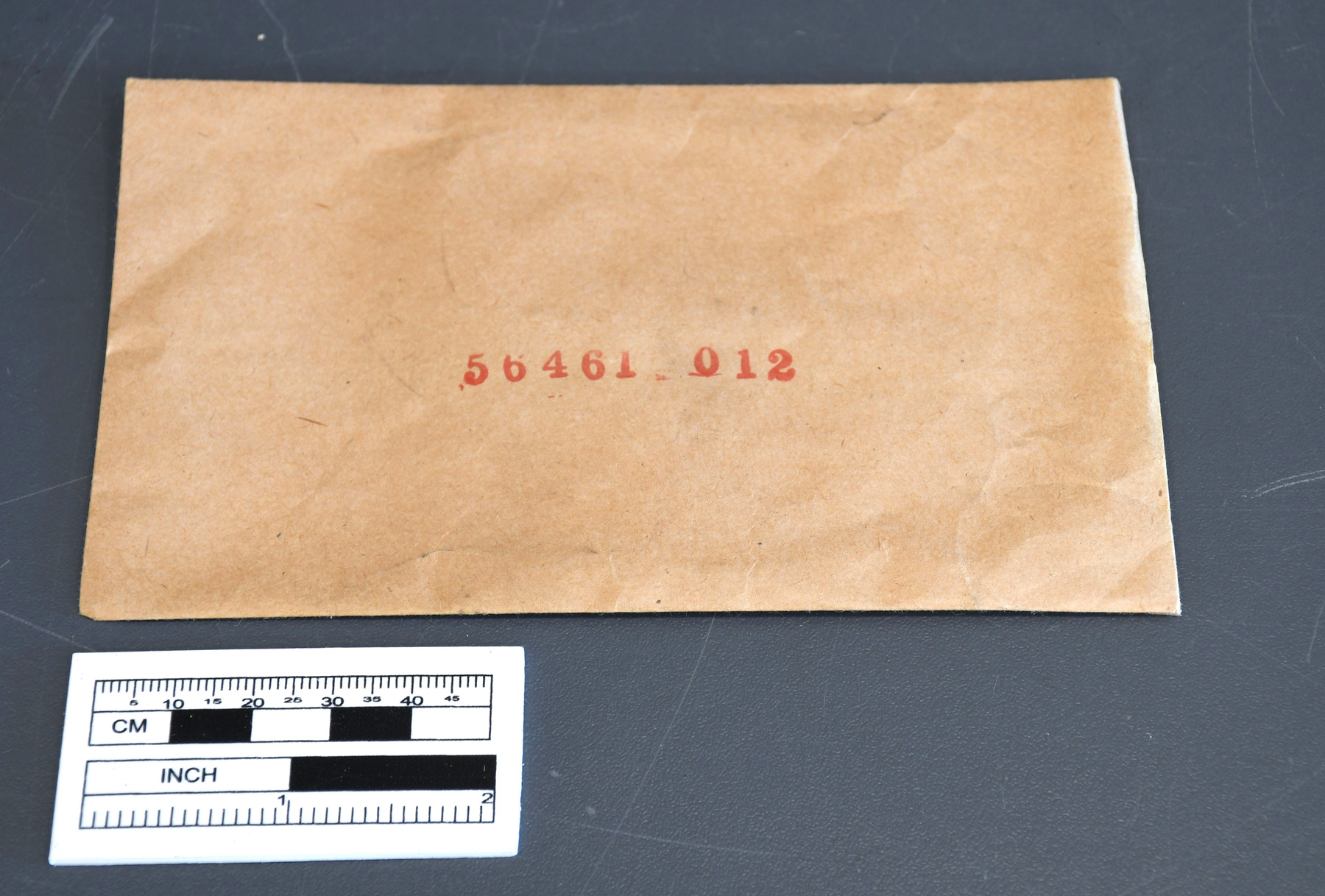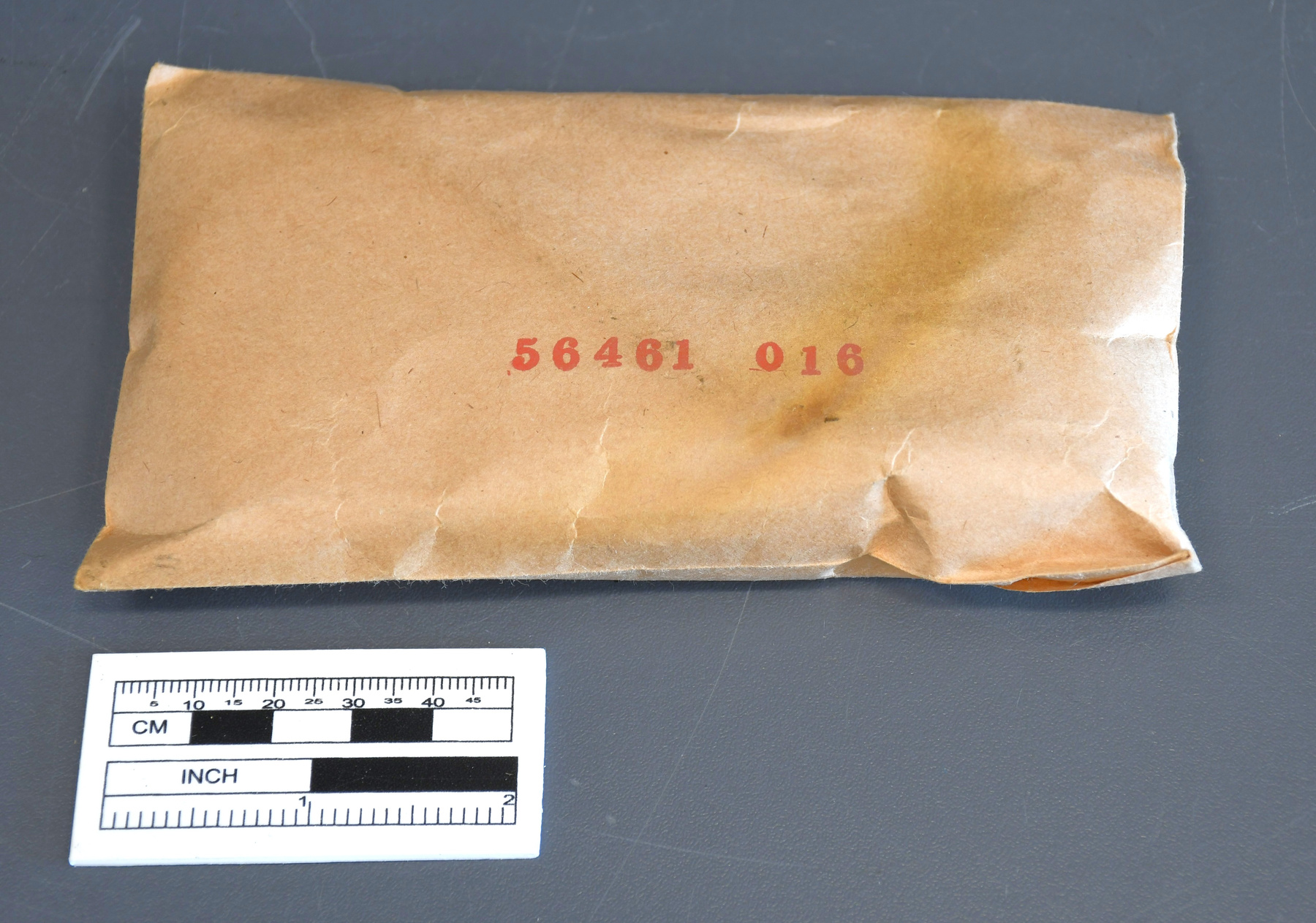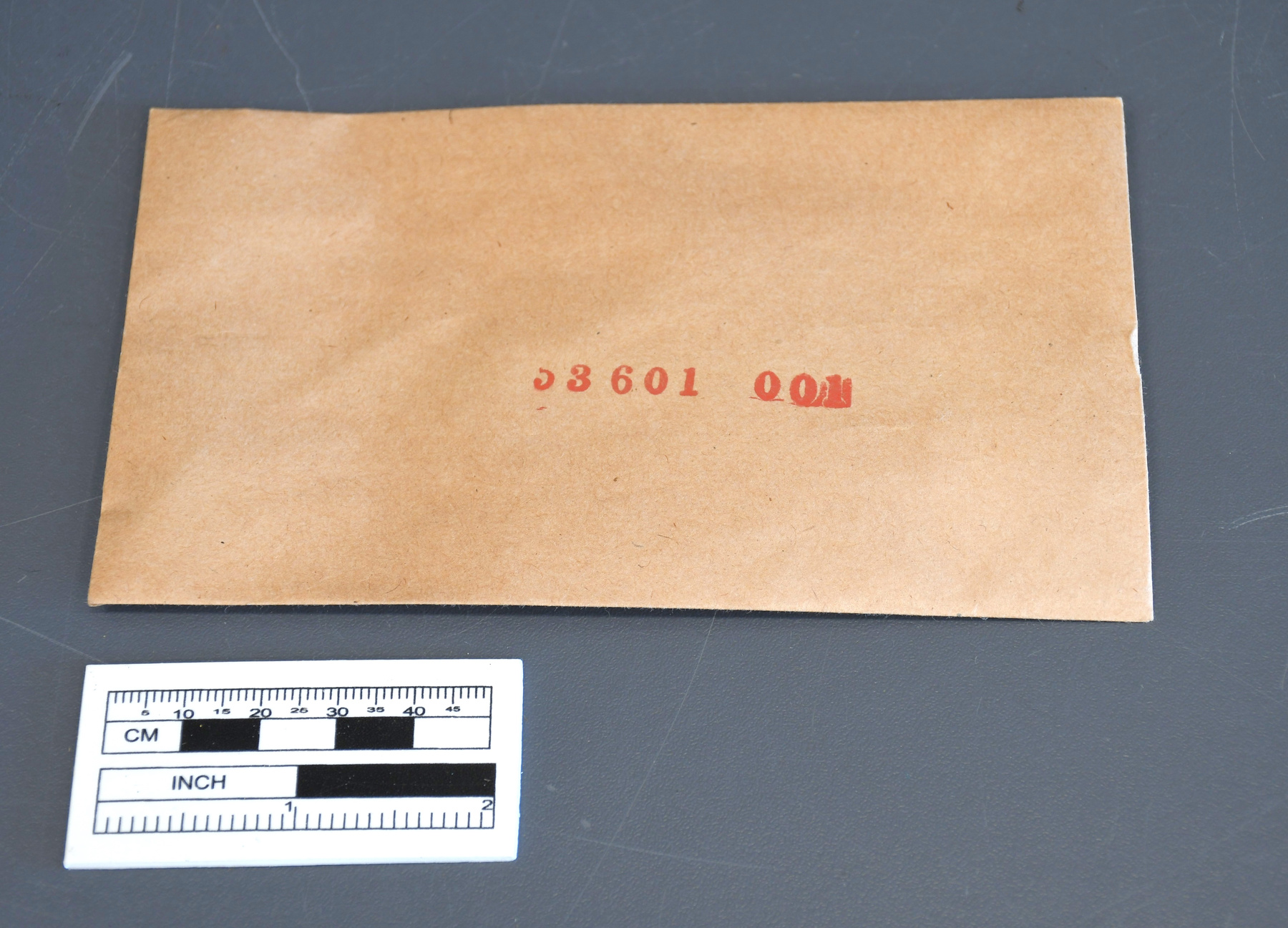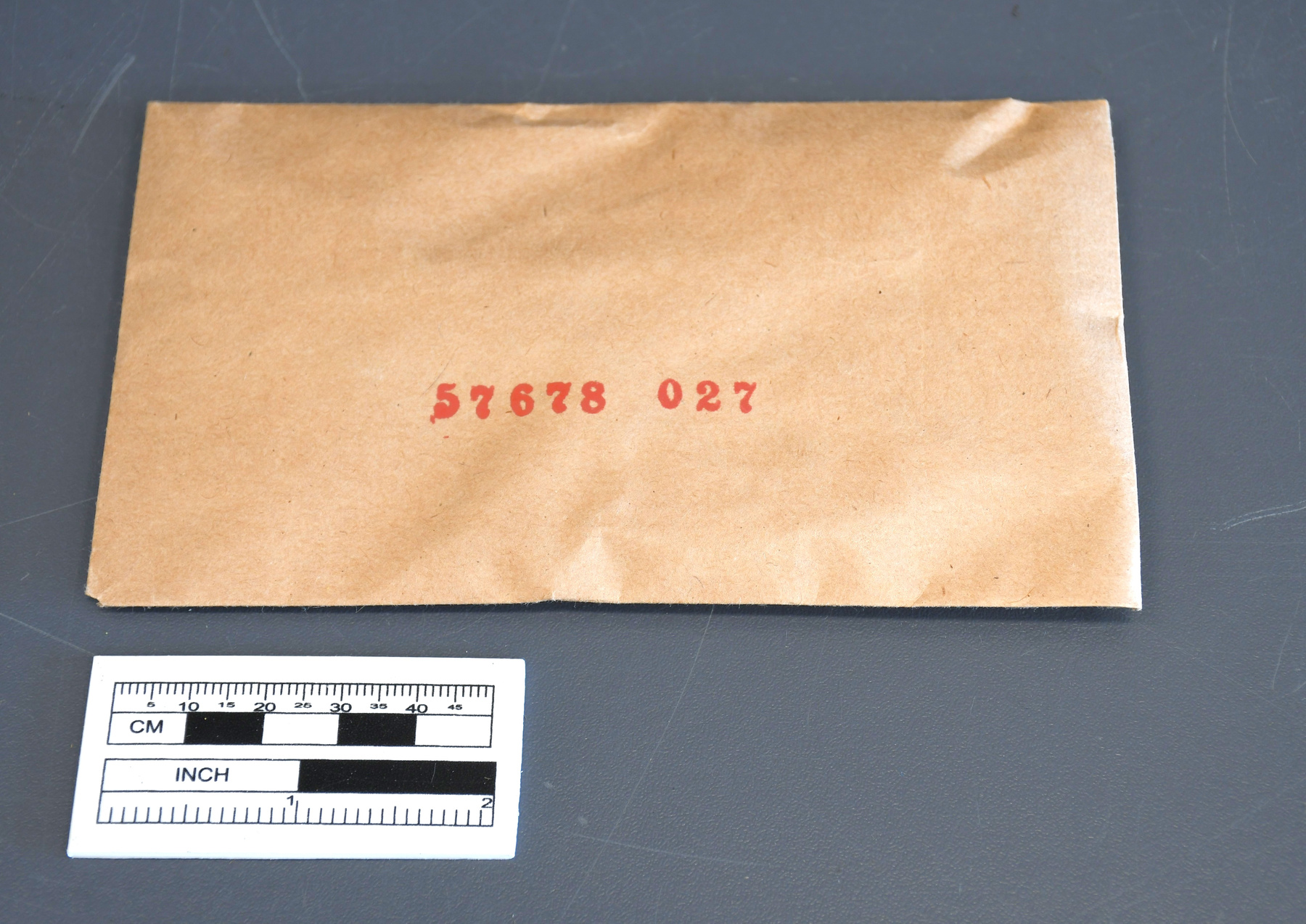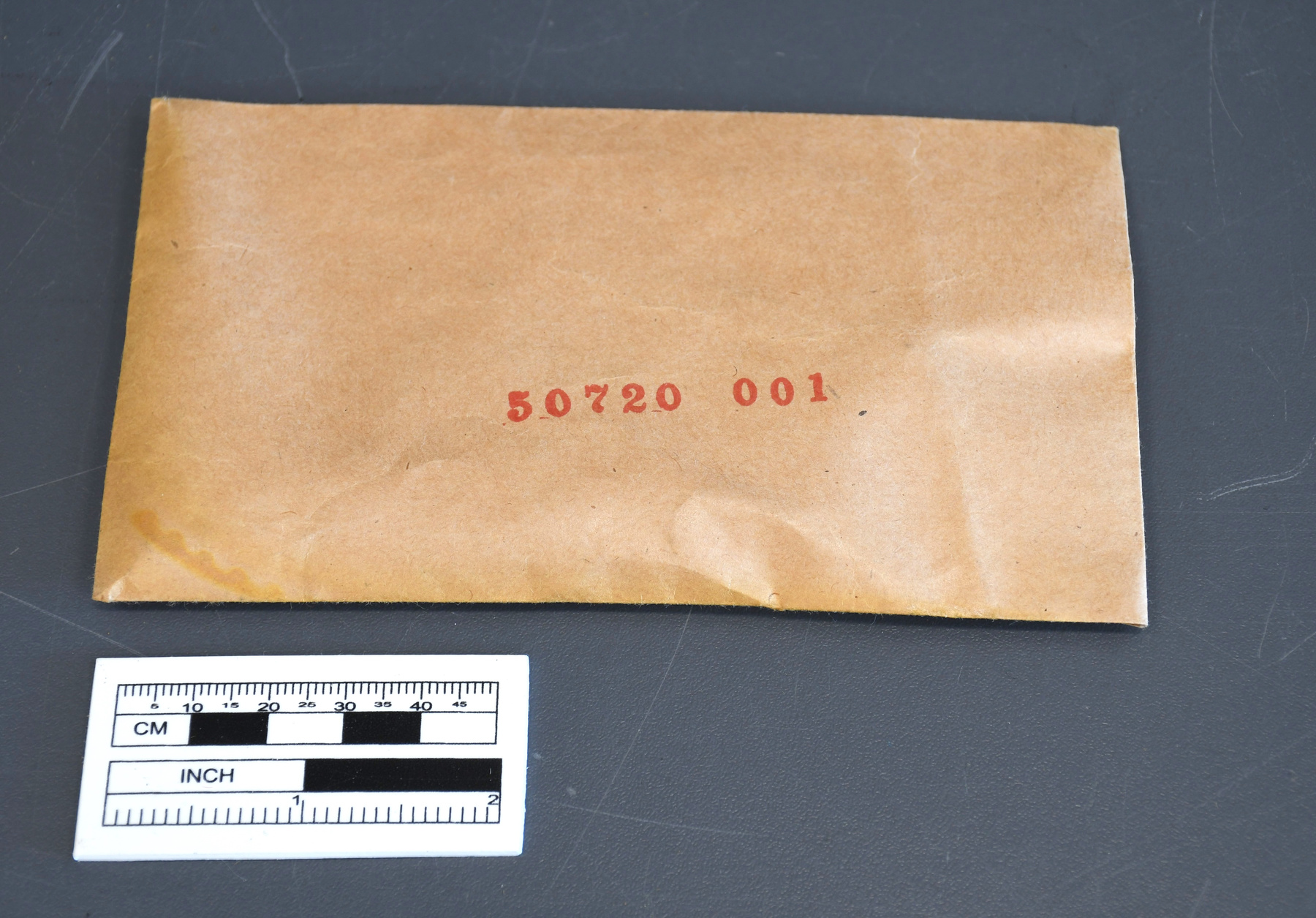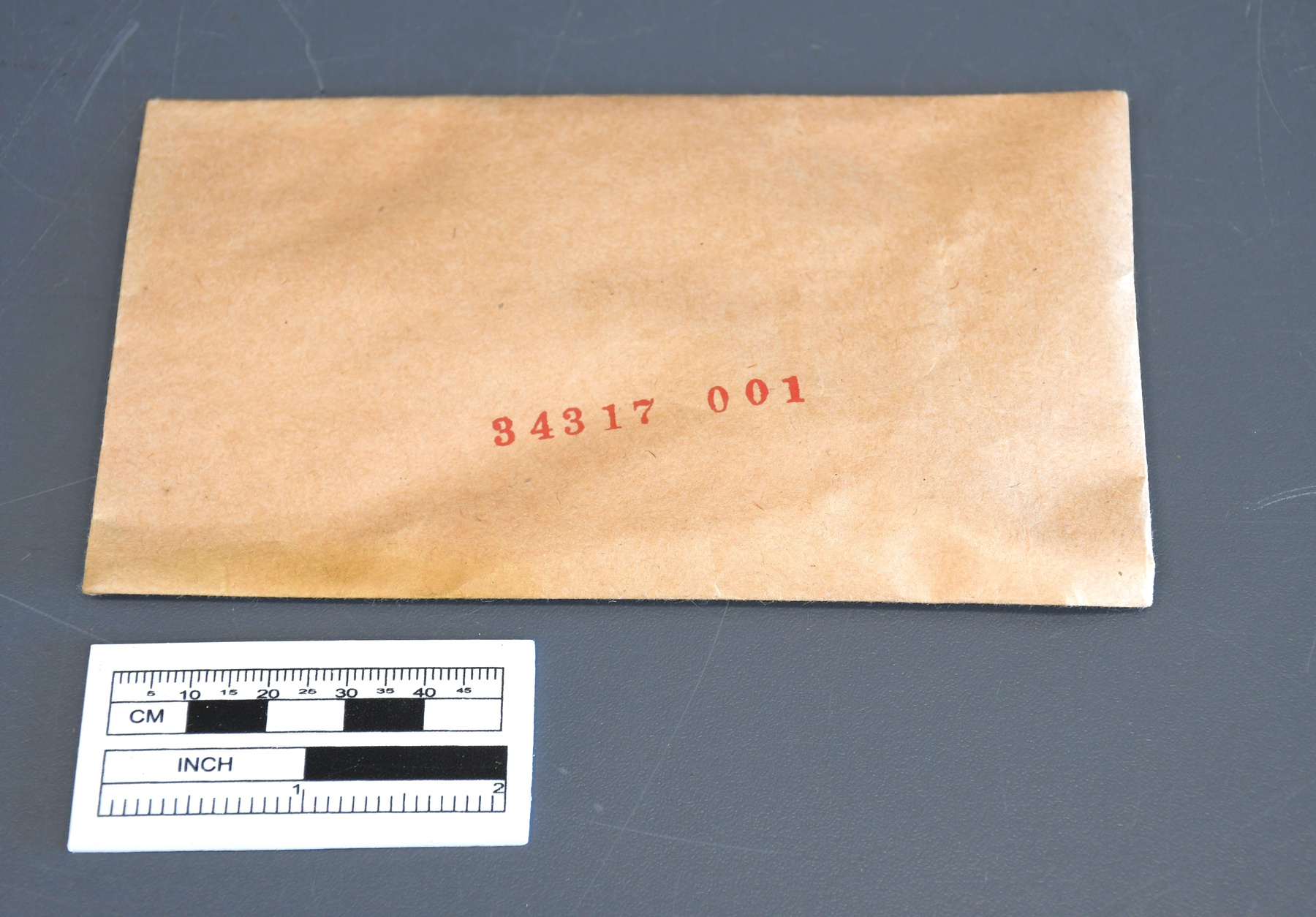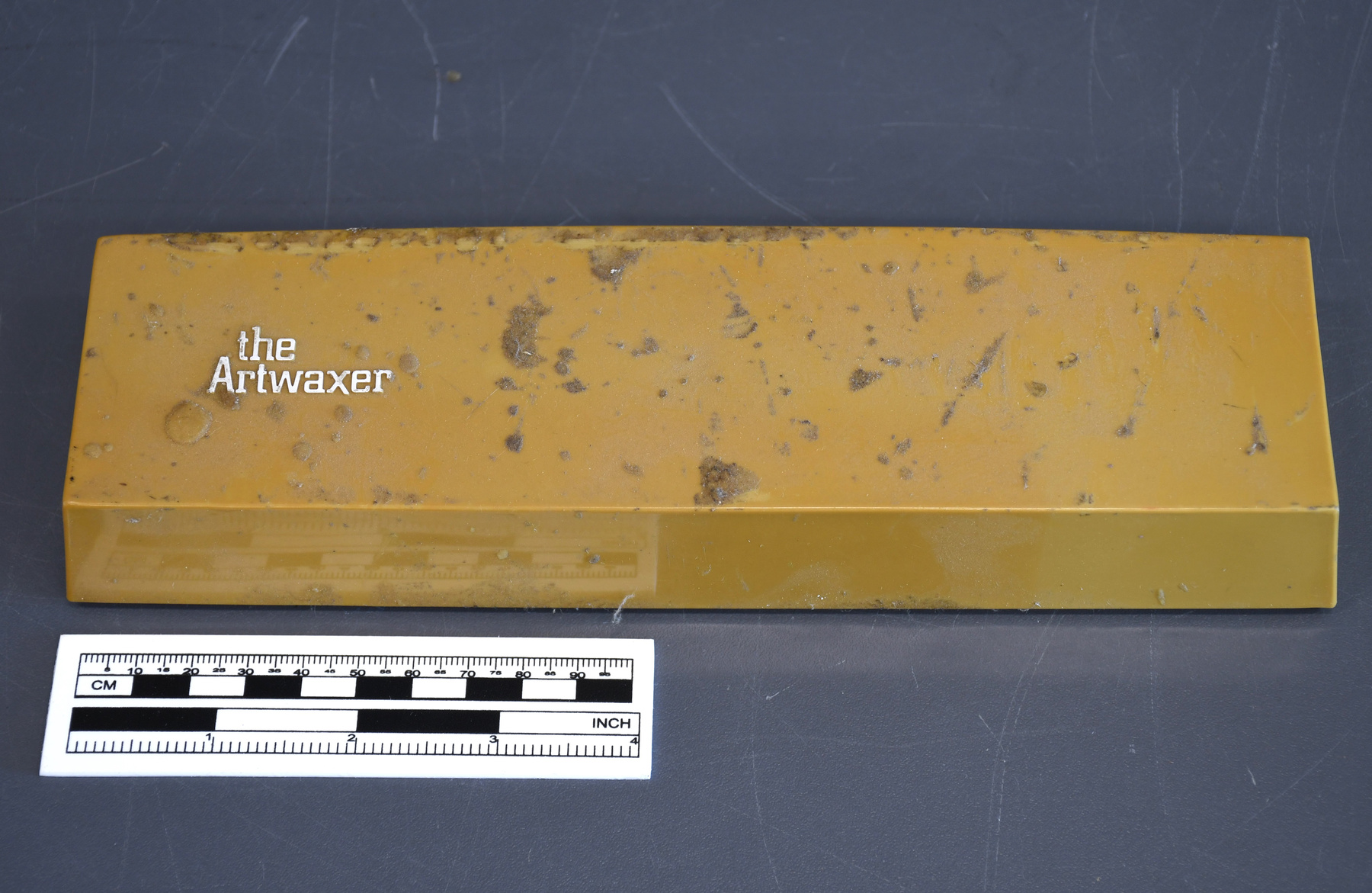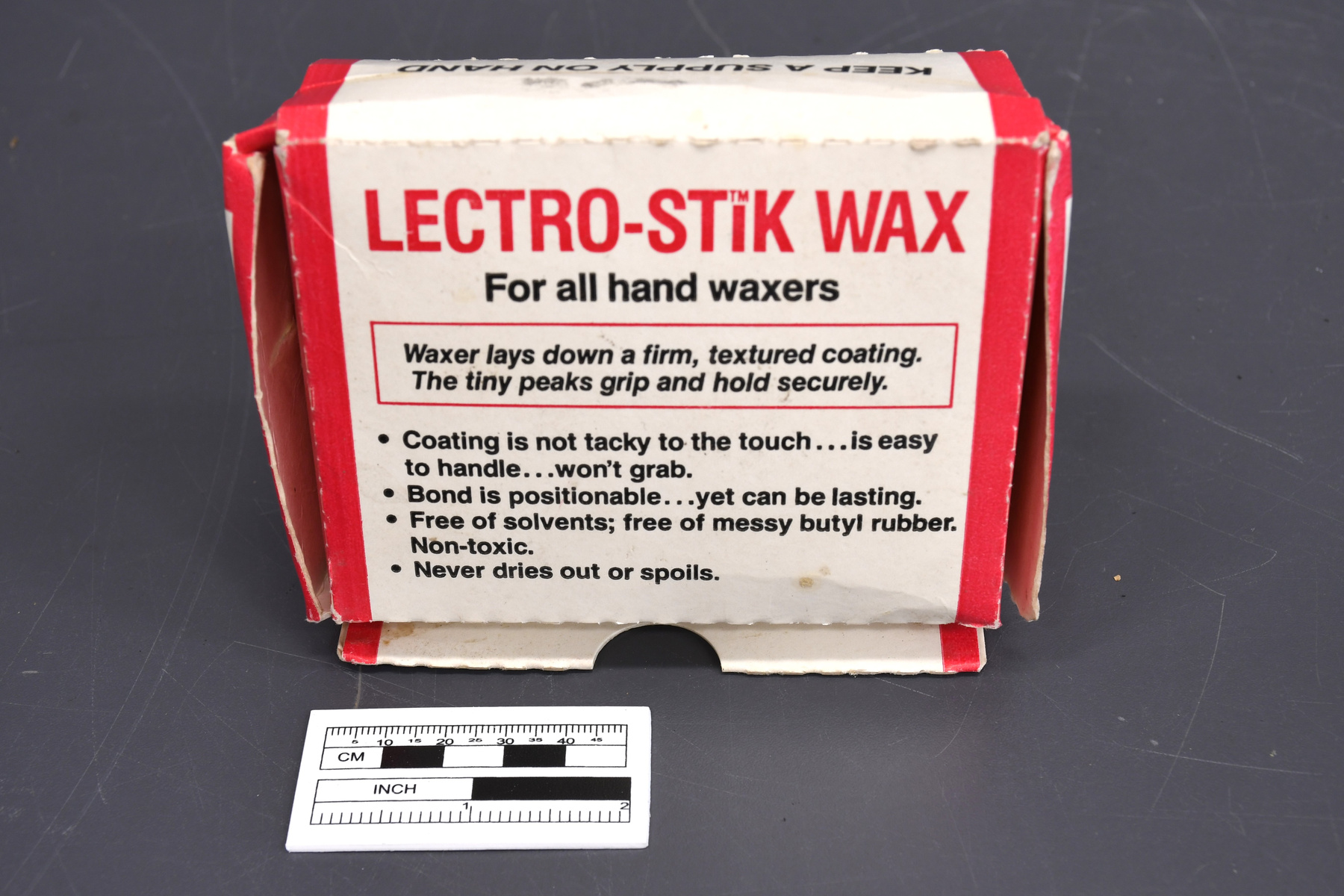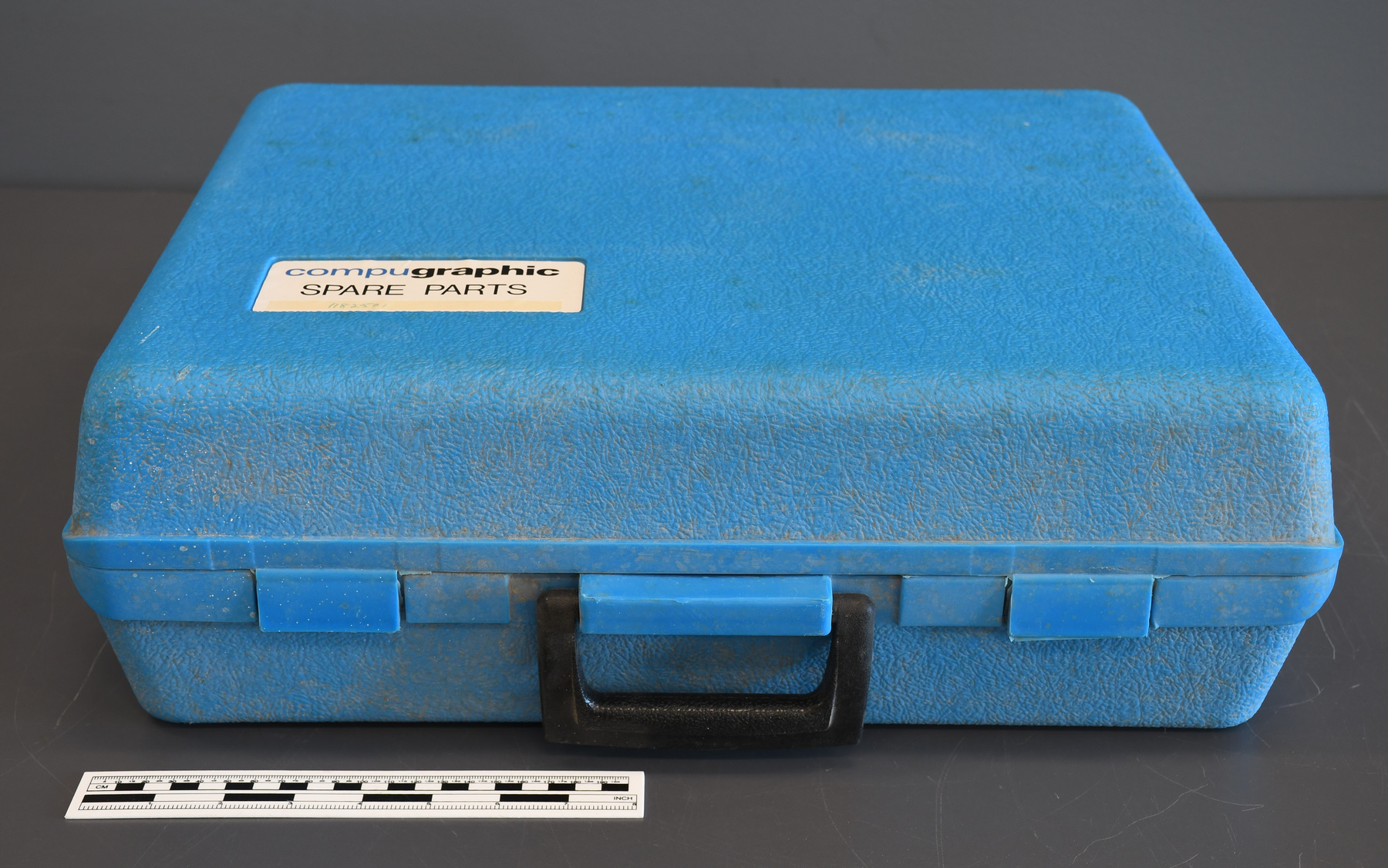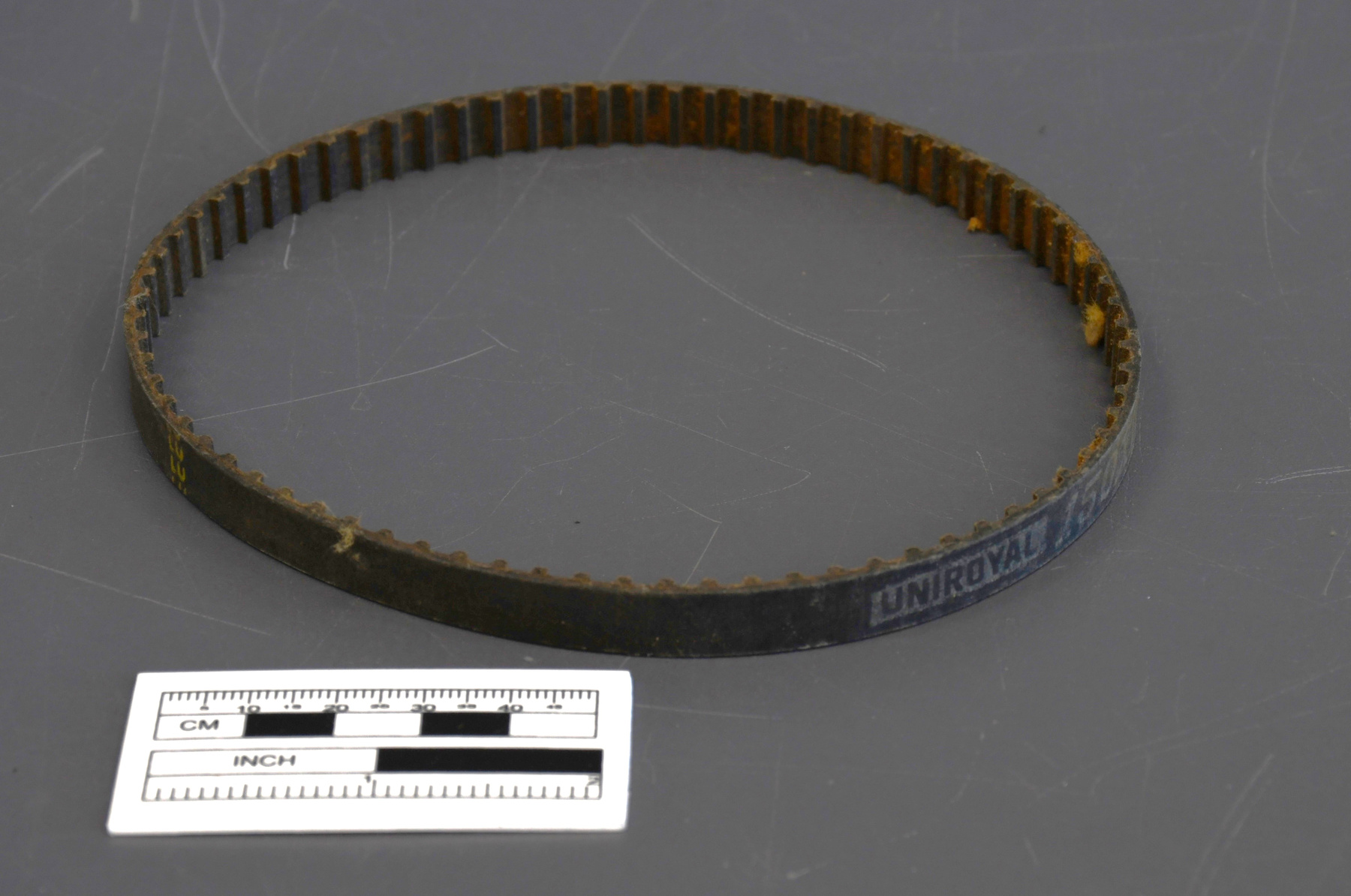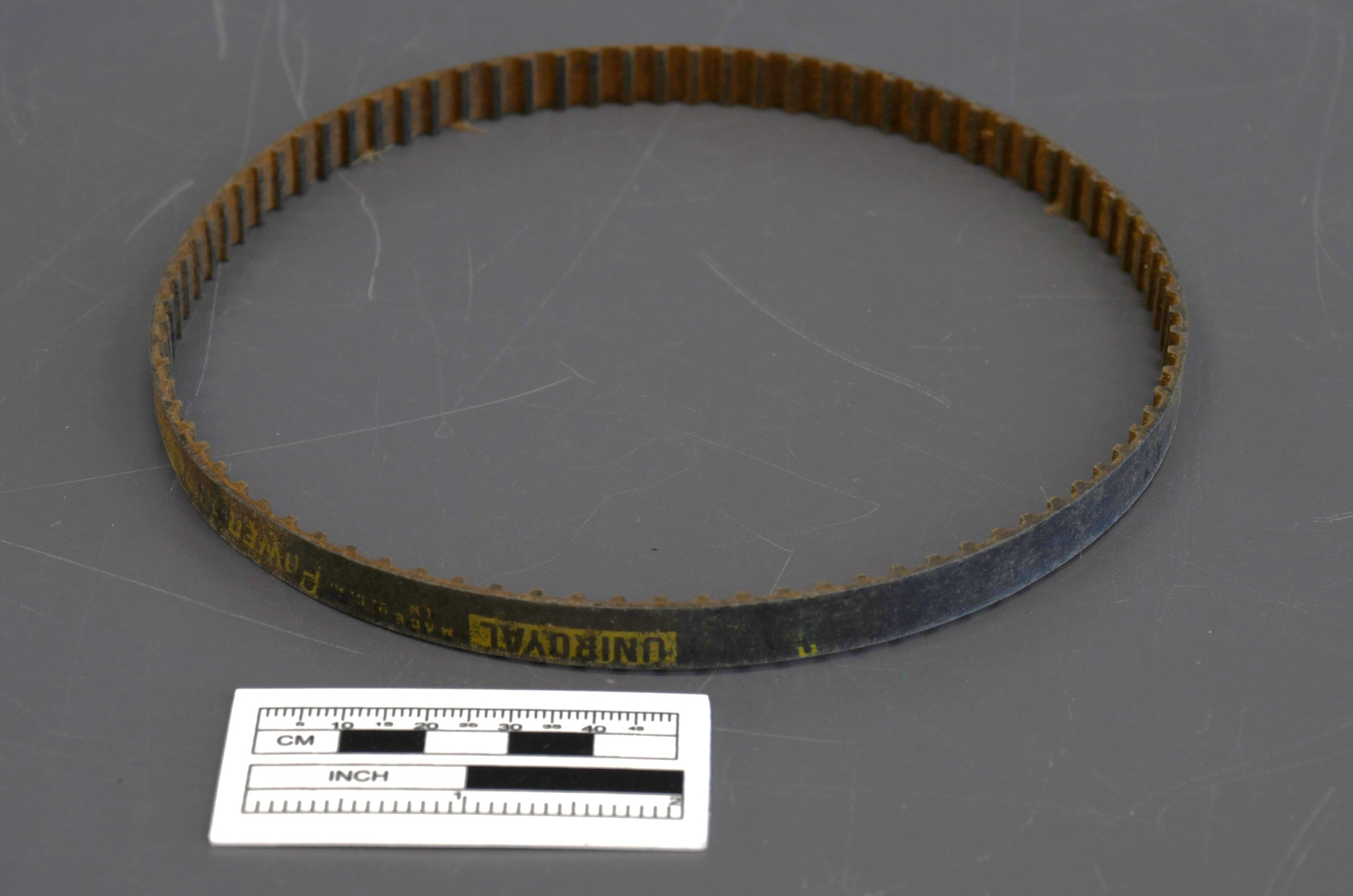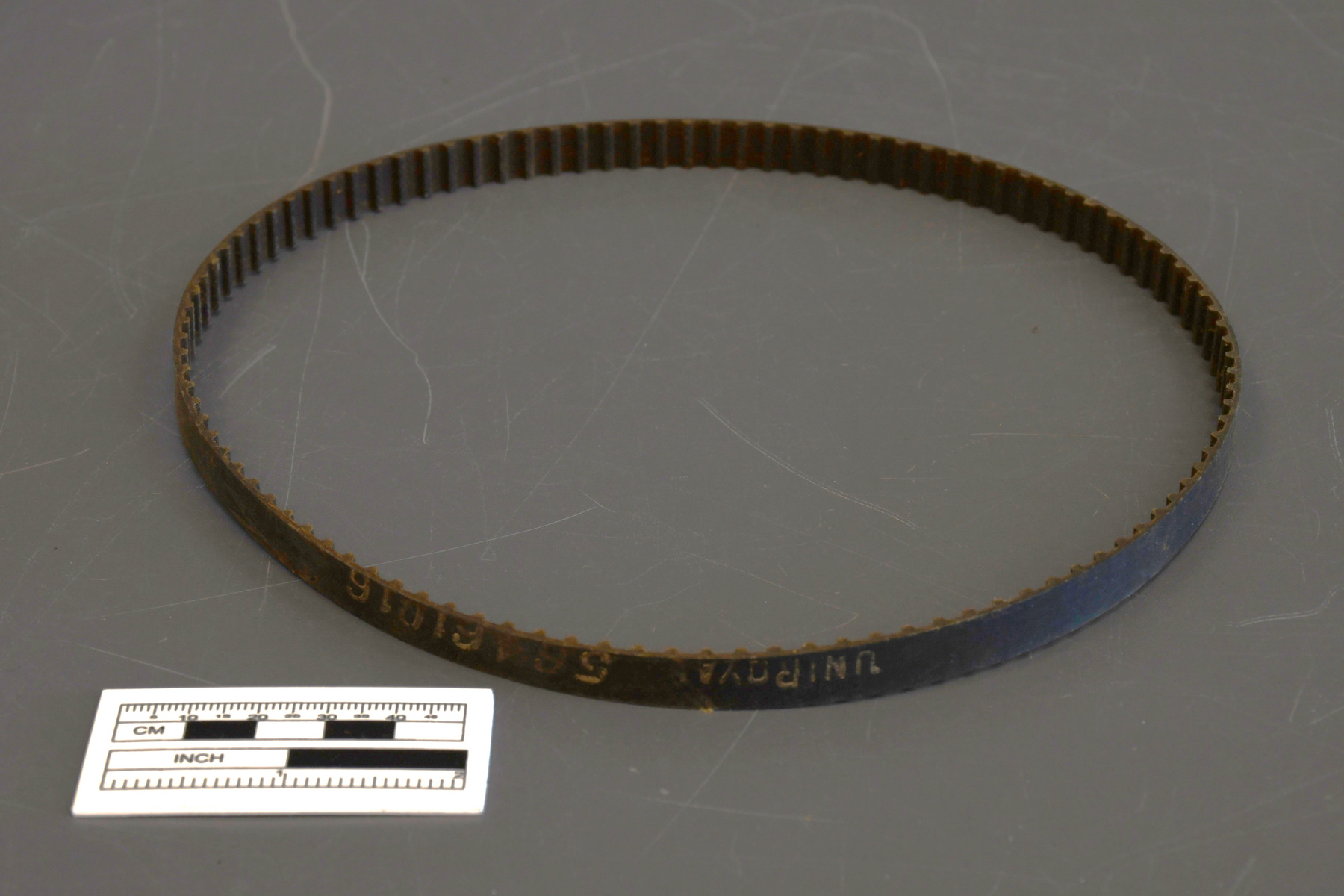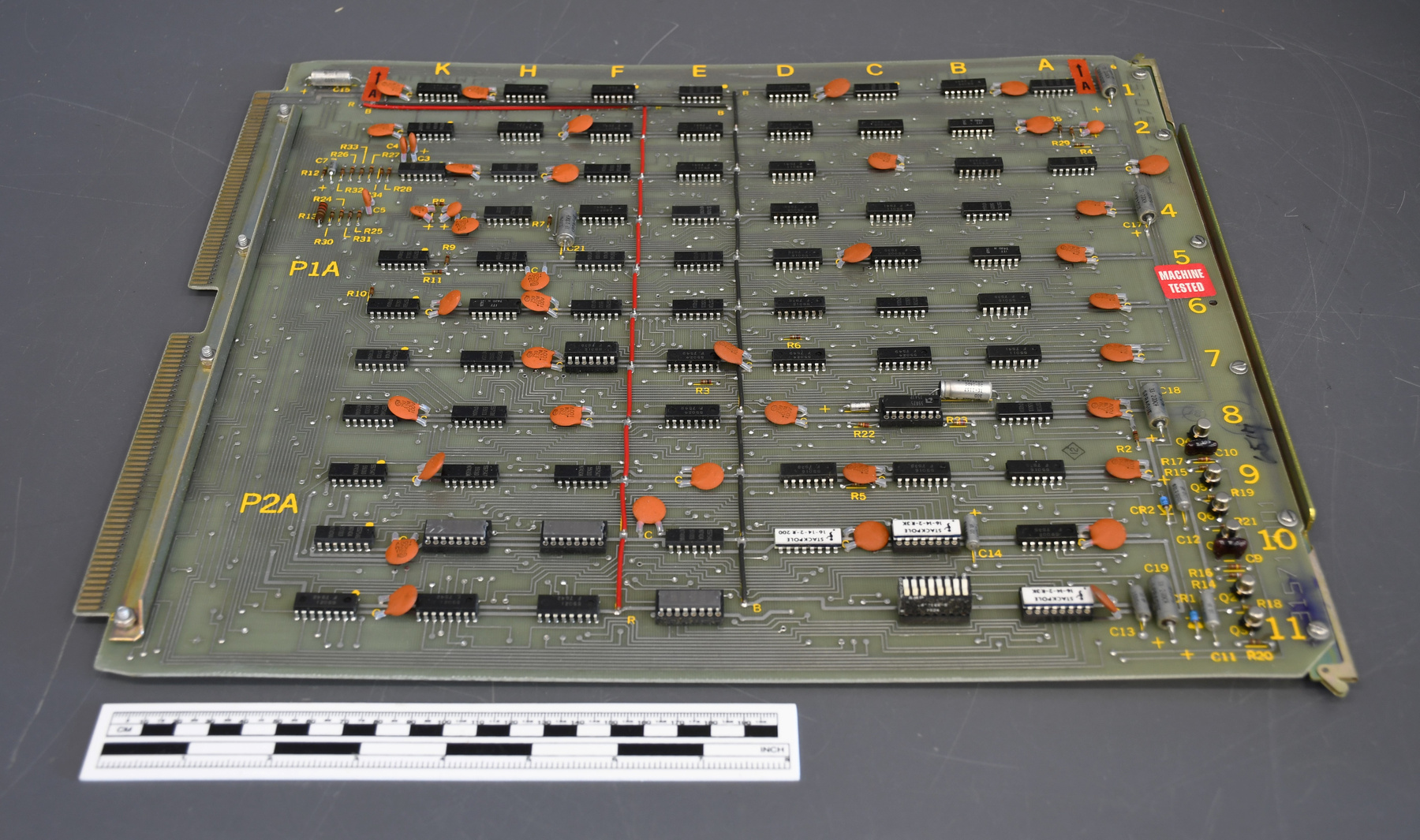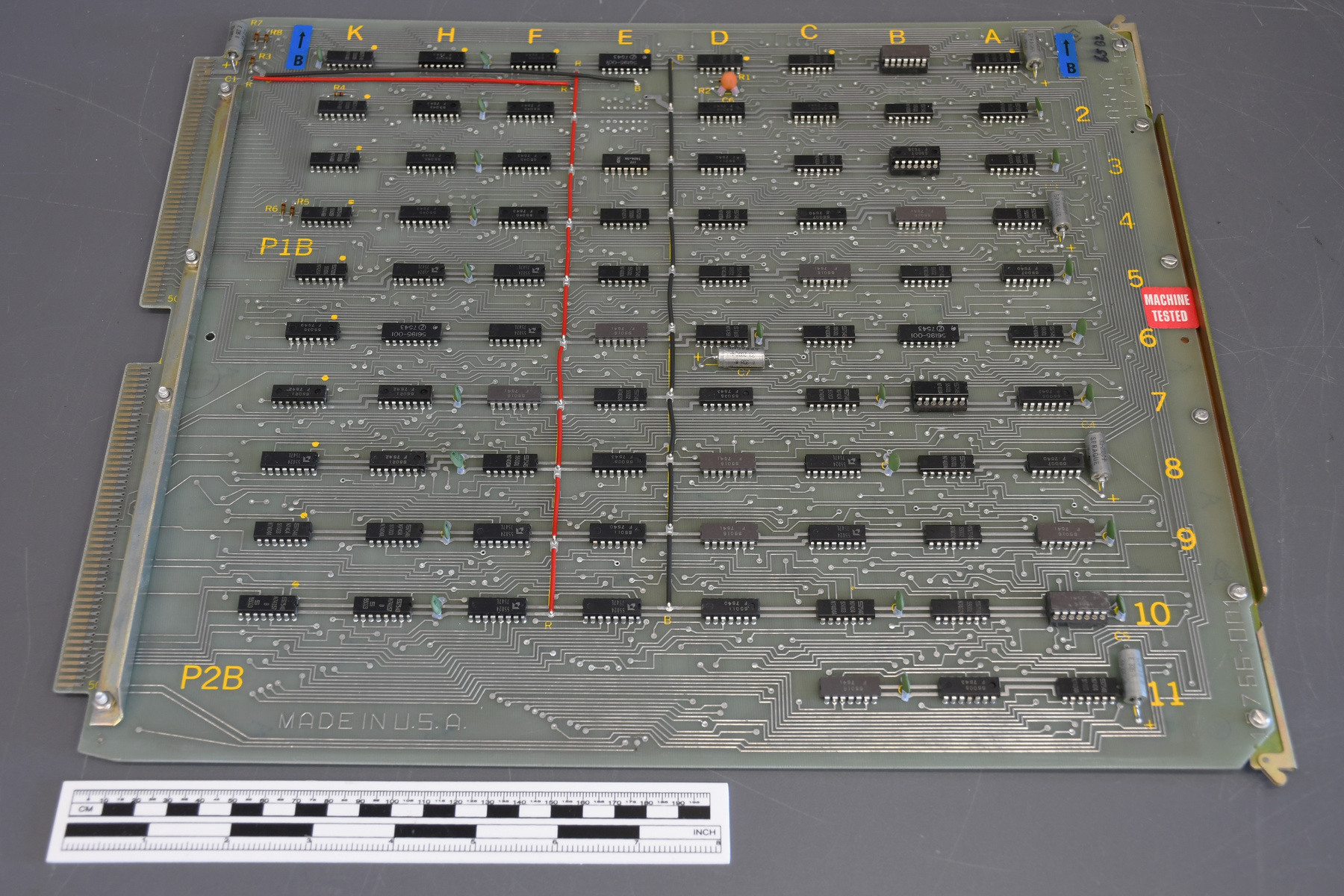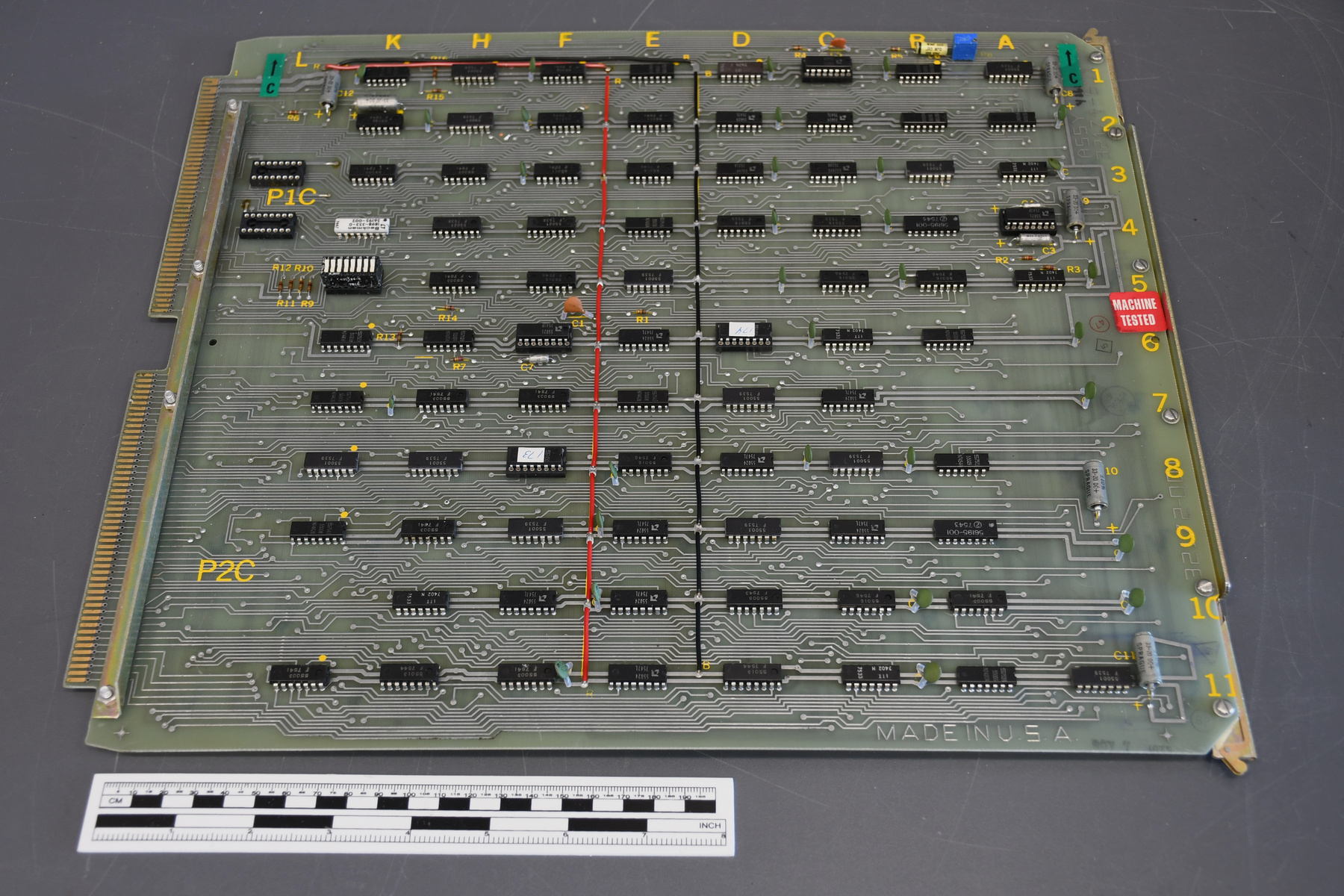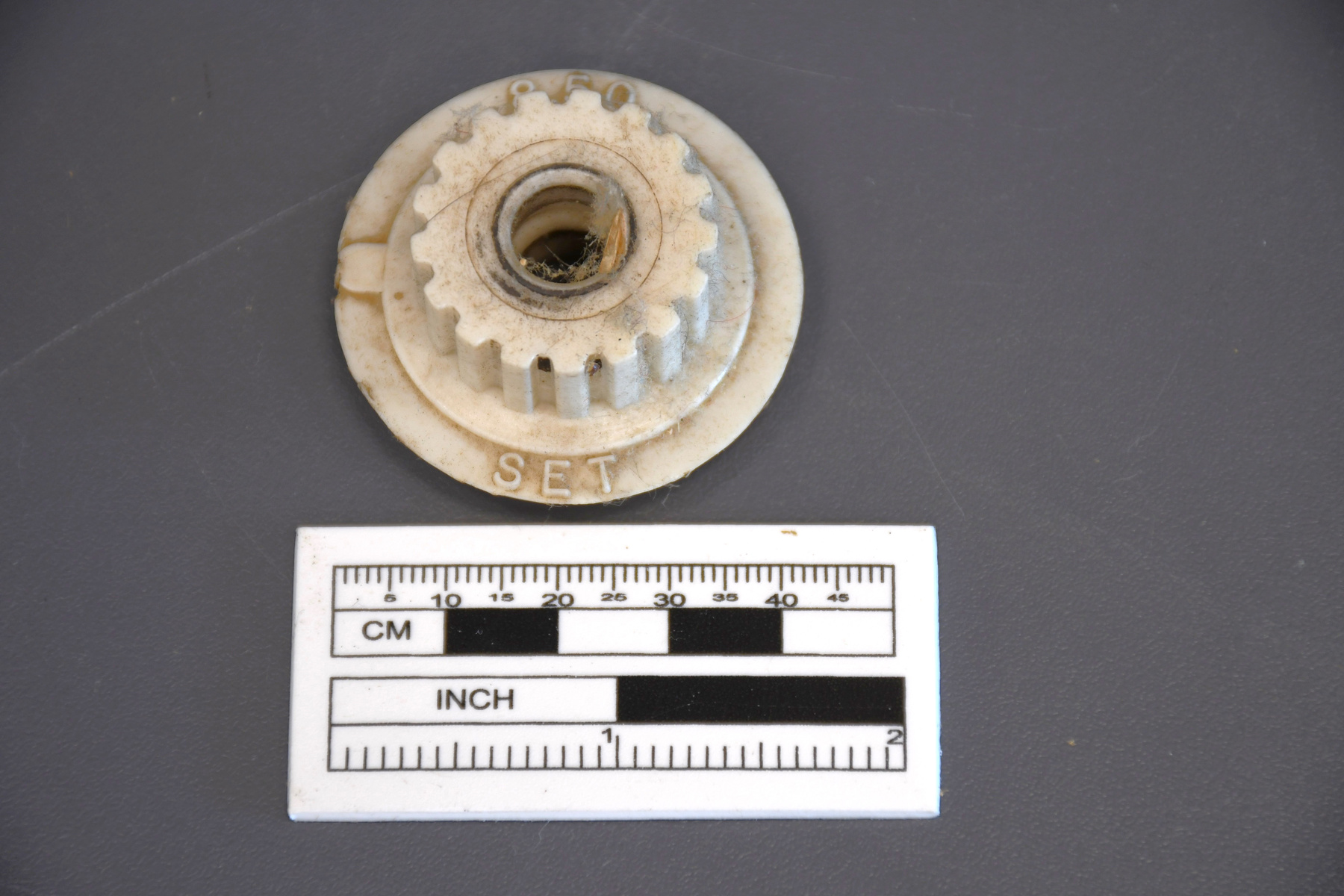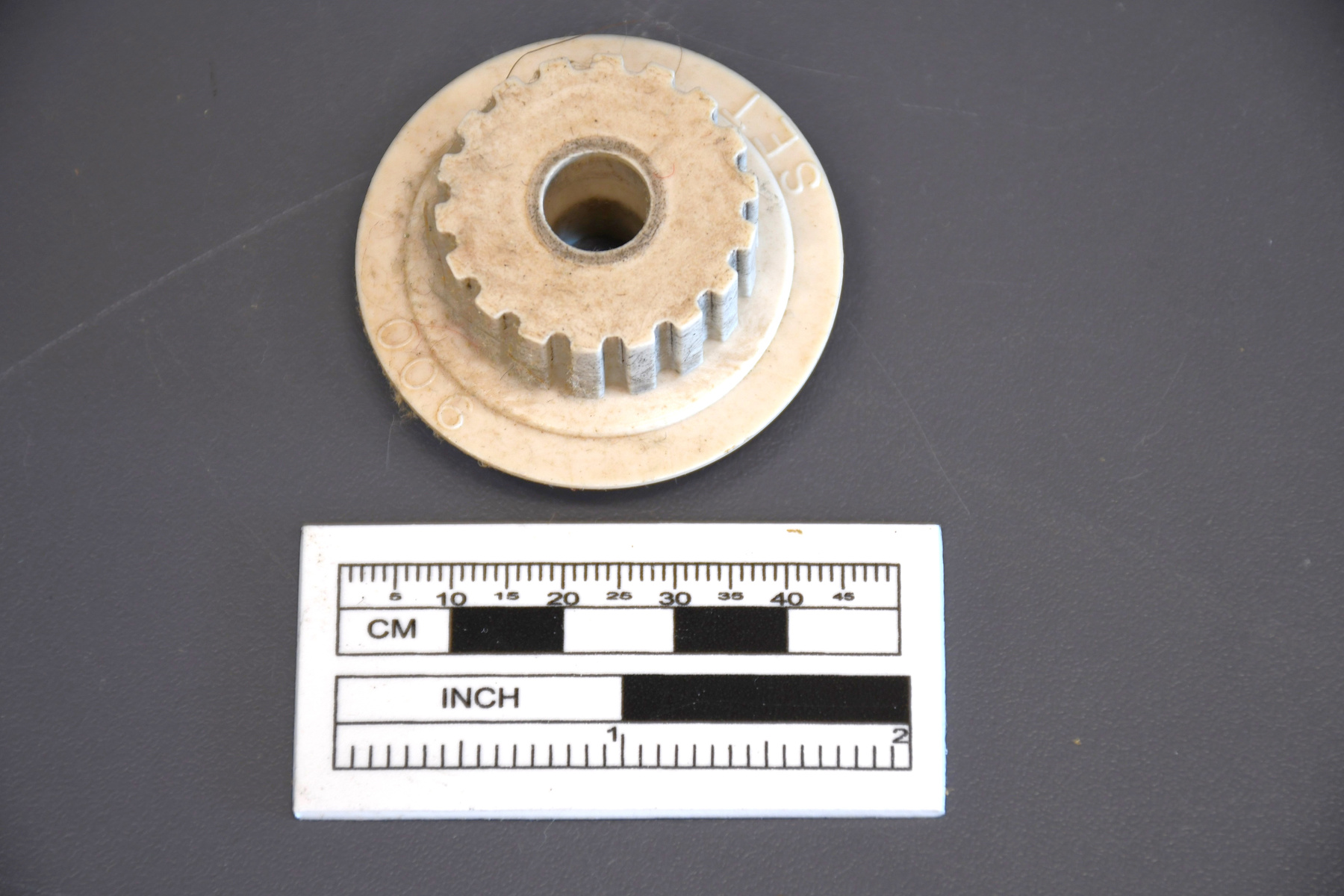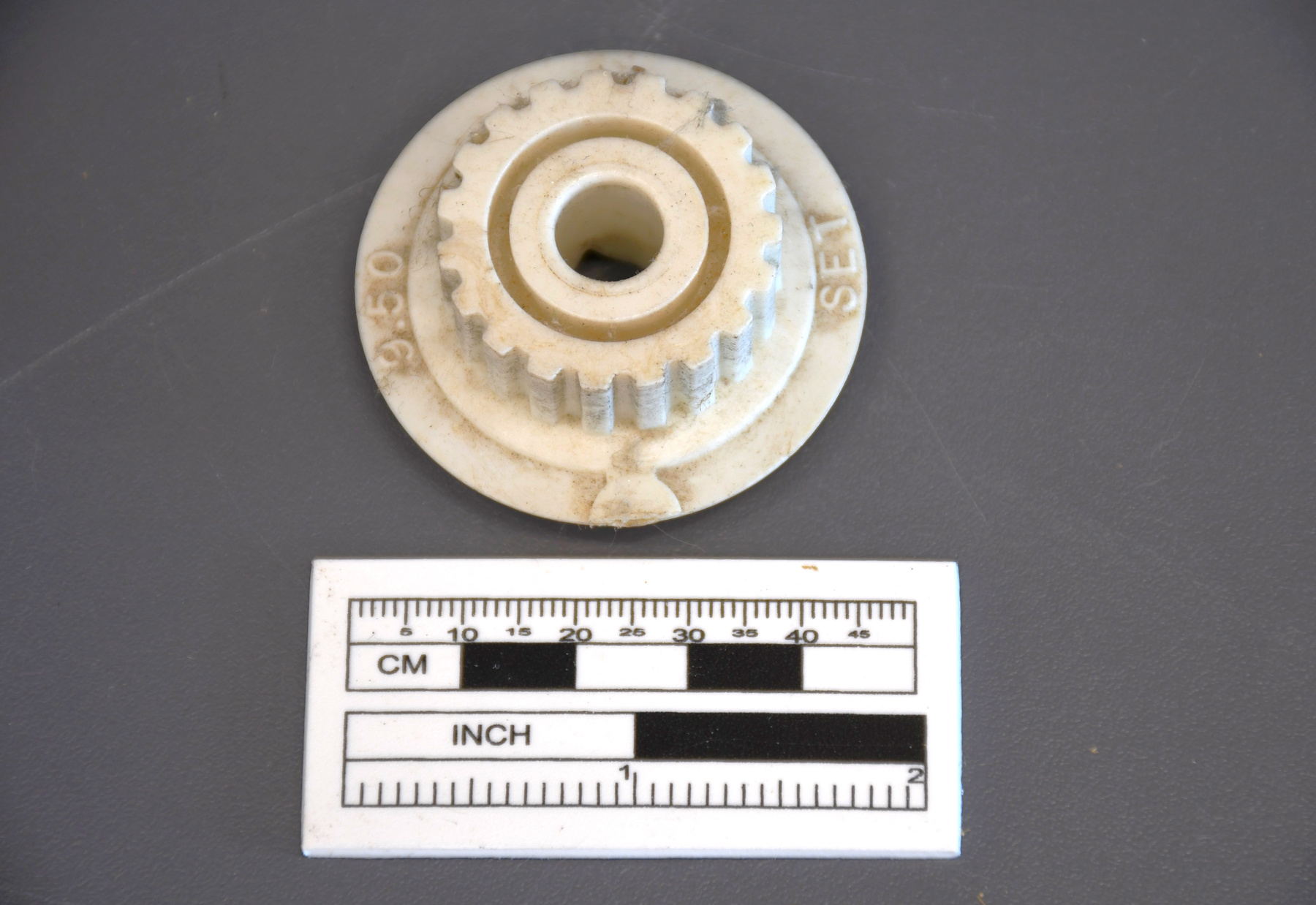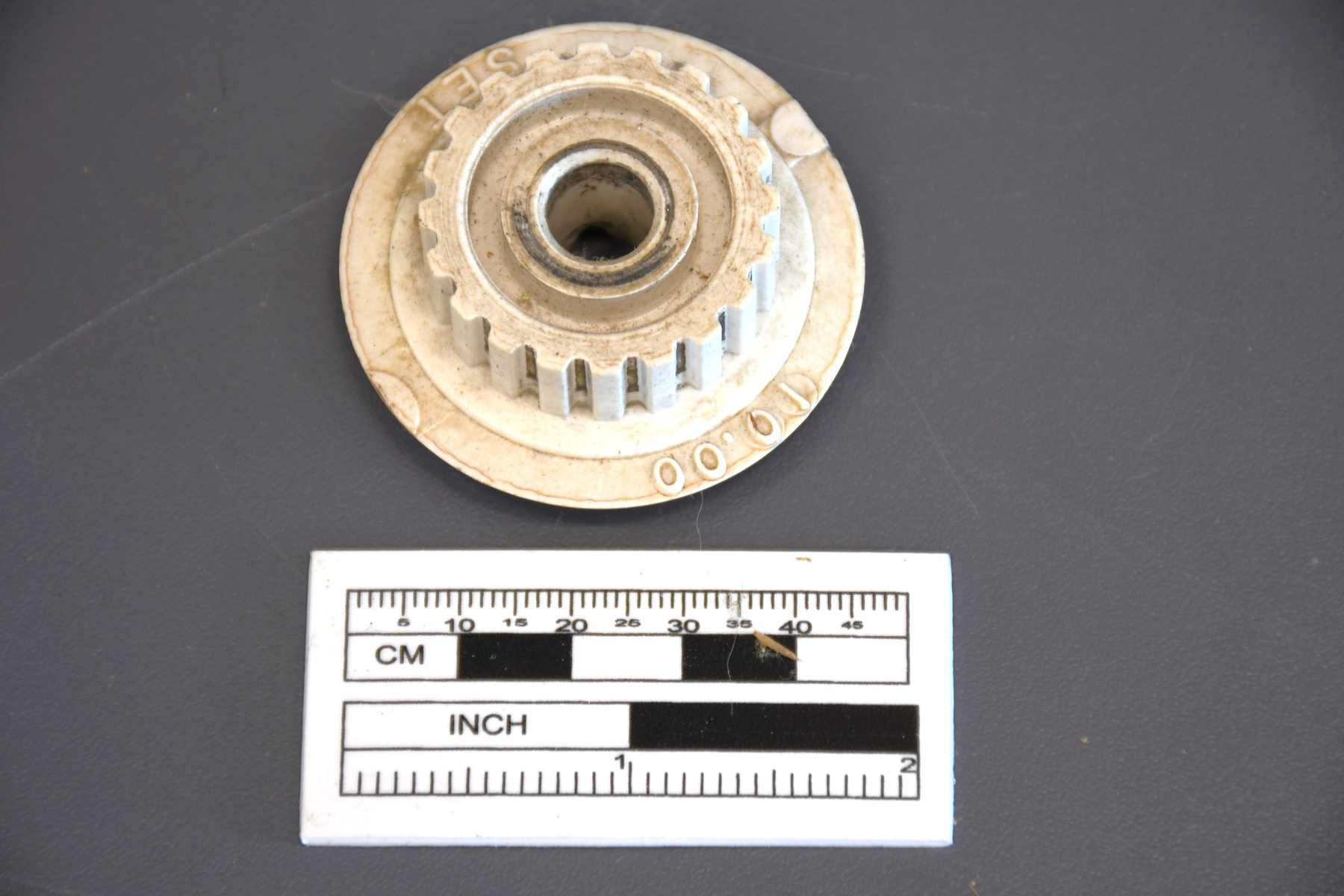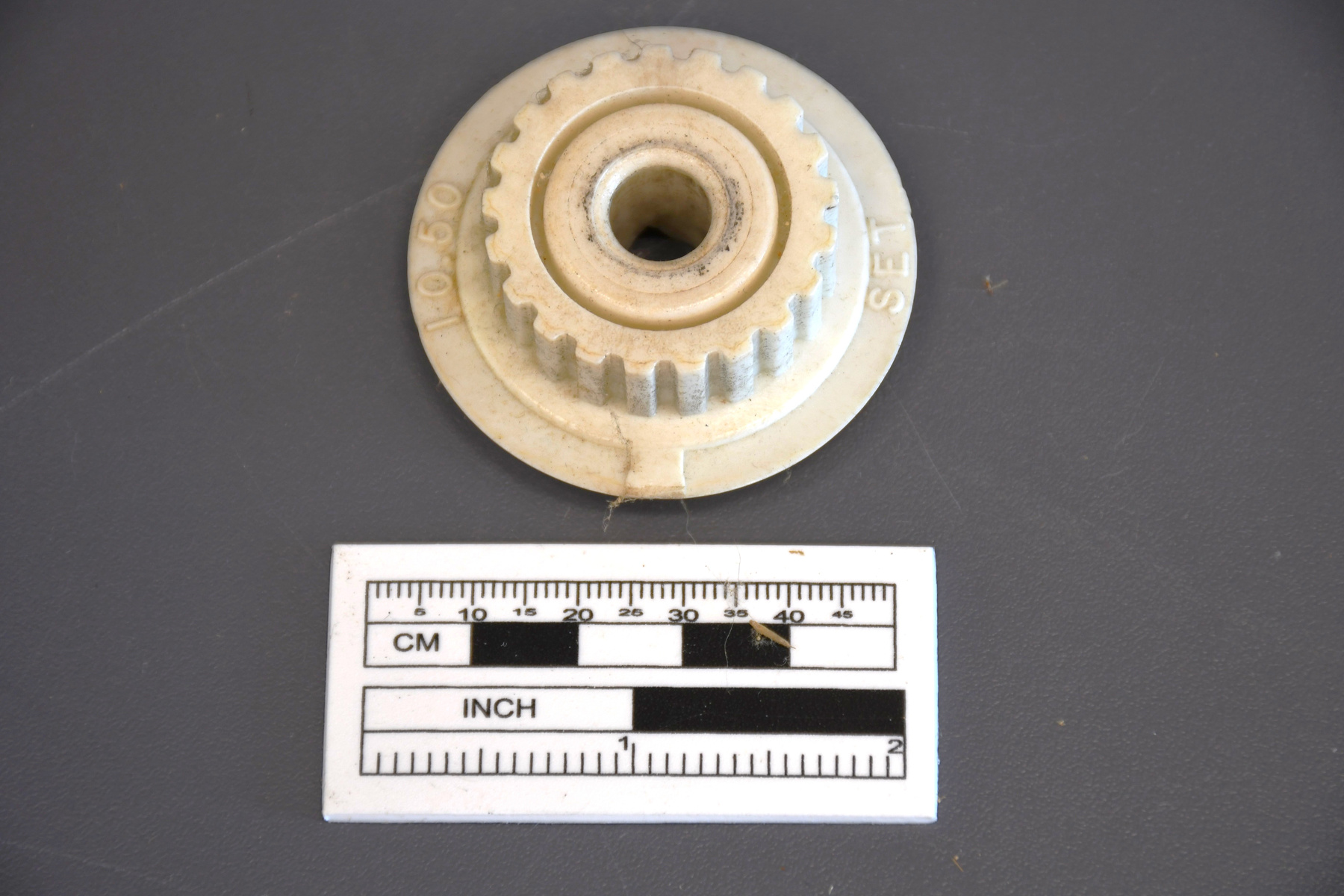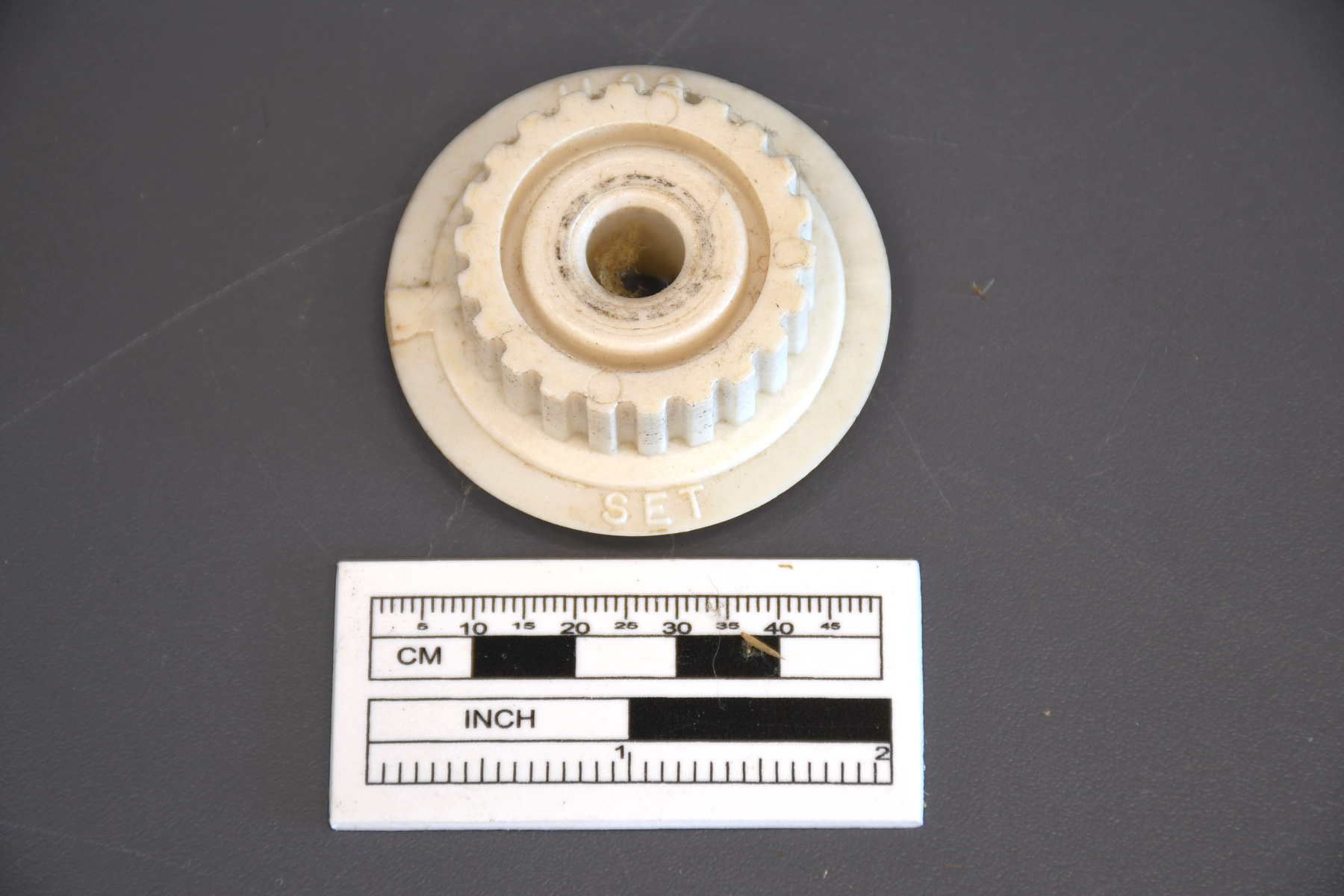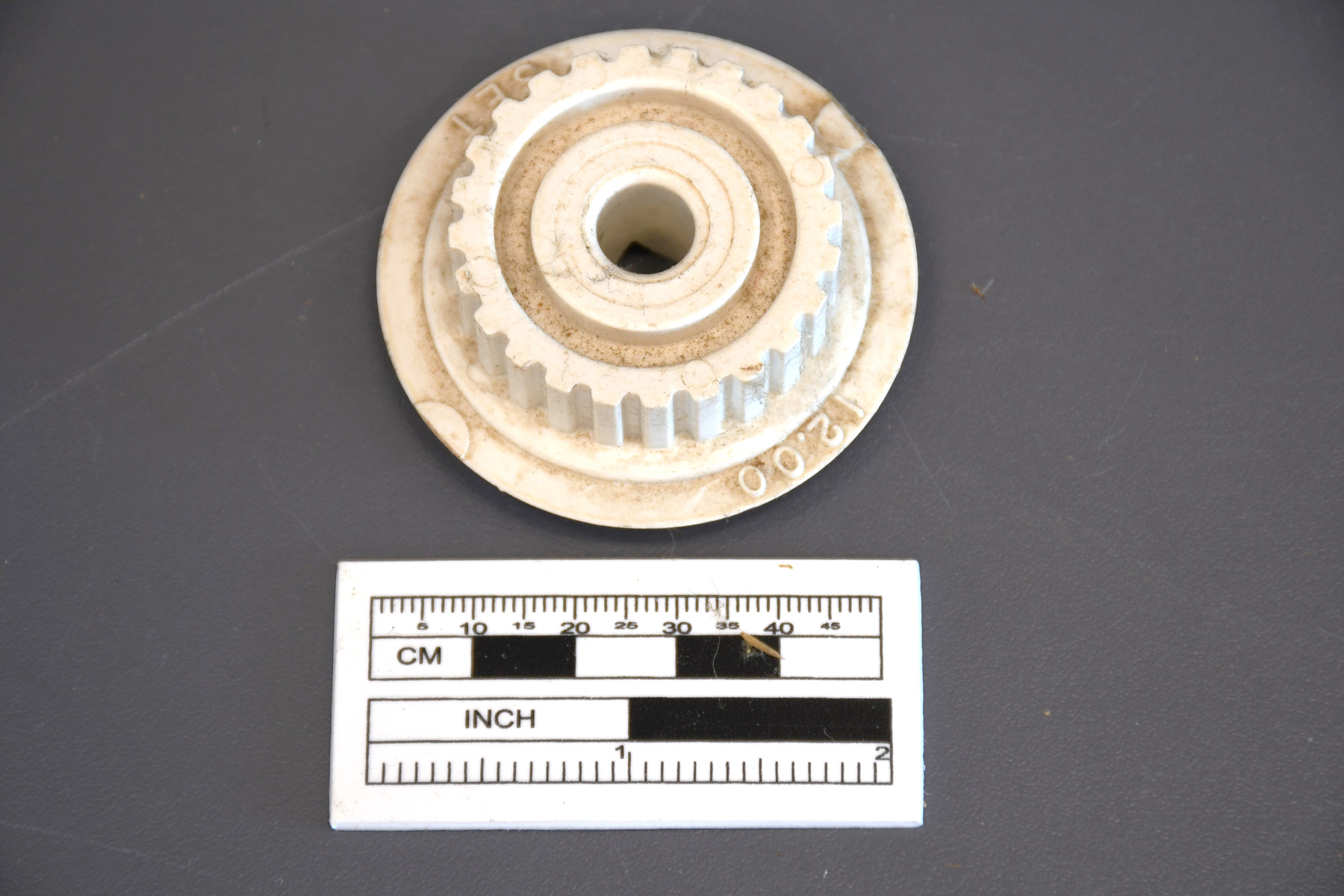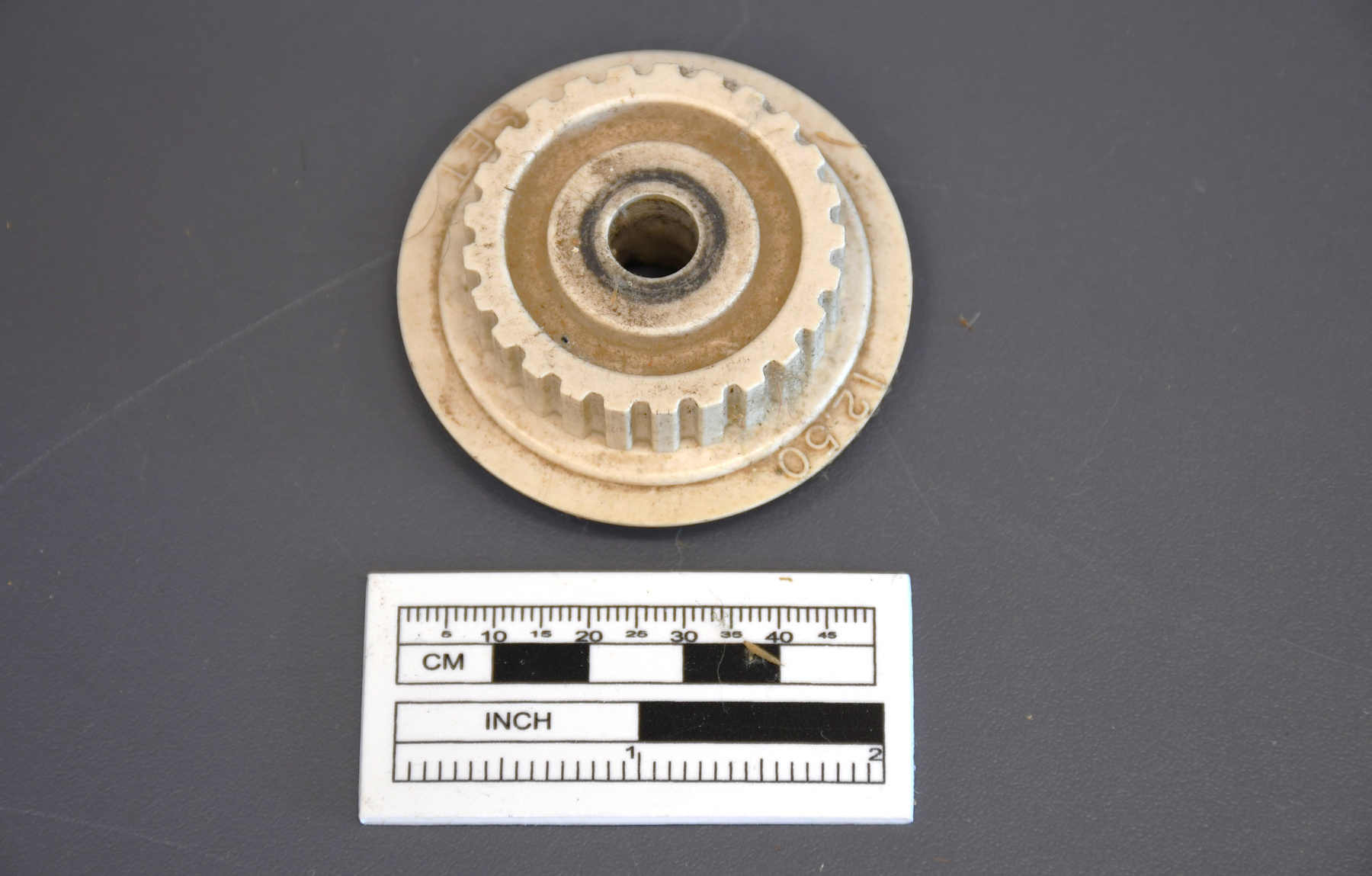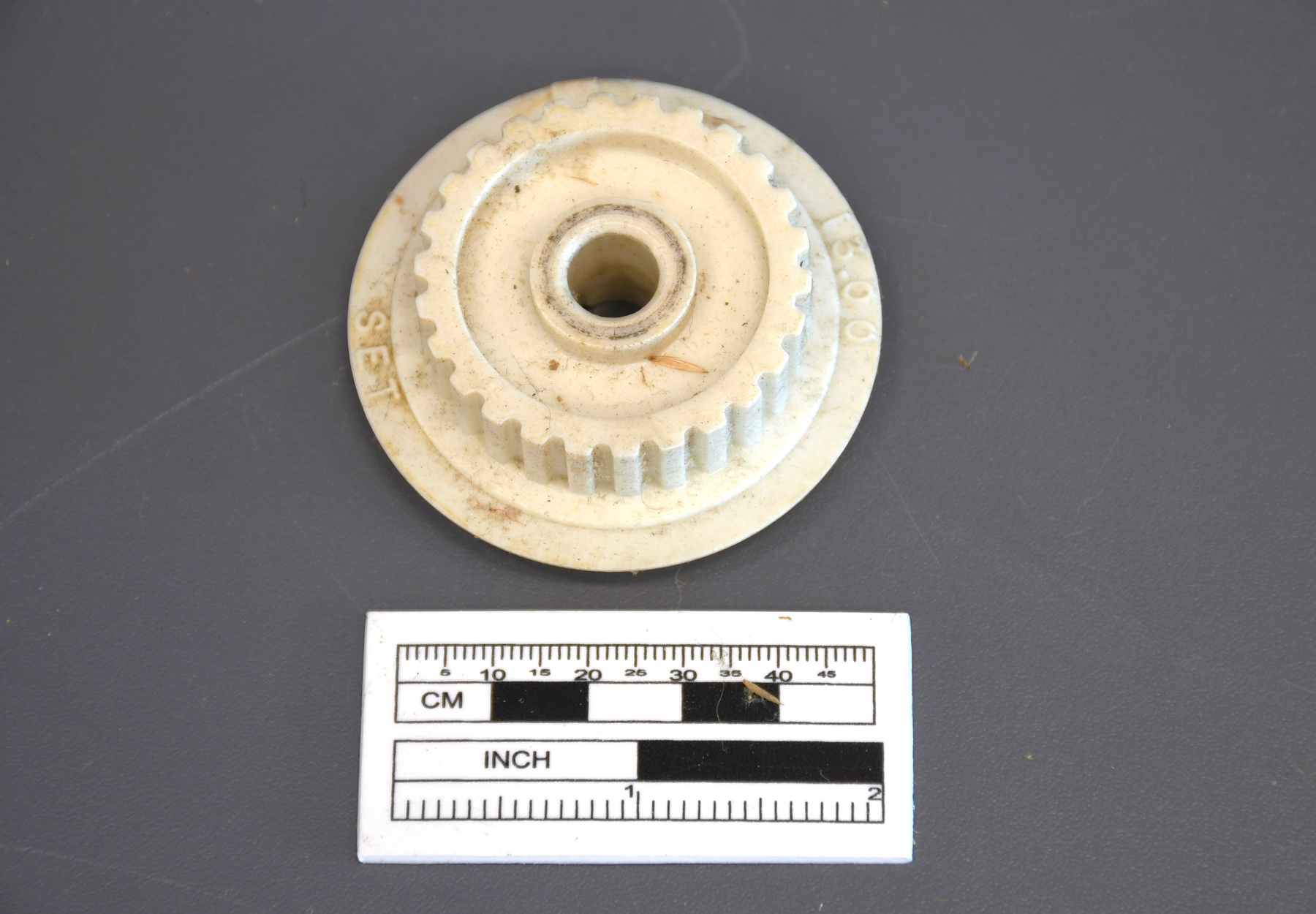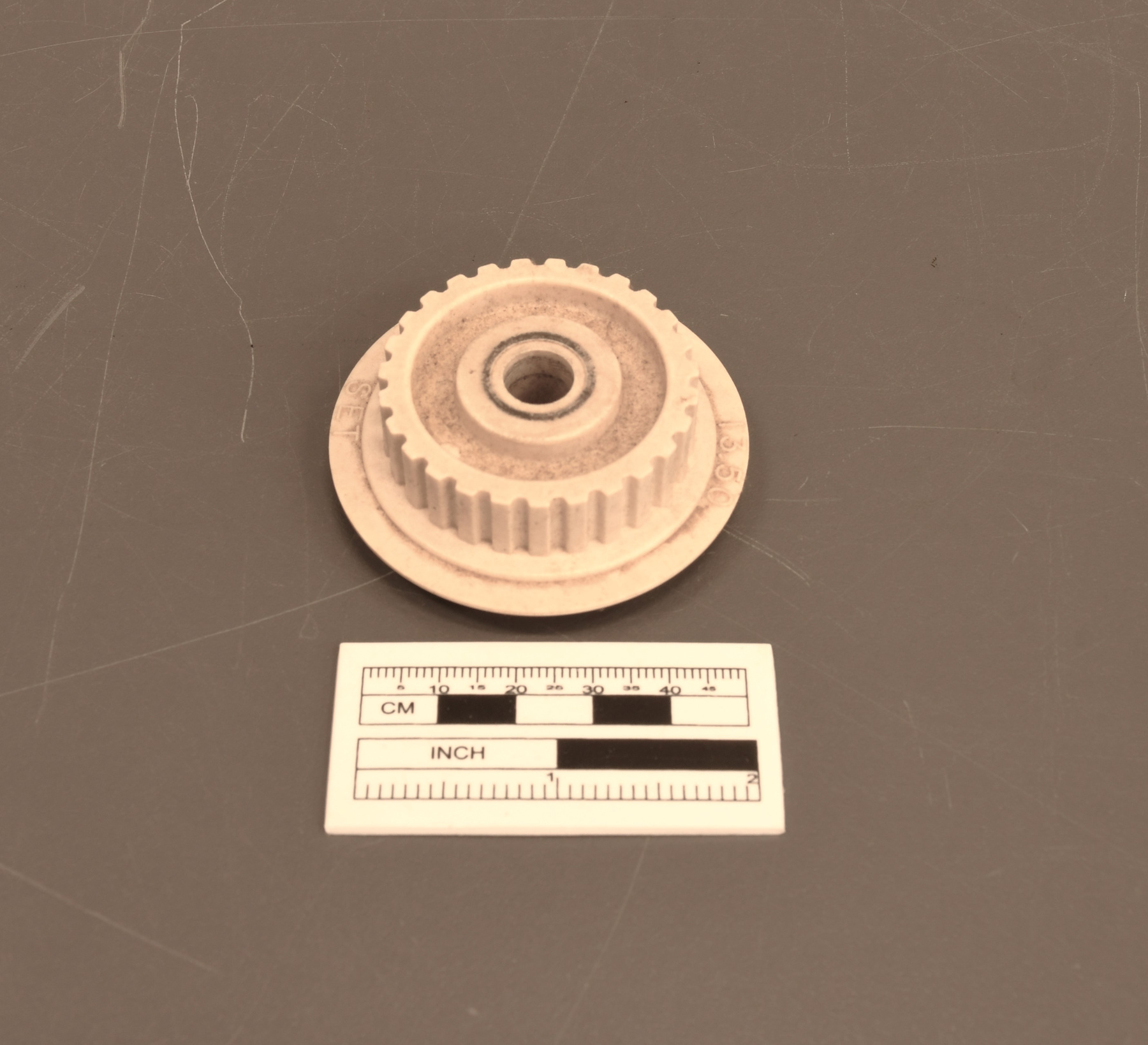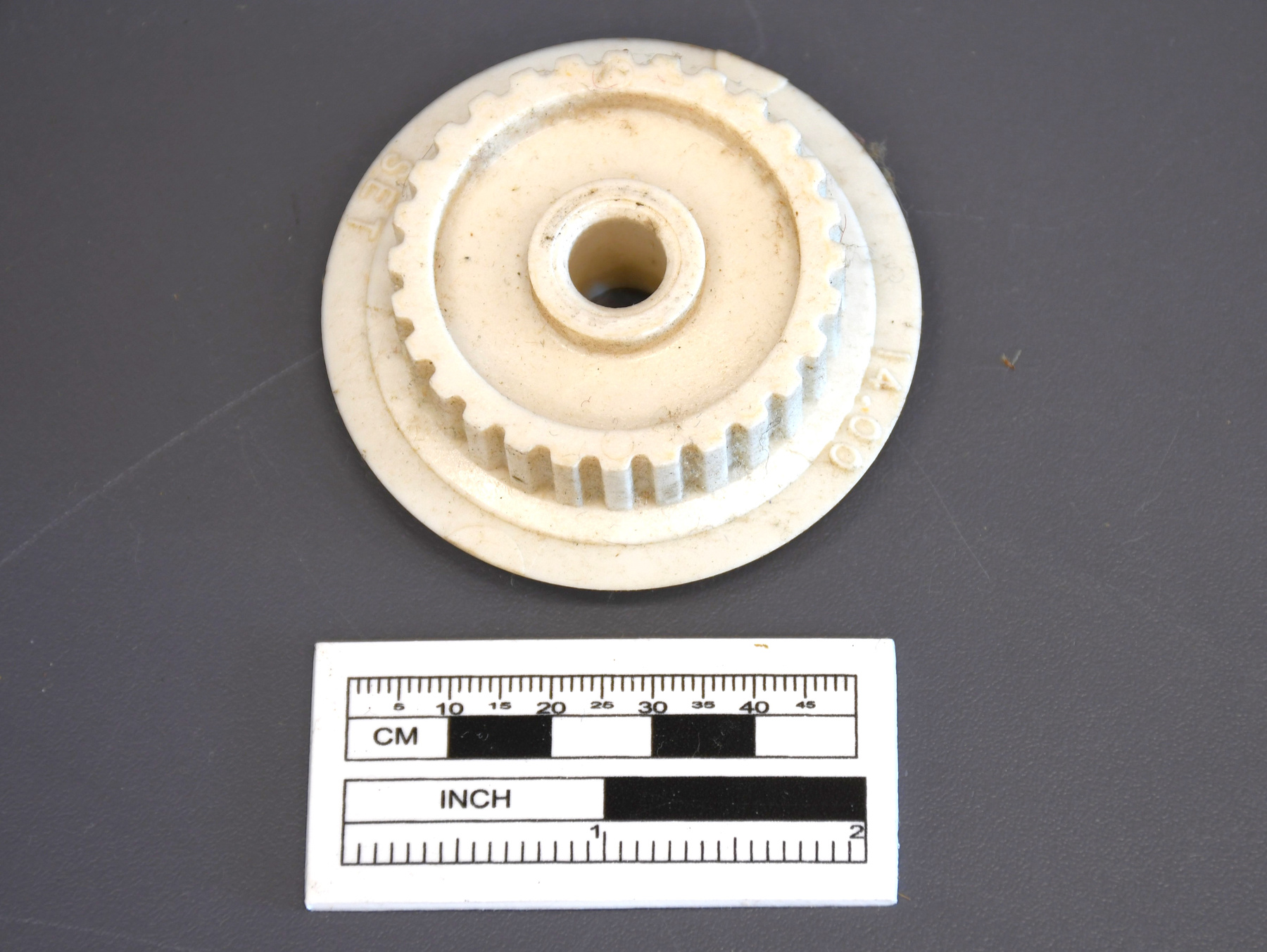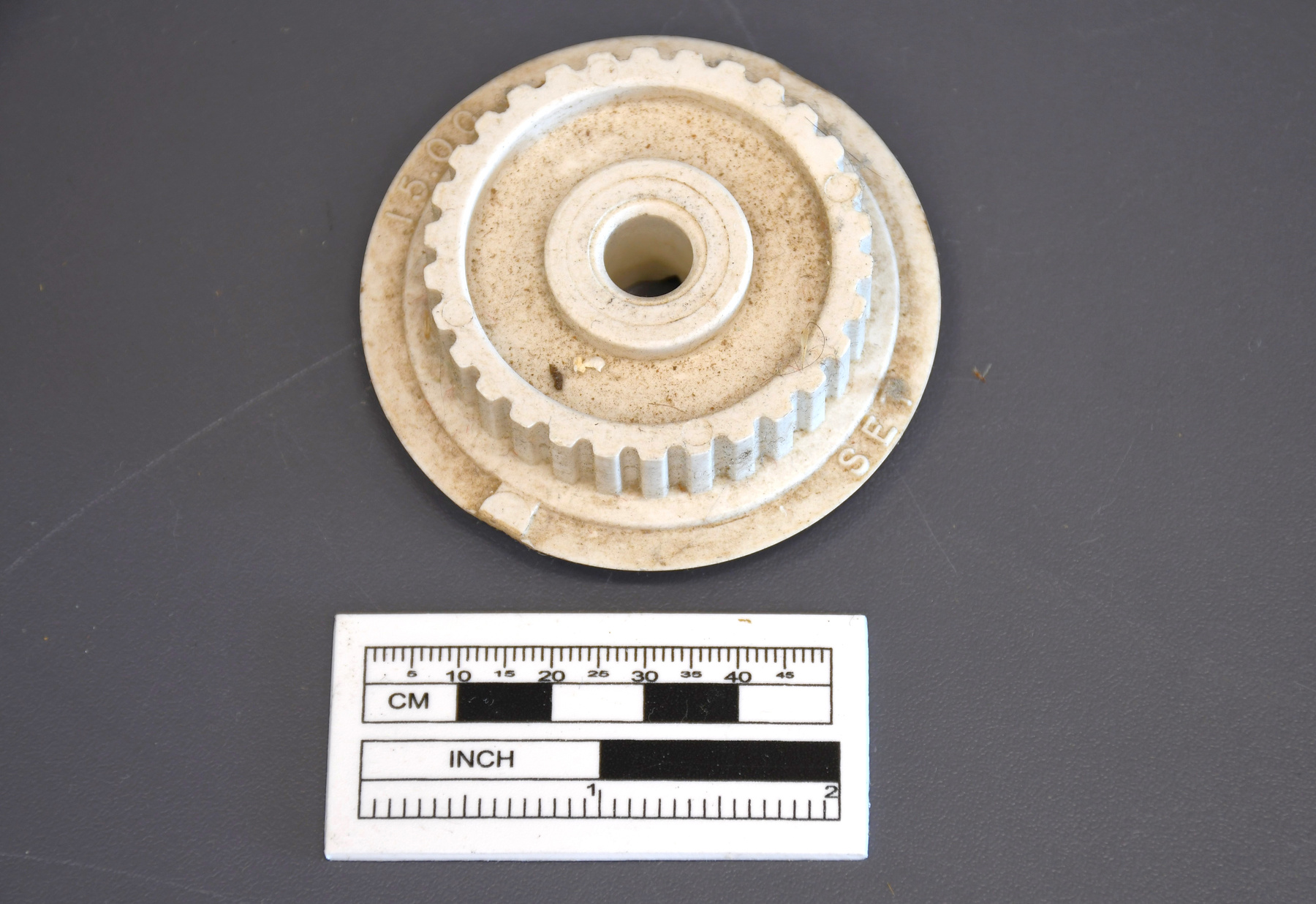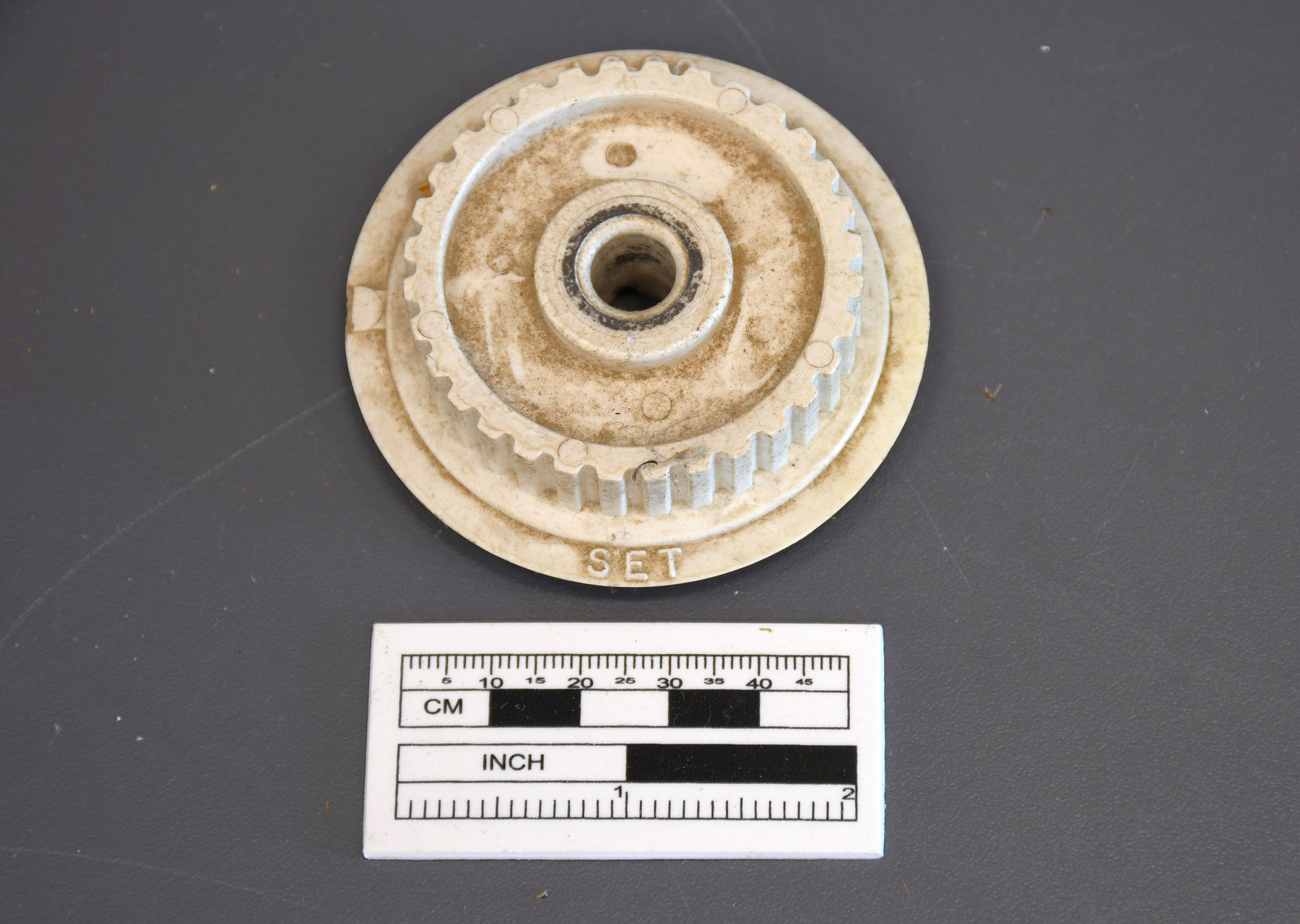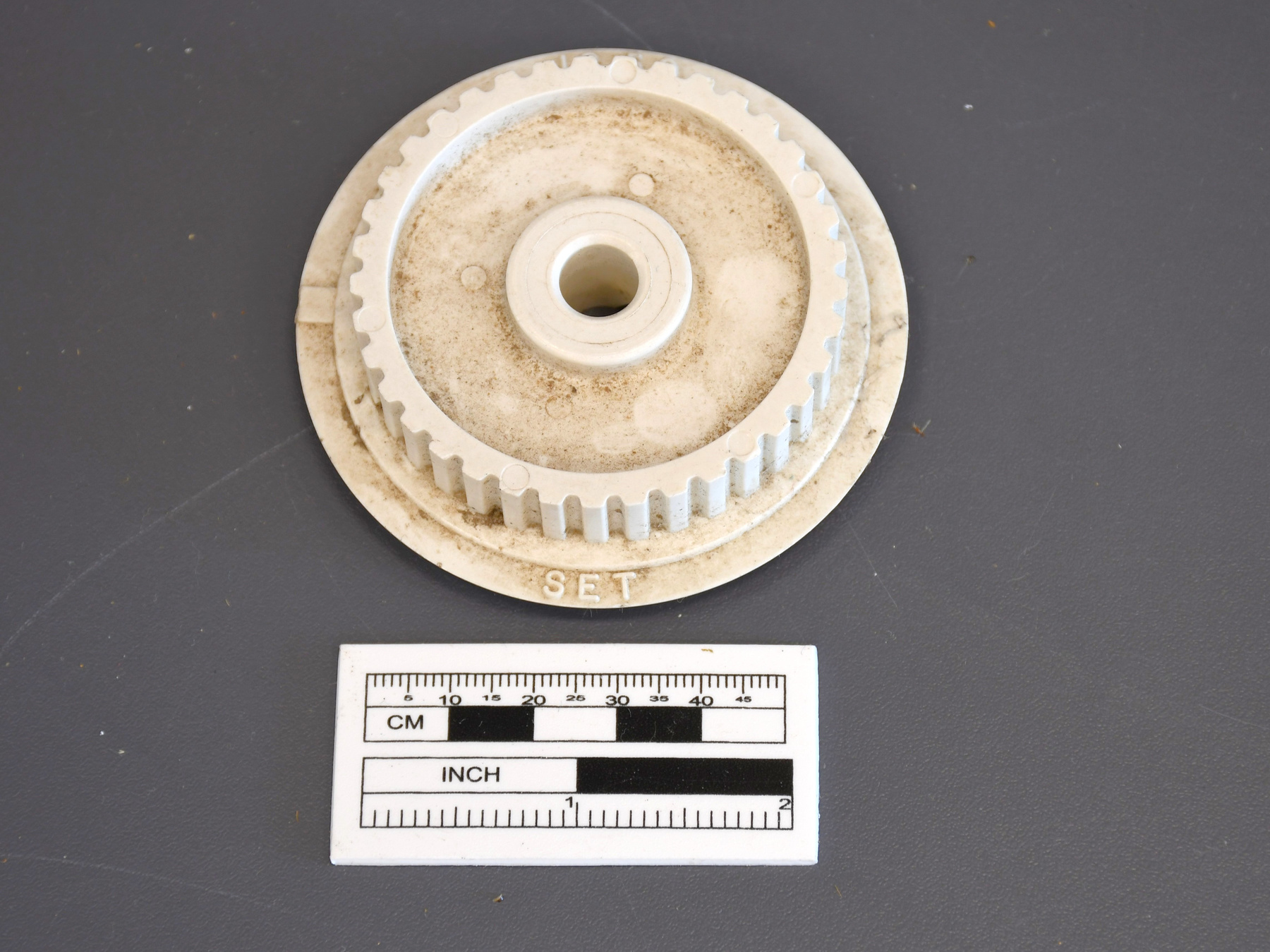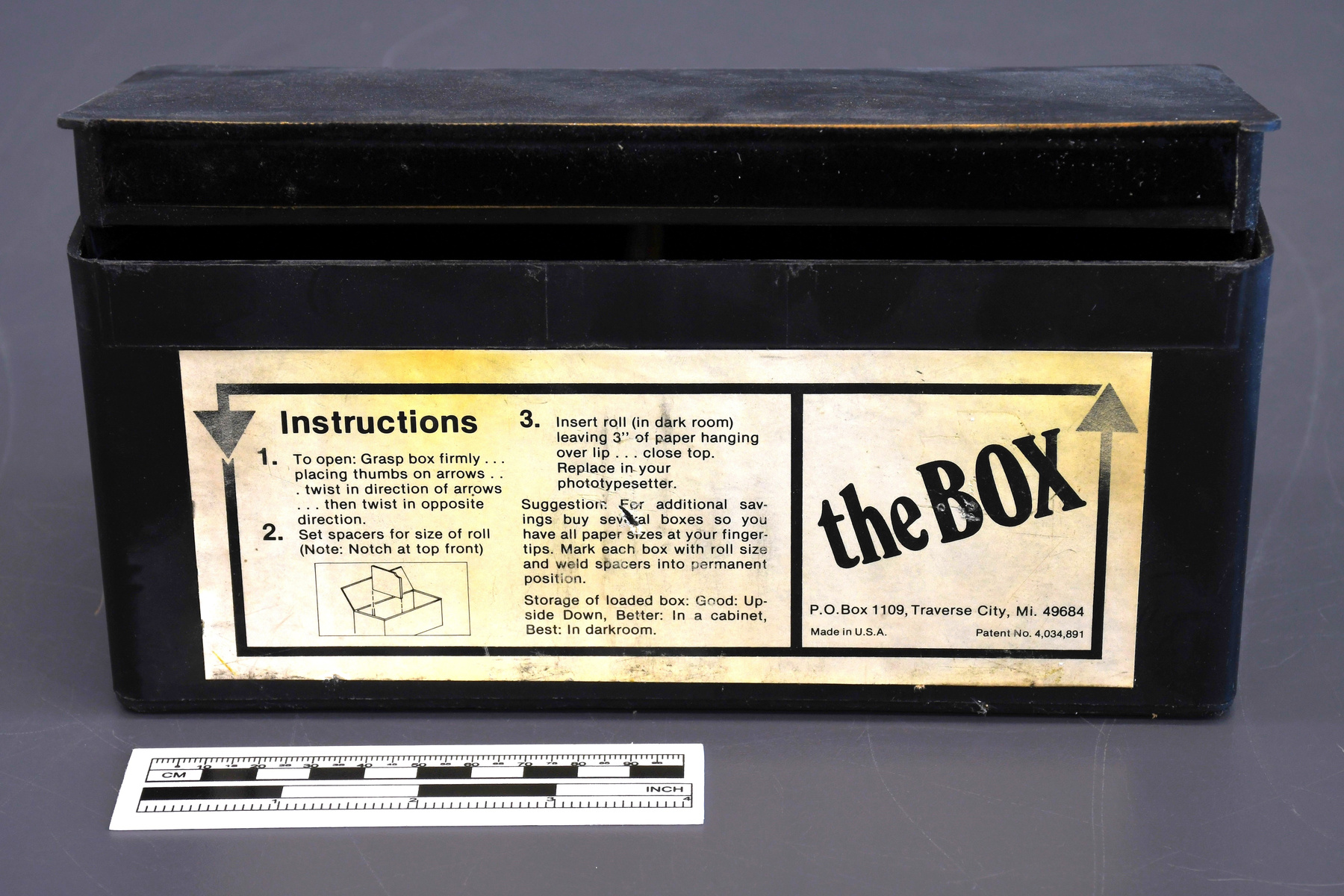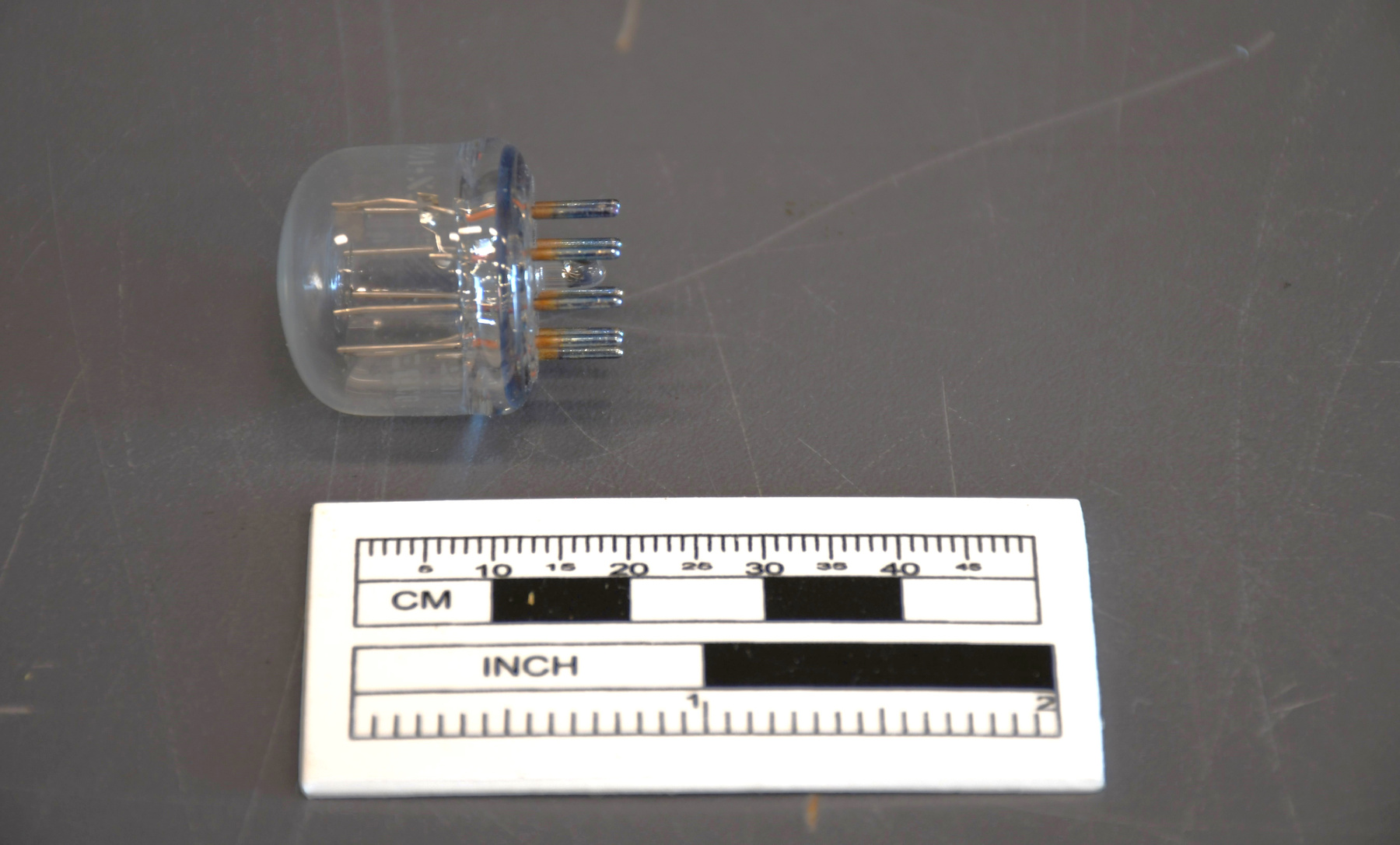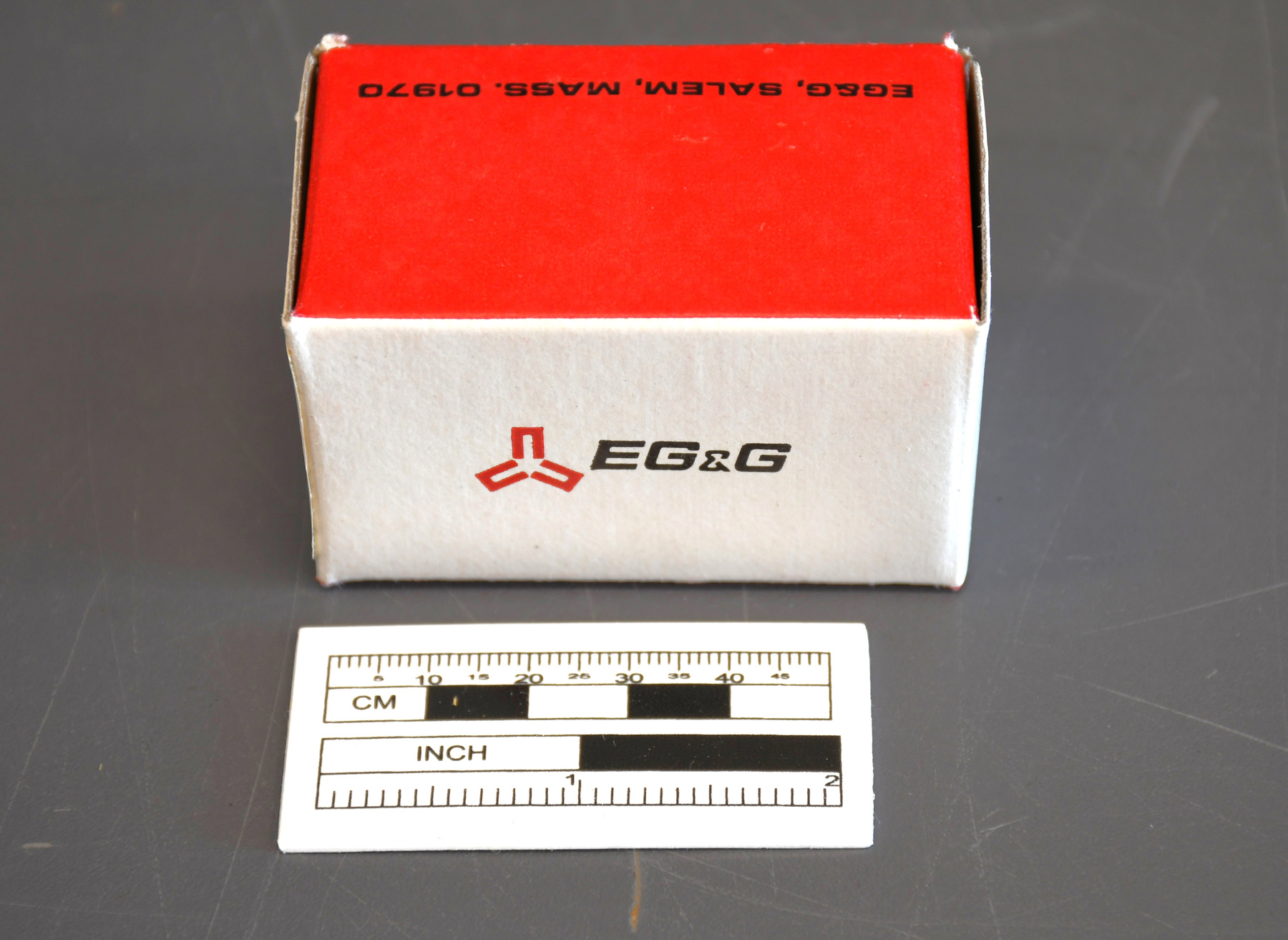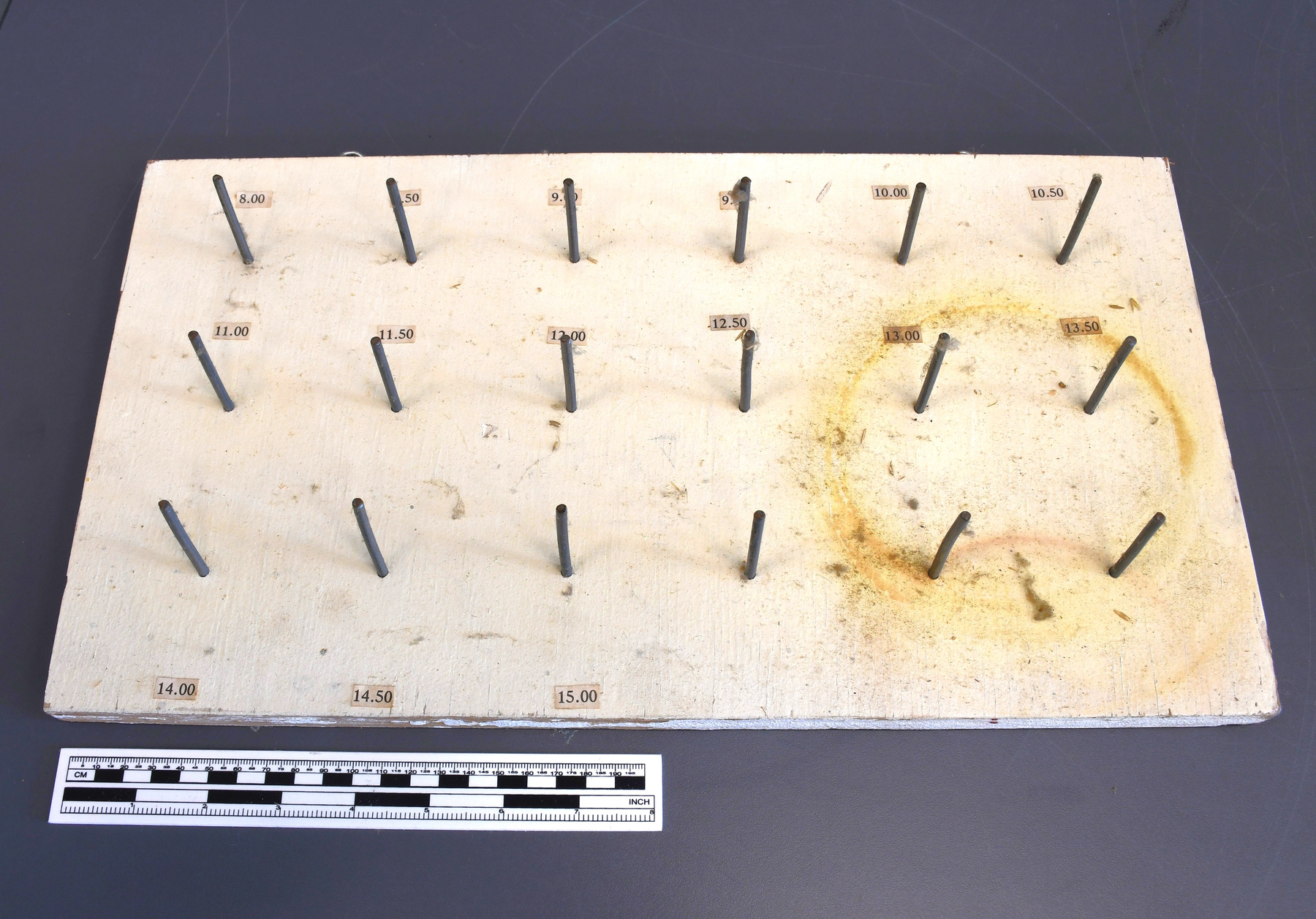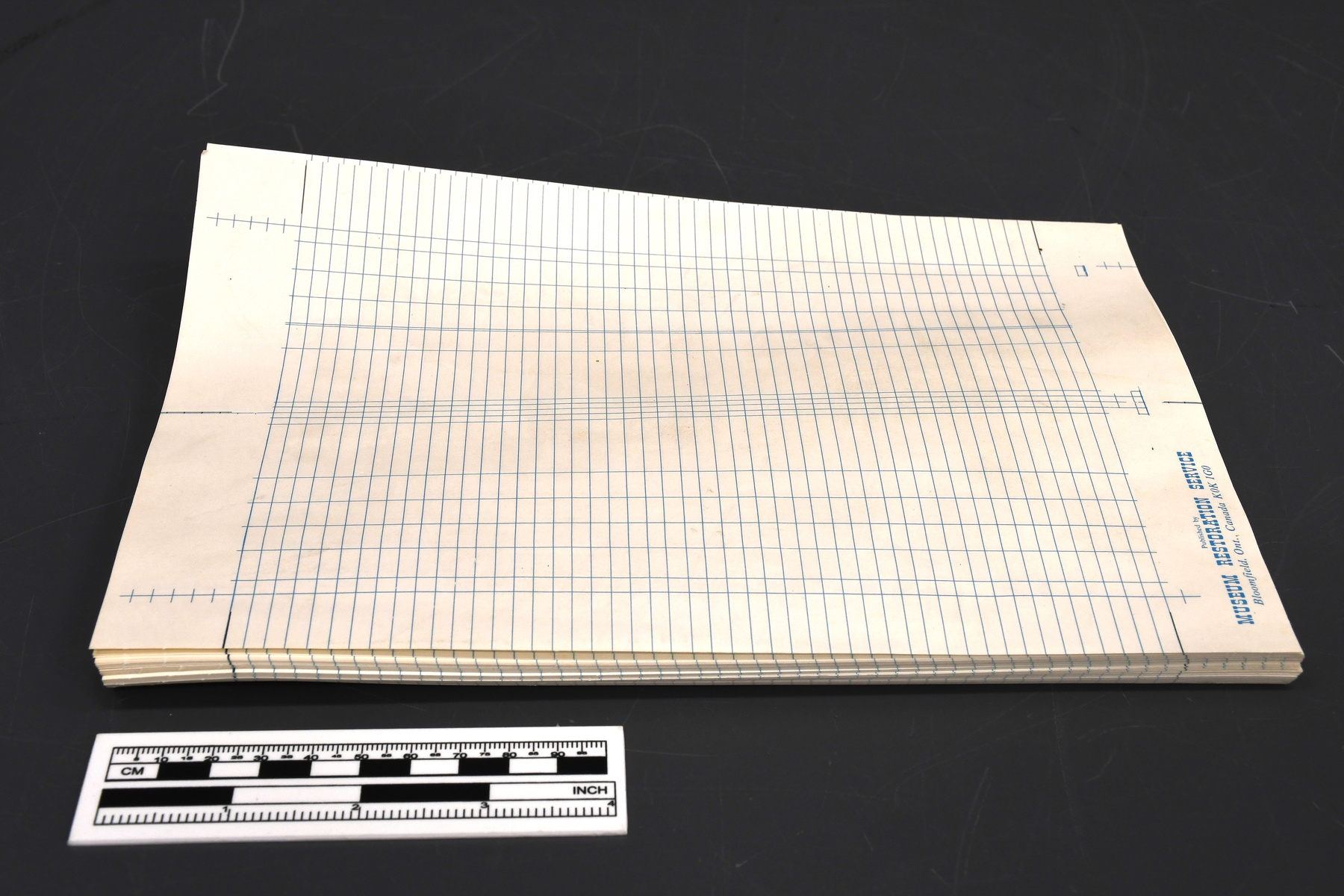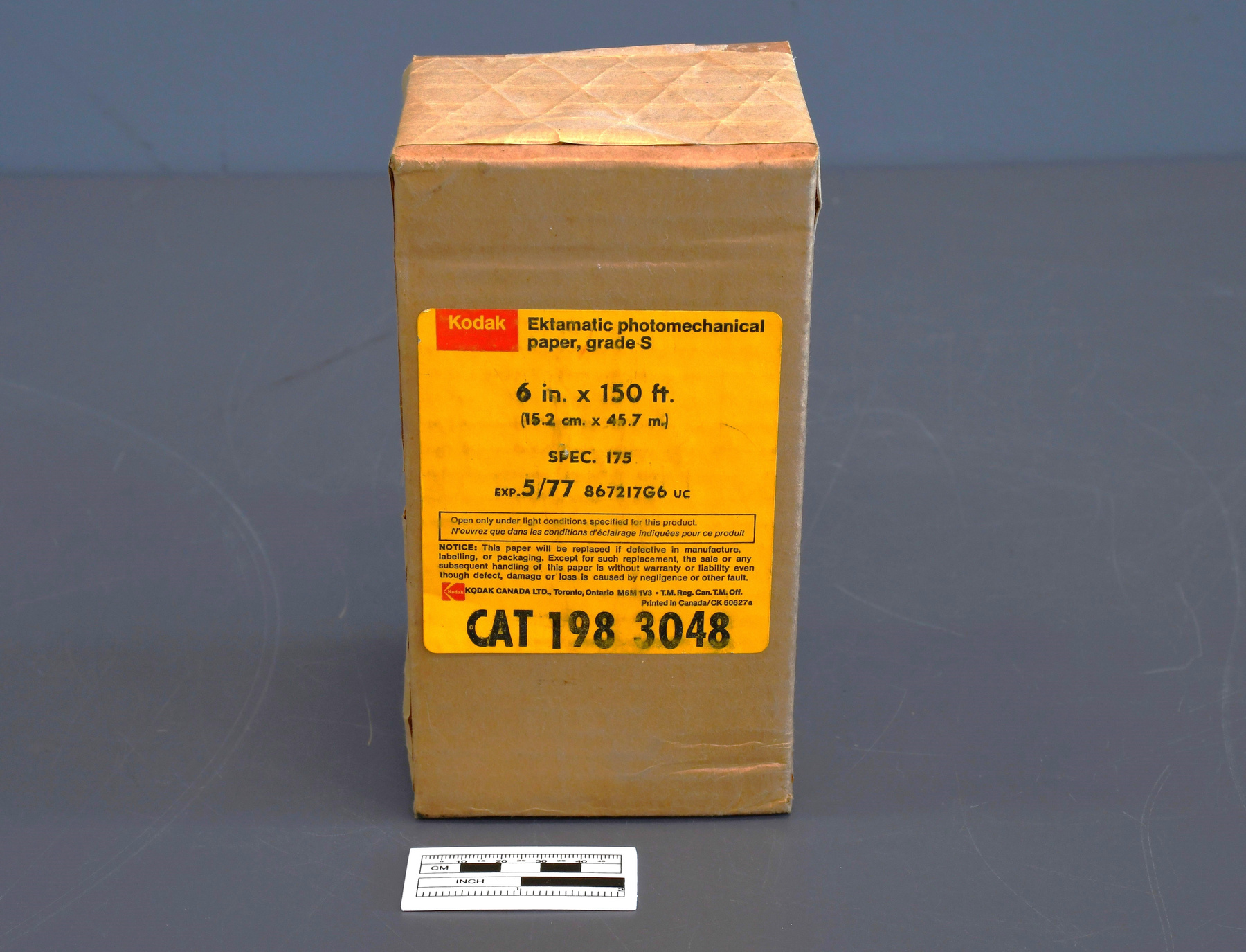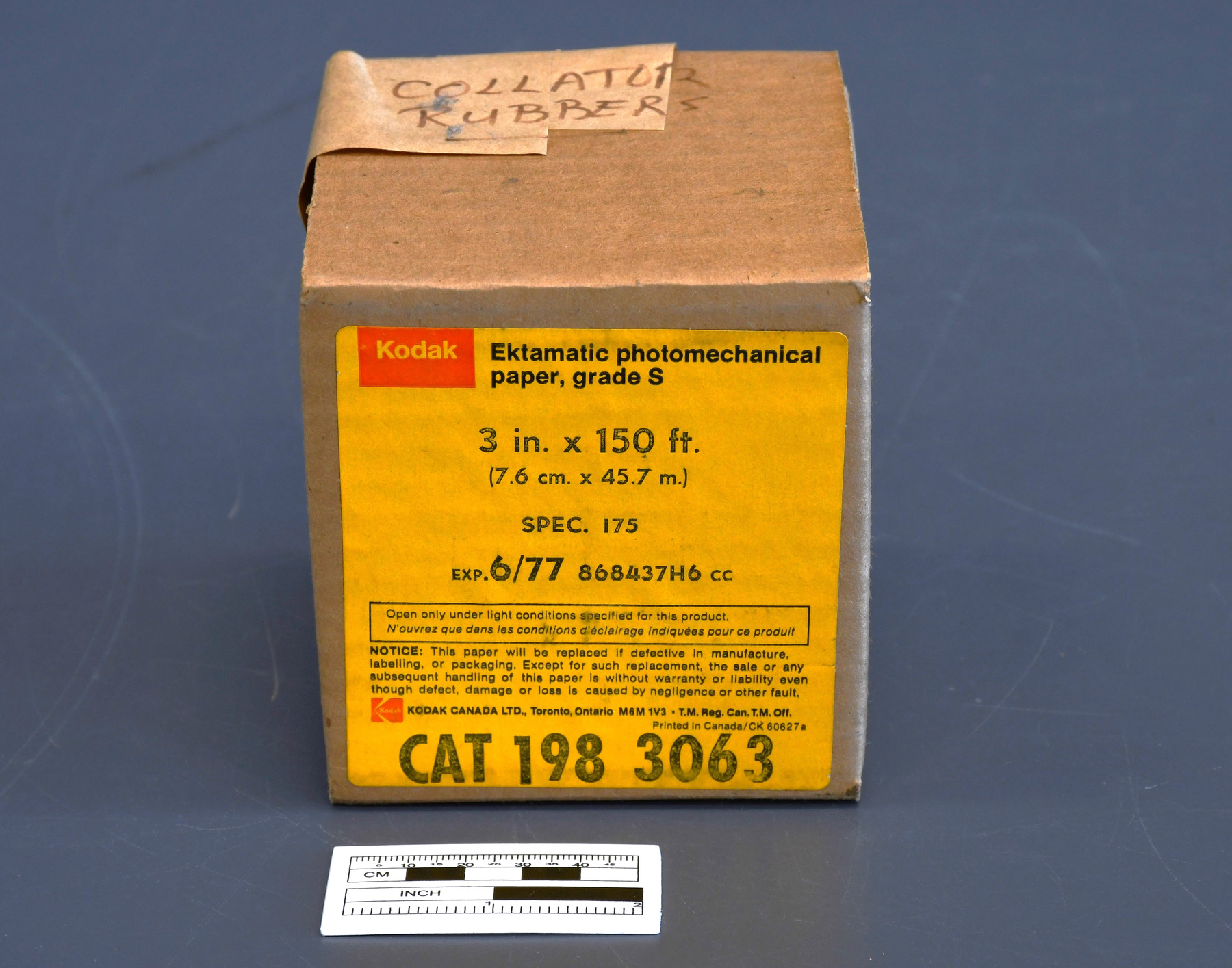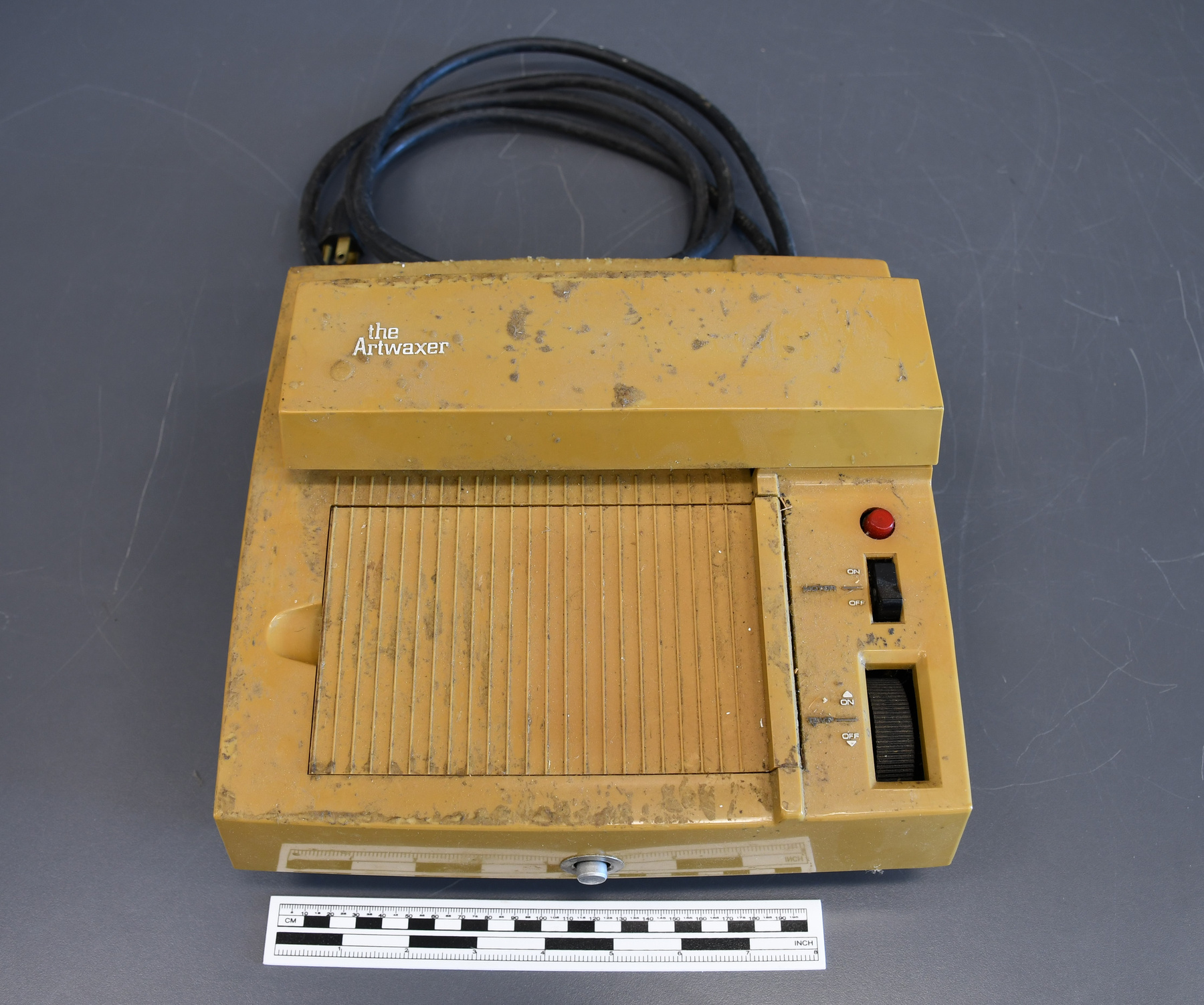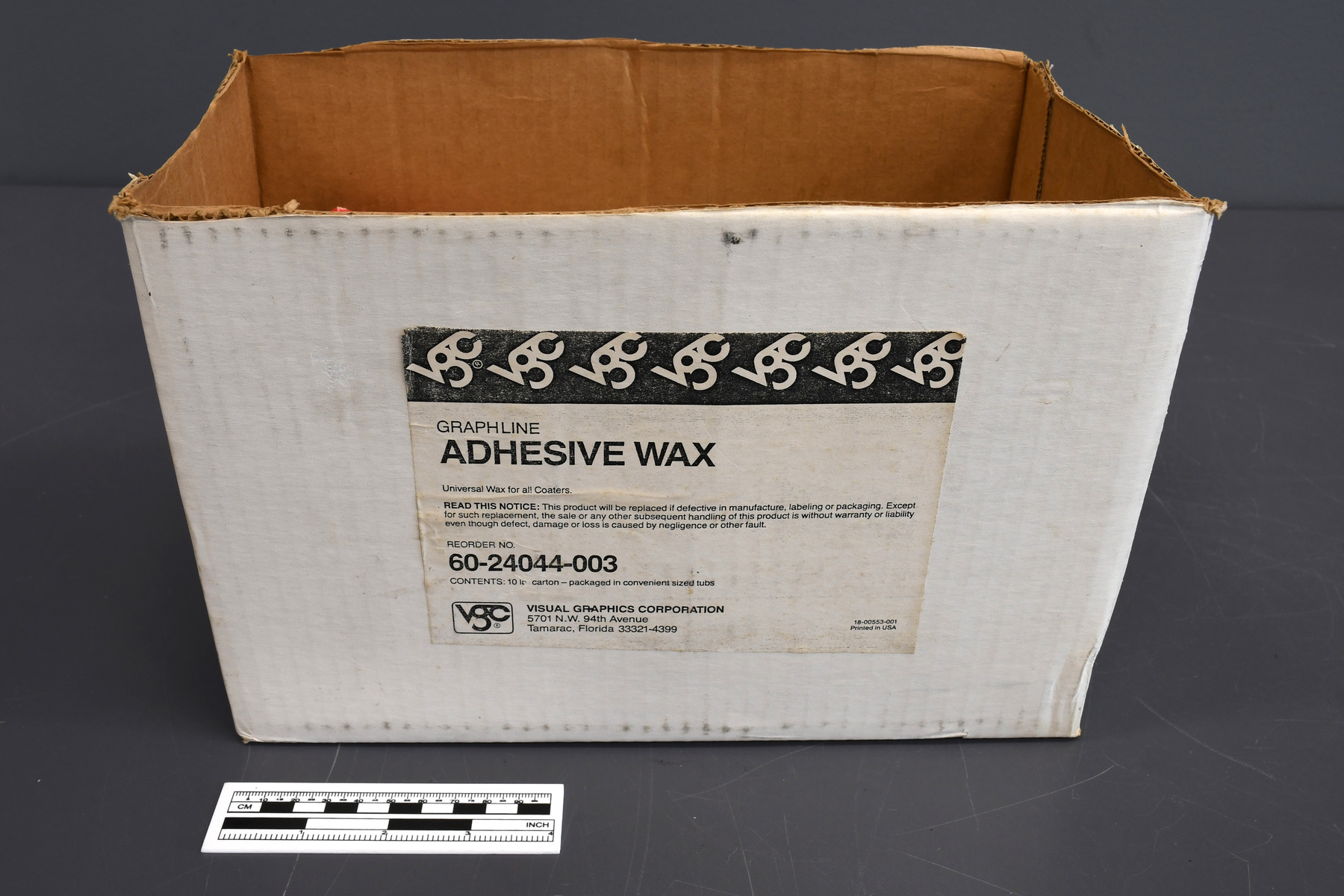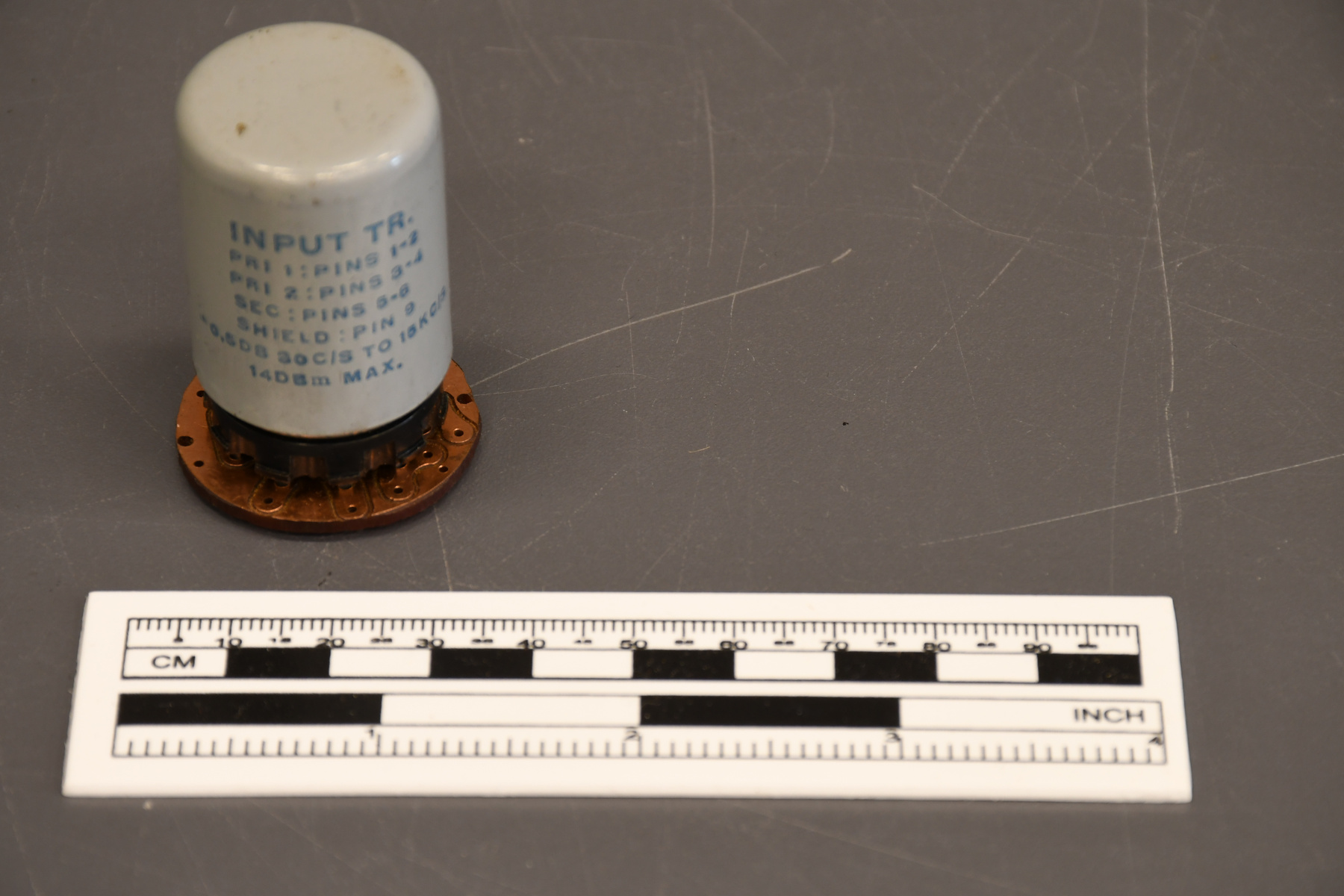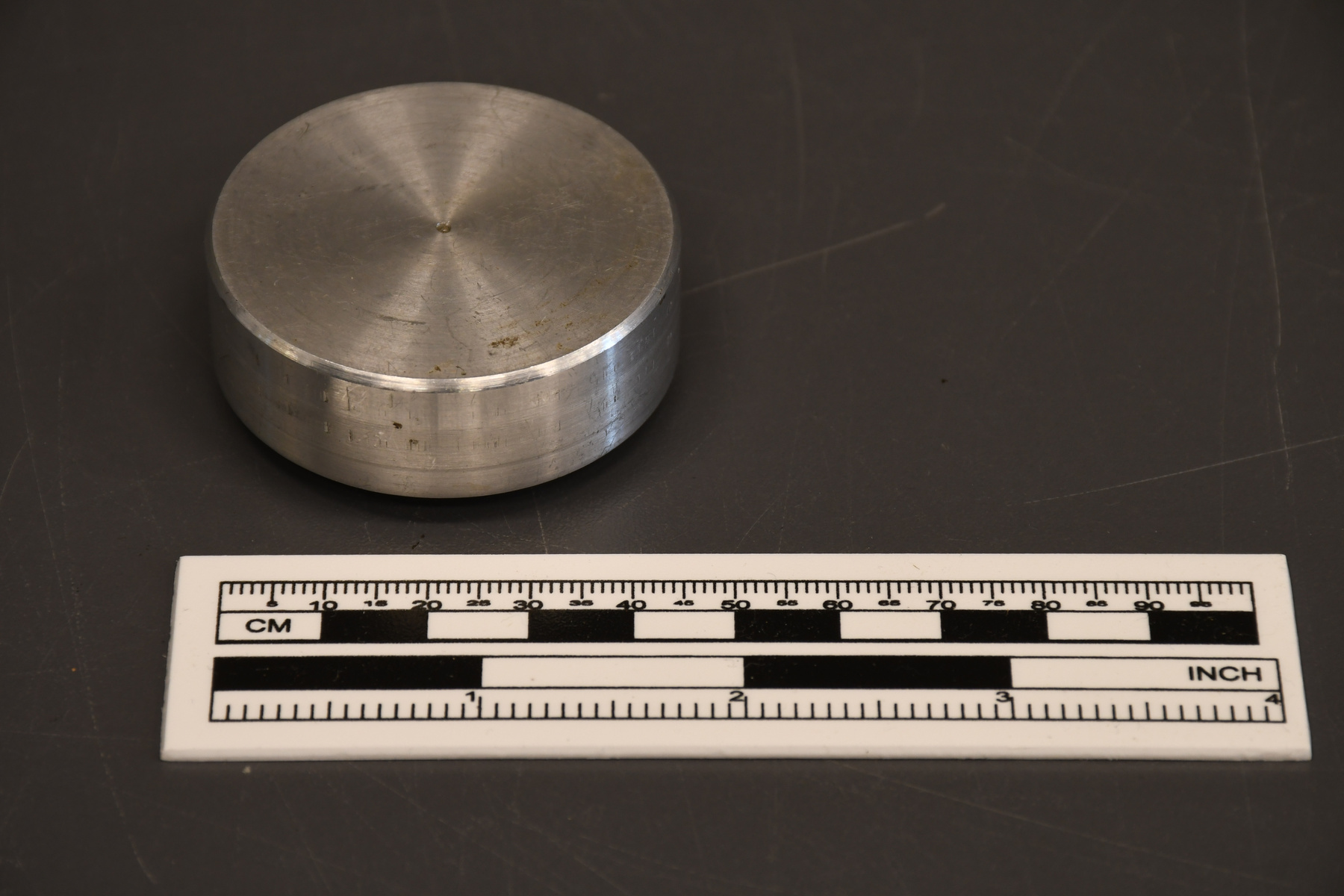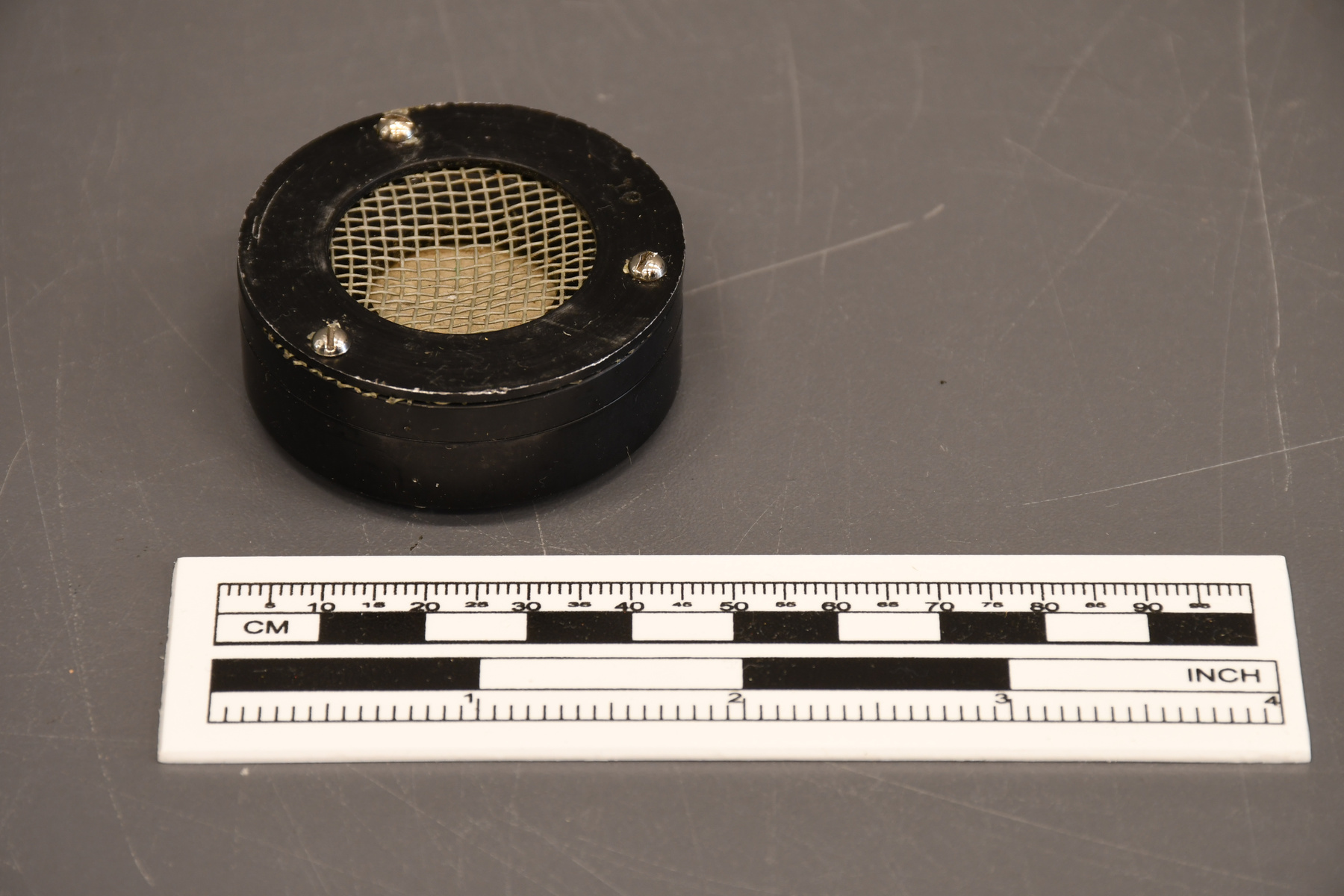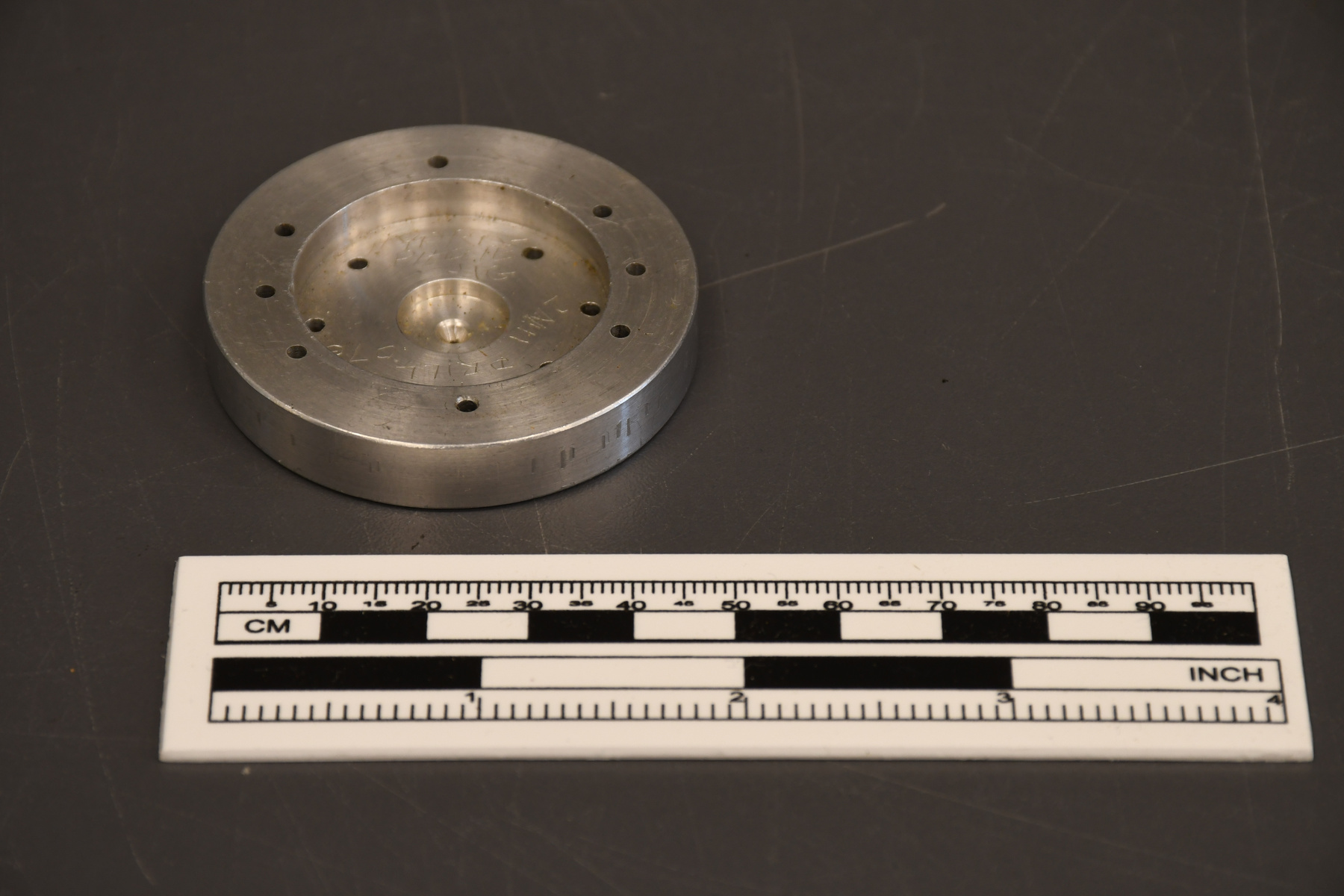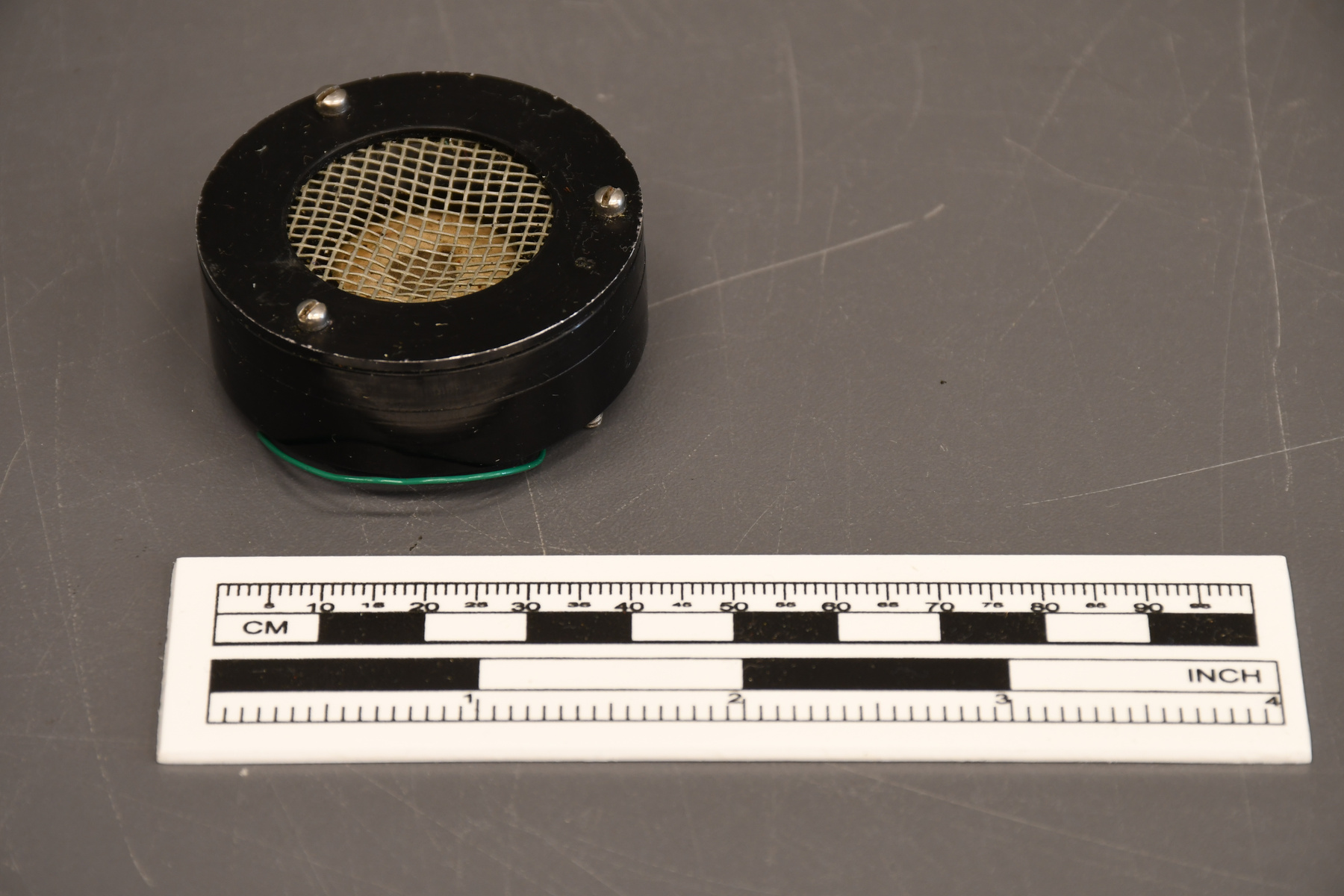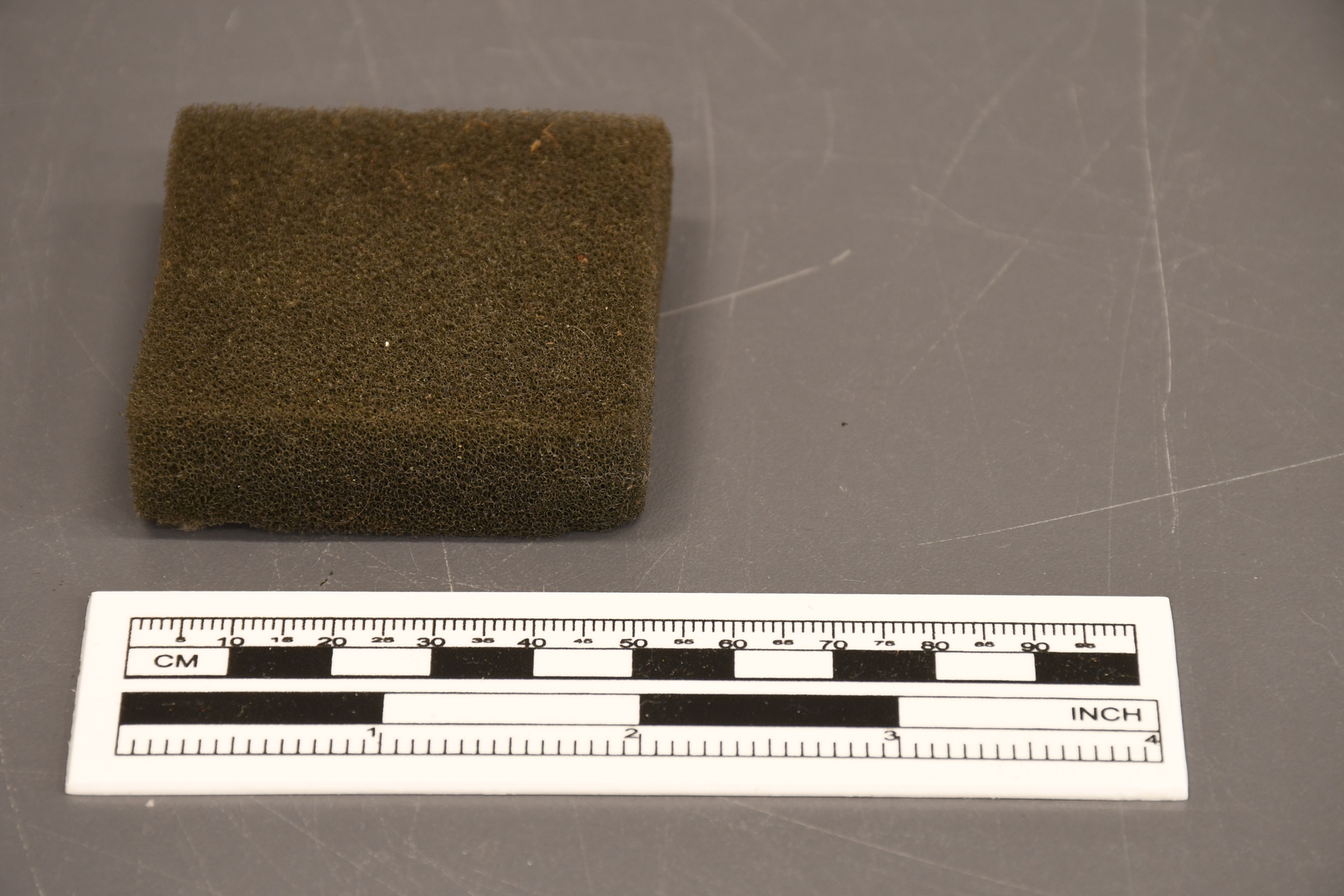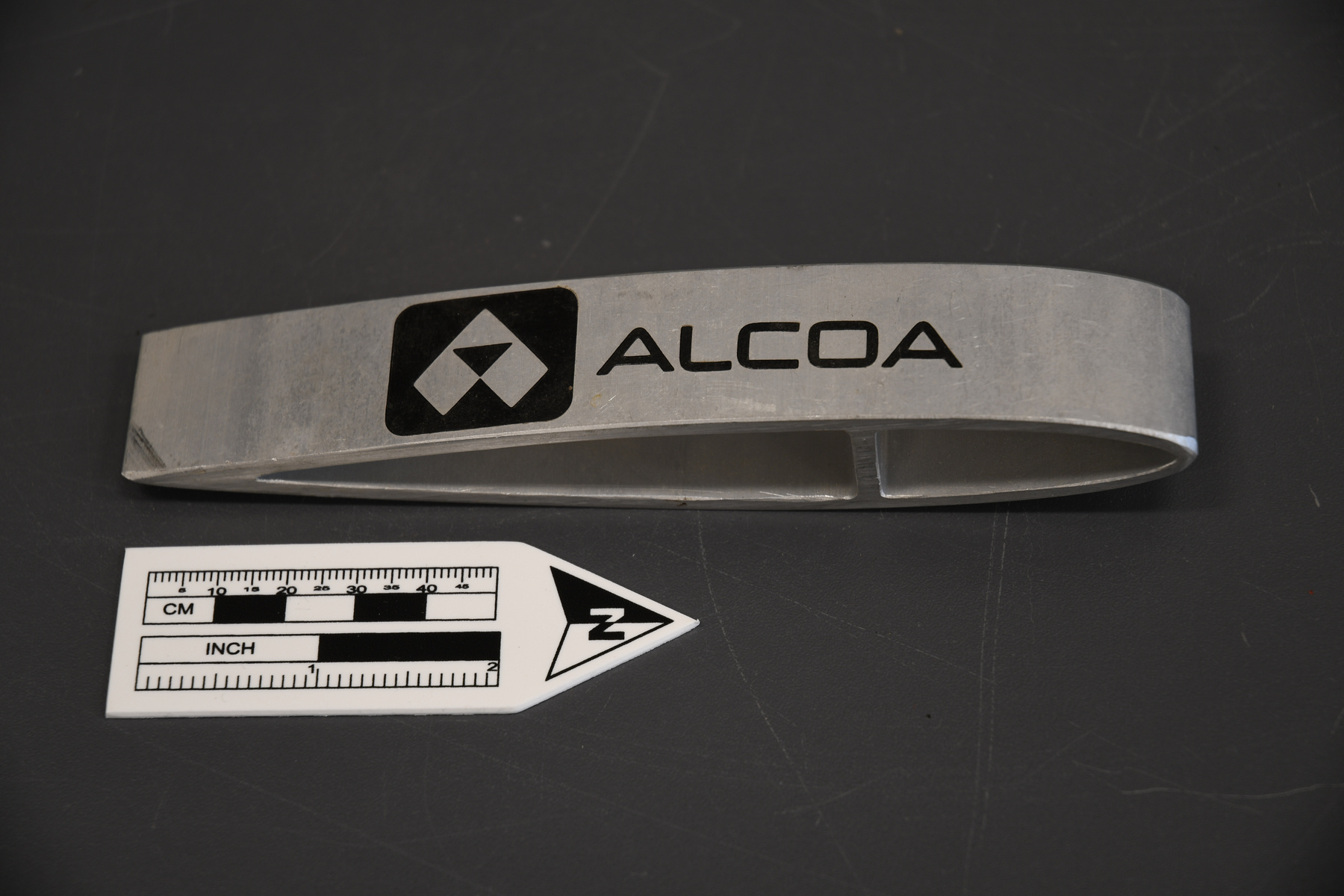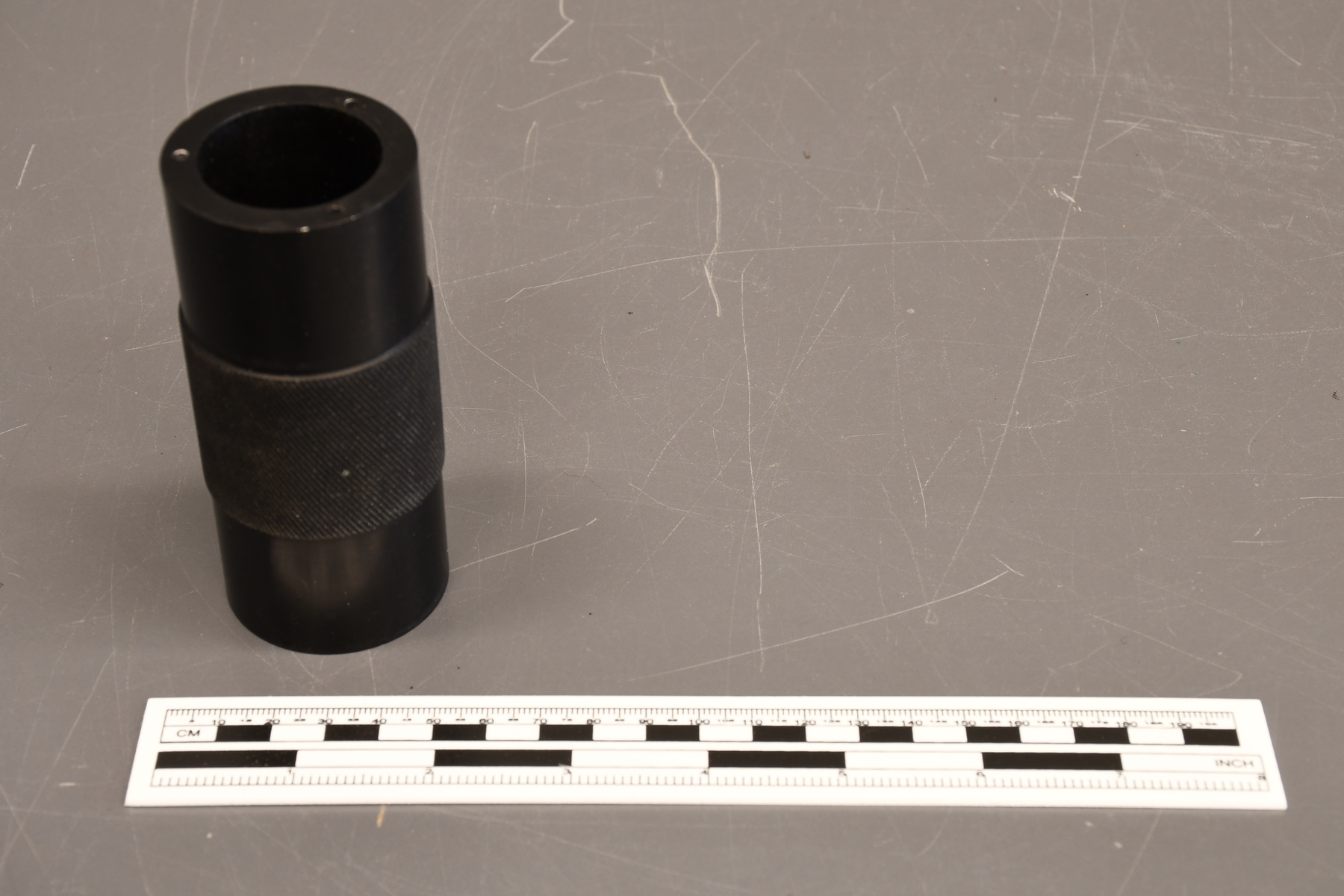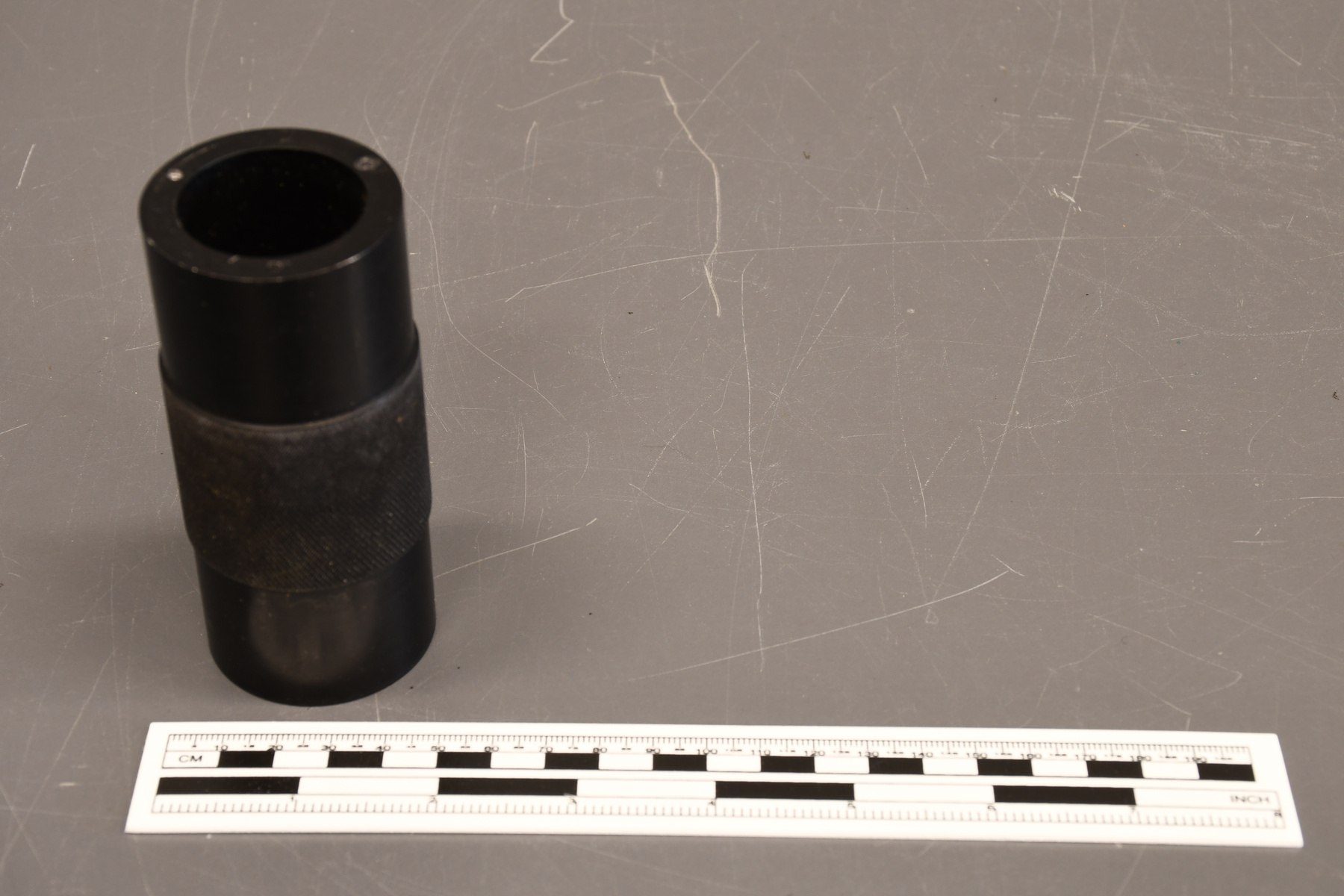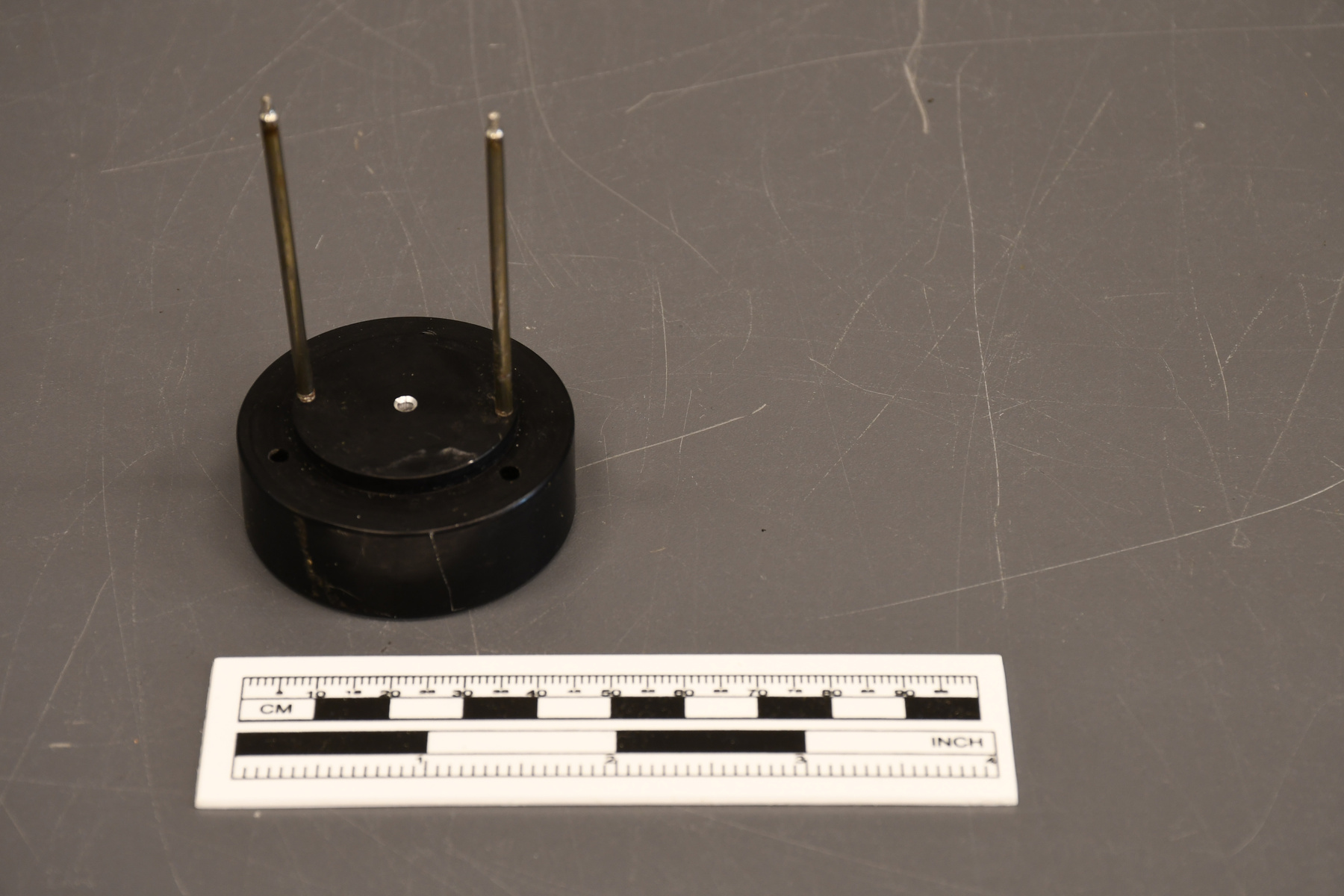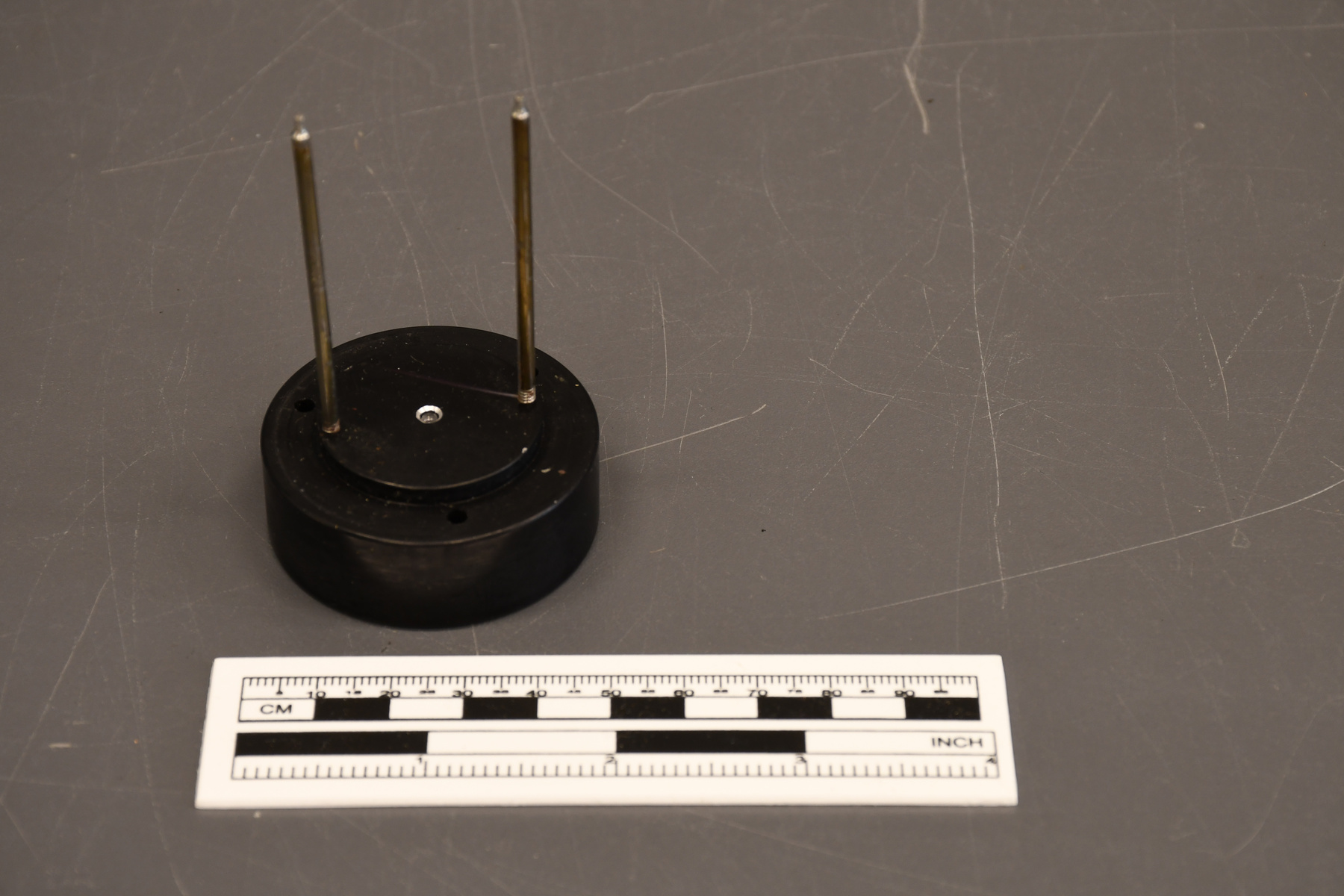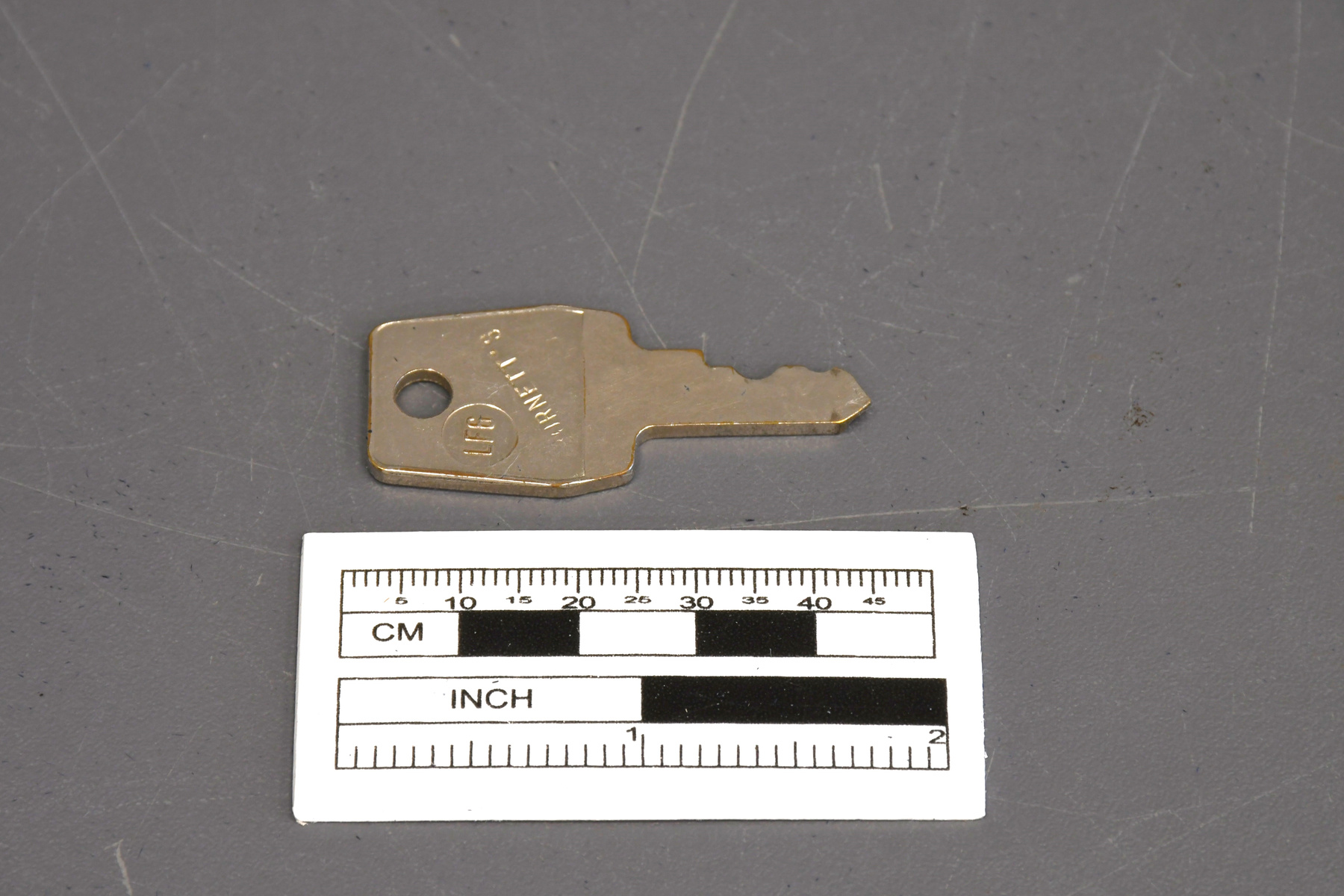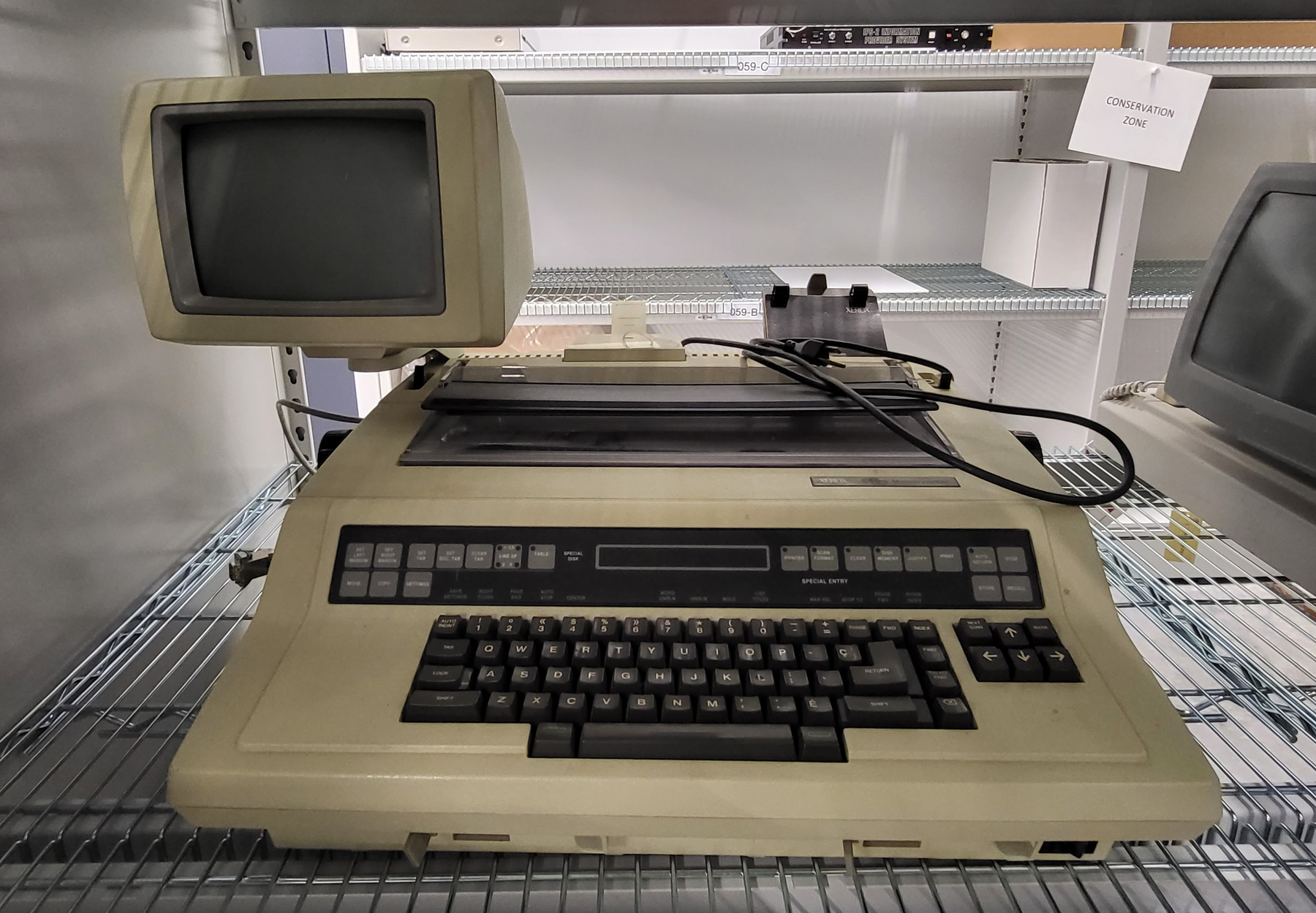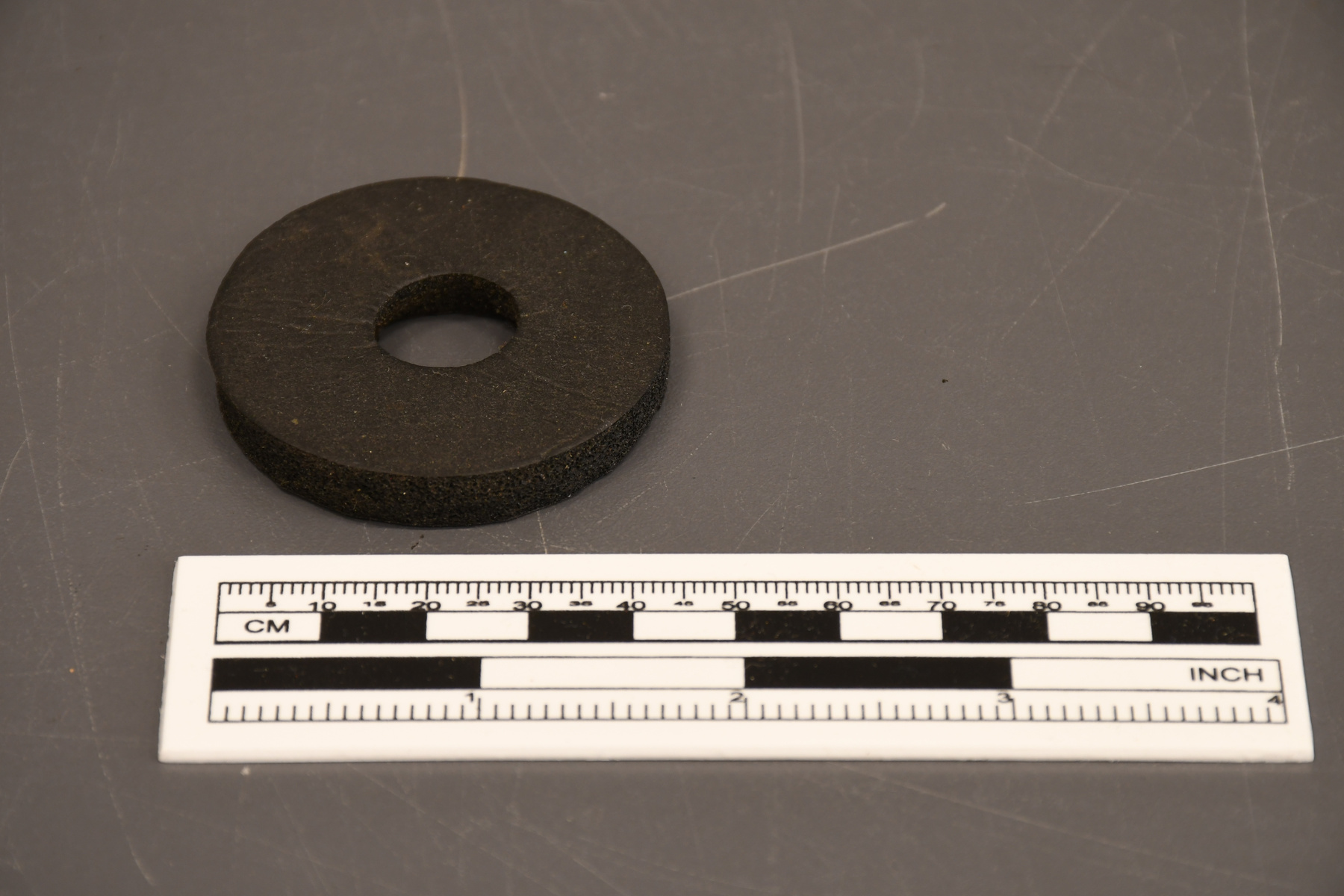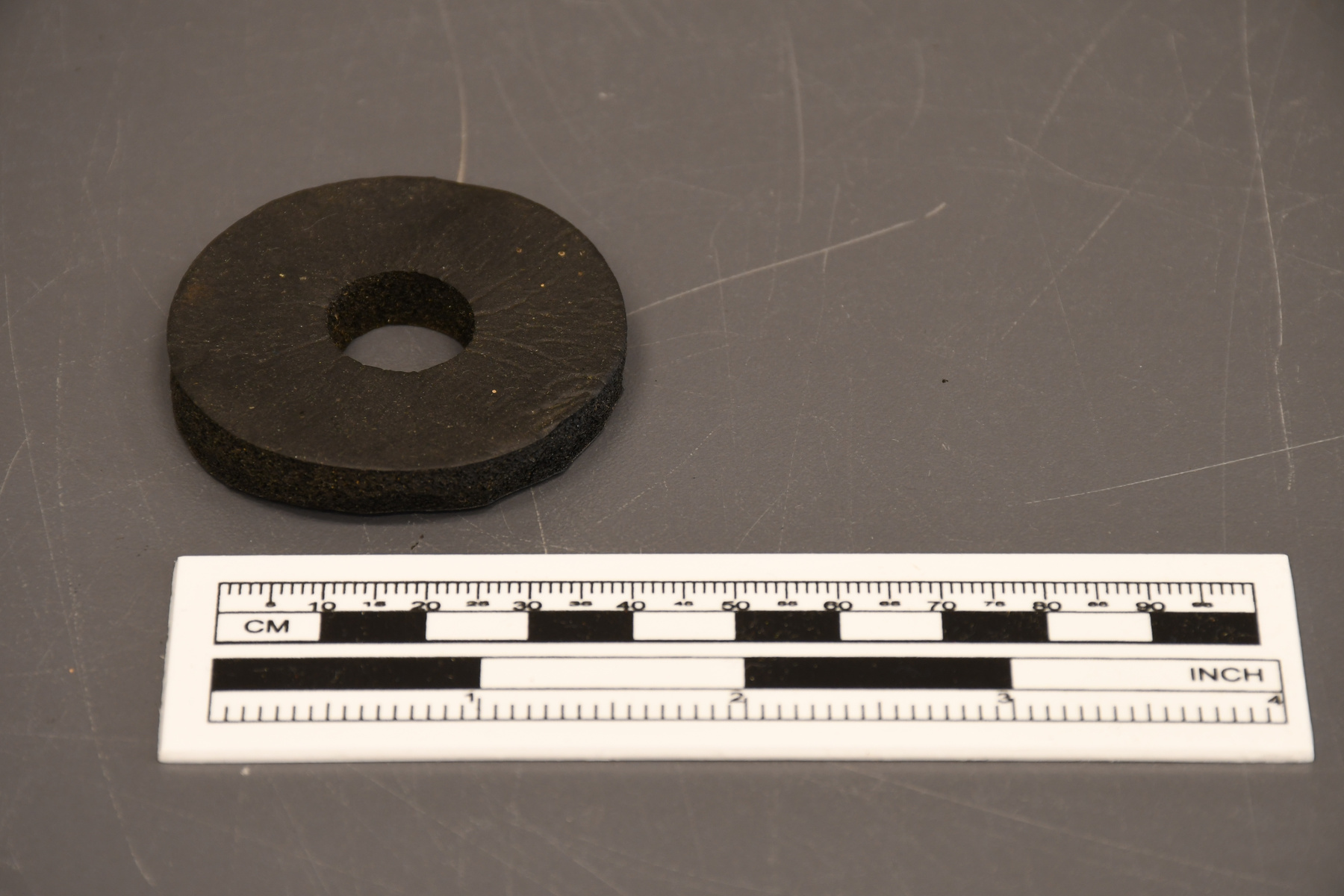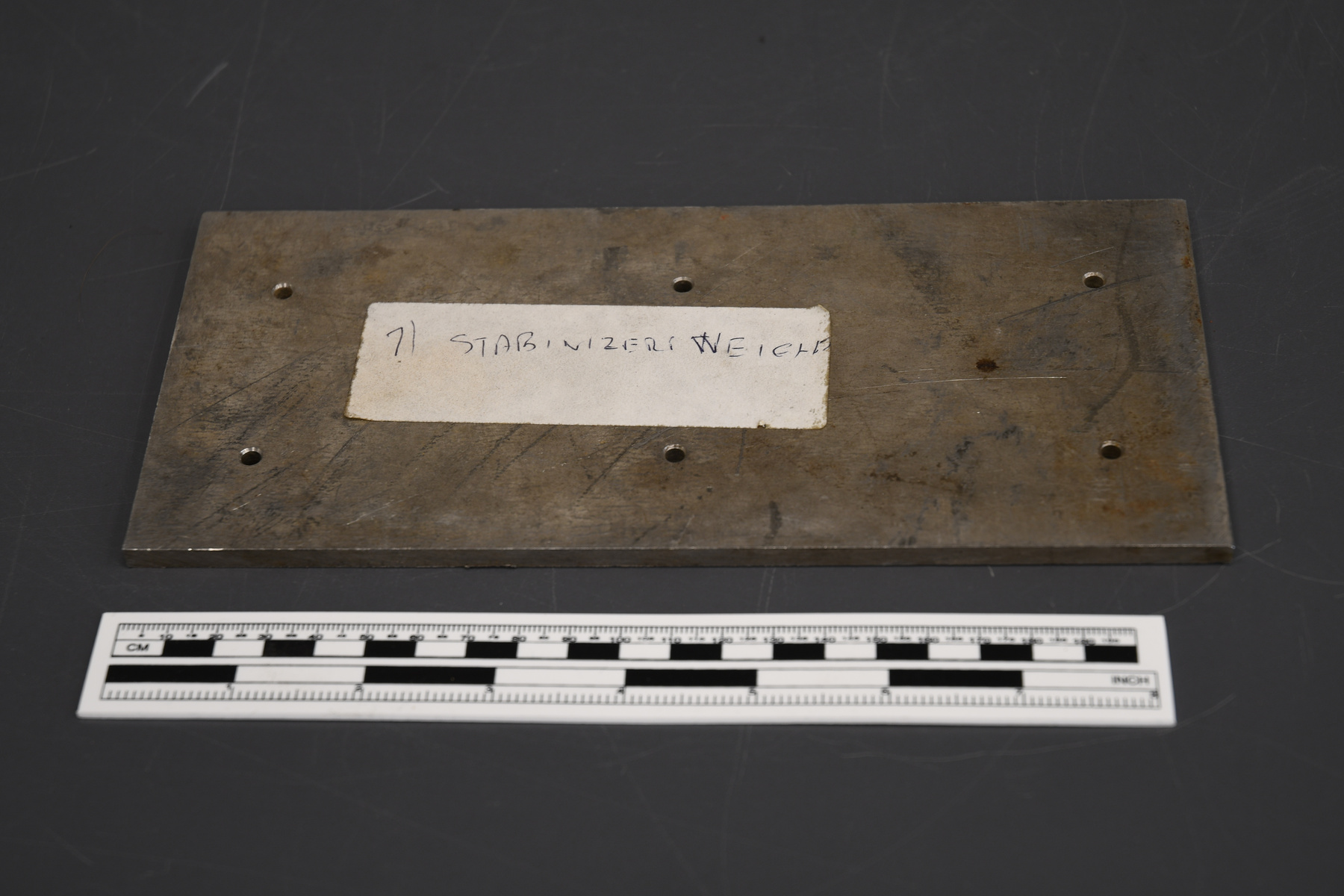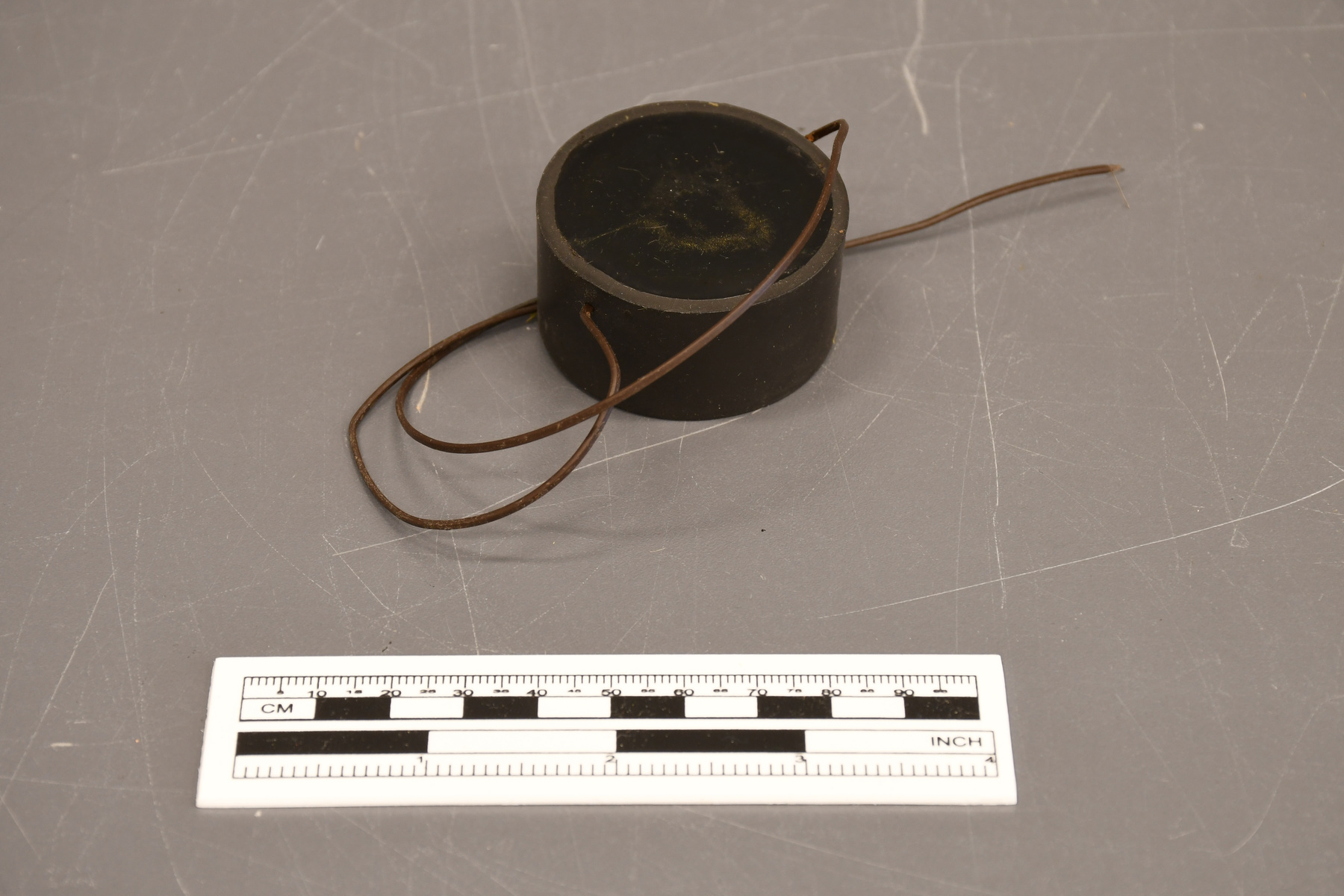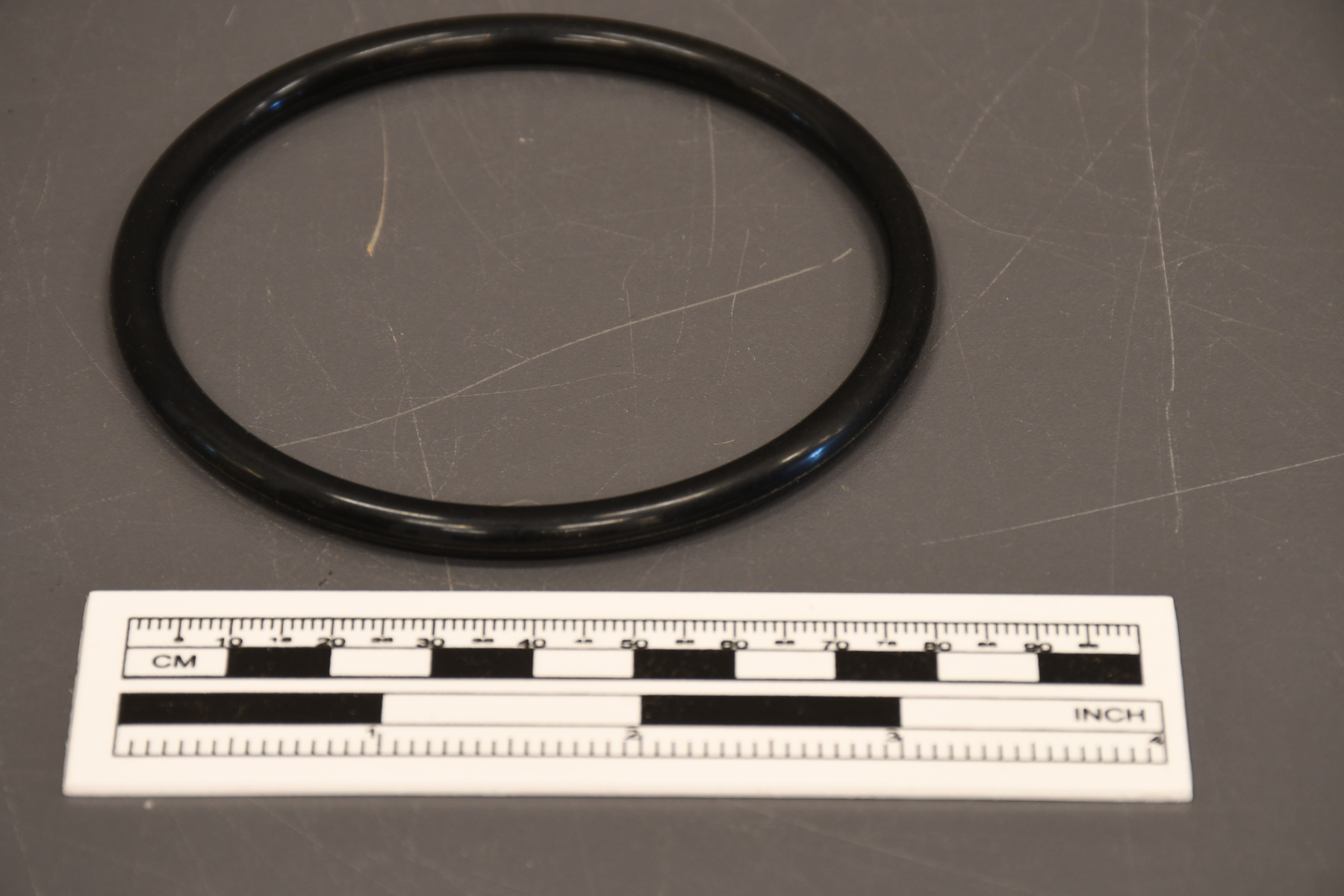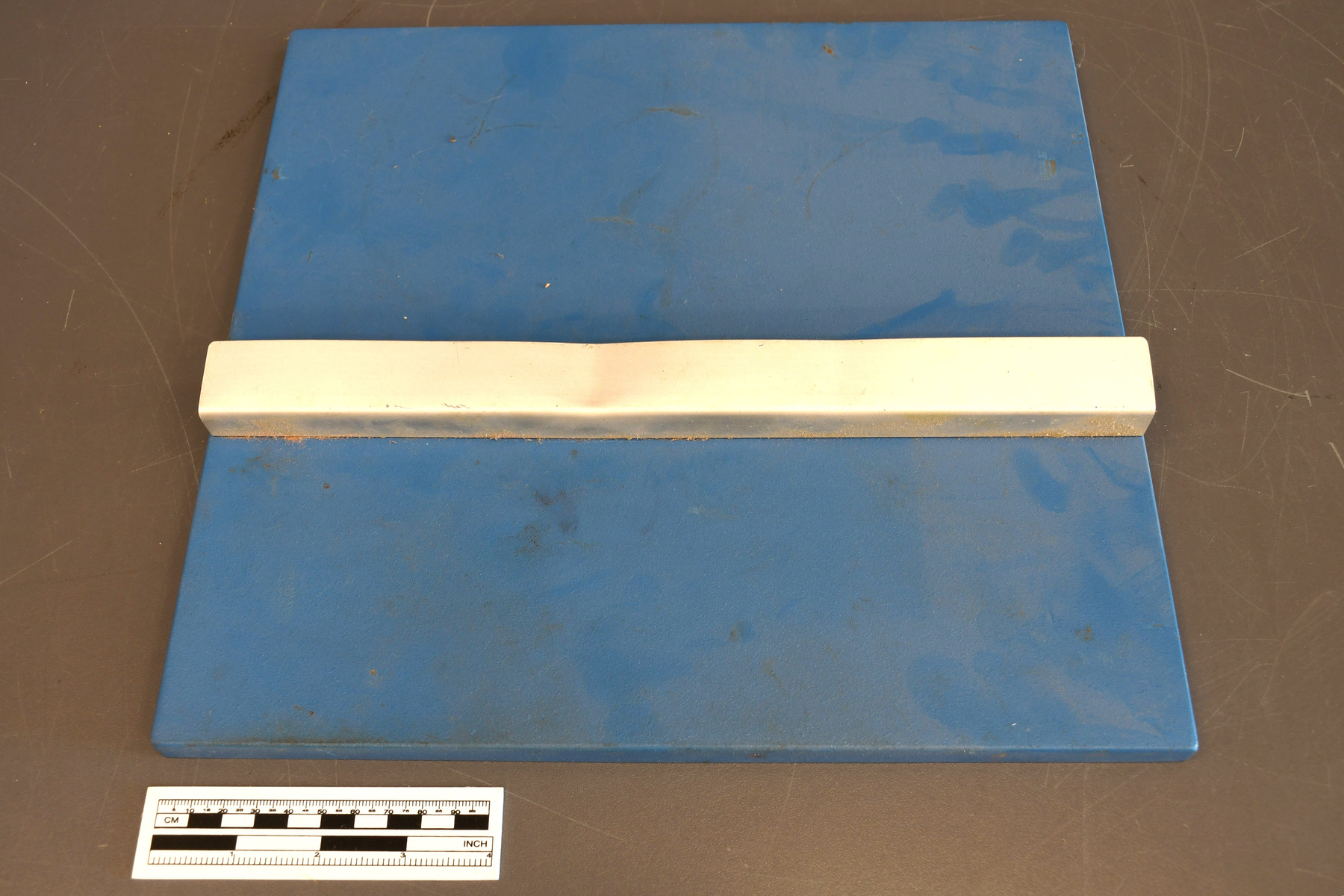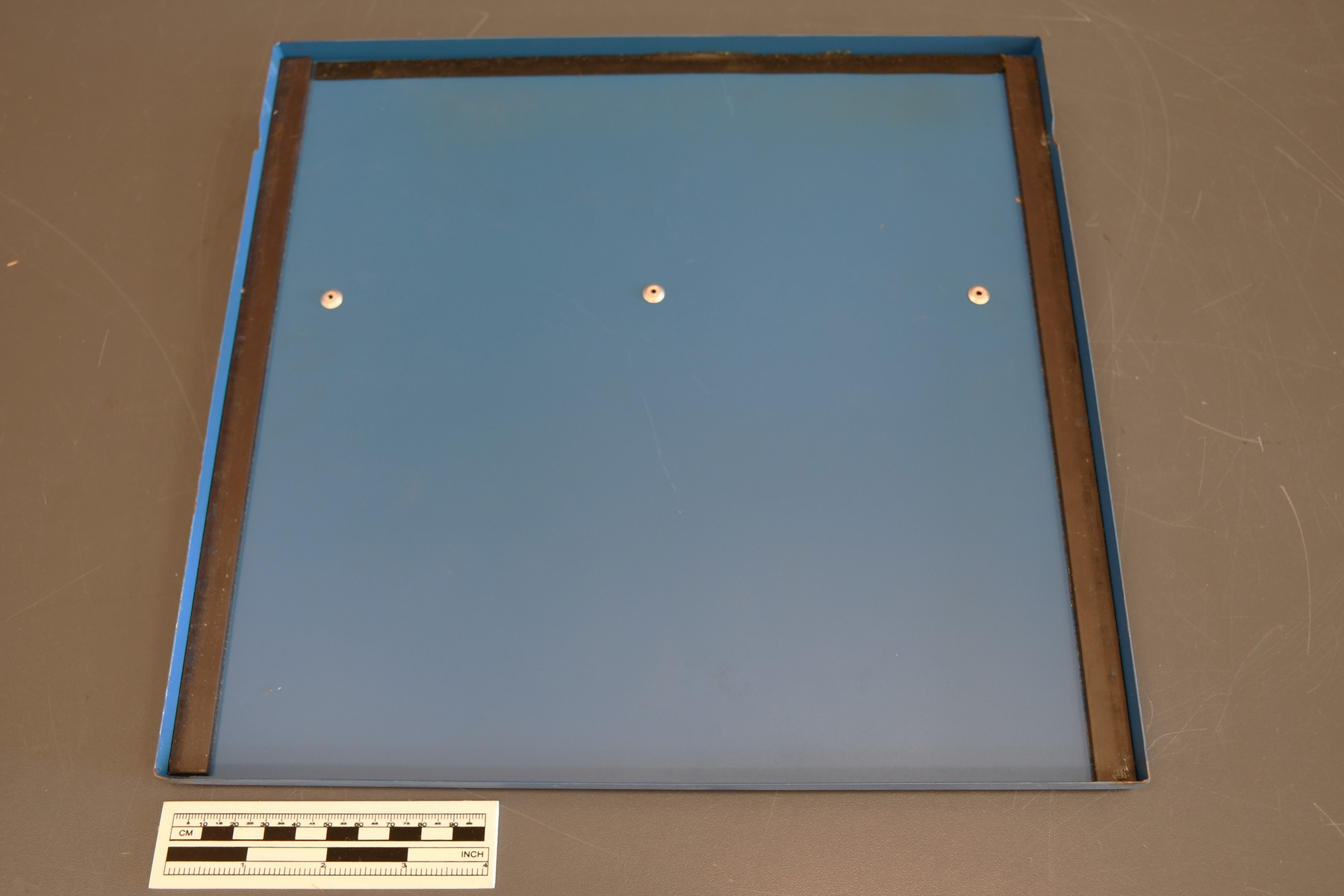Typesetter part
Use this image
Can I reuse this image without permission? Yes
Object images on the Ingenium Collection’s portal have the following Creative Commons license:
Copyright Ingenium / CC BY-NC-ND (Attribution-NonCommercial 4.0 International (CC BY-NC 4.0)
ATTRIBUTE THIS IMAGE
Ingenium,
2003.1167.003
Permalink:
Ingenium is releasing this image under the Creative Commons licensing framework, and encourages downloading and reuse for non-commercial purposes. Please acknowledge Ingenium and cite the artifact number.
DOWNLOAD IMAGEPURCHASE THIS IMAGE
This image is free for non-commercial use.
For commercial use, please consult our Reproduction Fees and contact us to purchase the image.
- OBJECT TYPE
- N/A
- DATE
- 1971–1975
- ARTIFACT NUMBER
- 2003.1167.003
- MANUFACTURER
- Compugraphic Corp.
- MODEL
- CompuWriter Junior
- LOCATION
- Wilmington, Massachusetts, United States of America
More Information
General Information
- Serial #
- N/A
- Part Number
- 3
- Total Parts
- 8
- AKA
- N/A
- Patents
- N/A
- General Description
- An object comprised of metal material/Un objet fait avec des éléments en métal.
Dimensions
Note: These reflect the general size for storage and are not necessarily representative of the object's true dimensions.
- Length
- N/A
- Width
- N/A
- Height
- N/A
- Thickness
- N/A
- Weight
- N/A
- Diameter
- N/A
- Volume
- N/A
Lexicon
- Group
- Printing
- Category
- Typesetting
- Sub-Category
- N/A
Manufacturer
- AKA
- Compugraphic
- Country
- United States of America
- State/Province
- Massachusetts
- City
- Wilmington
Context
- Country
- Canada
- State/Province
- Ontario
- Period
- This artifact was purchased in the early to mid 1970s.
- Canada
-
The CompuWriter was the first inexpensive direct-entry text phototypesetter incorporating an integrated keyboard. There was no need for paper tape or other intermediate technology. Justification, character width, line length and other values were all set on the console with little need to key in coding. Film strips were installed on a rotating drum and brought before a lens for exposure. The output of a machine was paper file which, after processing, could be used for camera-ready paste-up. Le CompuWriter était le premier photocompositeur à entrer des données directes qui incorporait un clavier. Il ne nécessitait pas l'utilisation d'un ruban de composition ou d'autre technologie pour l'assister dans son travail. La largeur des caractères, la longueur des lignes, la justification et d'autres spécifications pouvaient être prédéterminés sur la console avec peu d'obligation de programmation manuelle. Des bandes de films étaient installés sur un tambour rotatif et ils étaient apportés en avant d’une lentille pour une durée d'exposition. La sortie de la machine produisait un fichier en papier qui pouvait être utilisé pour des montages des prêts-photos. - Function
-
This artifact was fixed to a typesetter. It was used to provide access to the inside of the machine in order to change the gears and match them with the corresponding film strip that was being selected to produce the commands that had been typed. Cet artefact était fixé à une composeuse. Il était utilisé pour donner accès à l'intérieur de la machine pour pouvoir changer les roues d'engrenage pour les matcher aux bandes de films correspondantes qui étaient sélectionnés pour produire les commandes tapées sur un clavier. - Technical
-
This artifact was purchased by the donor in the 1970’s for typesetting in his publishing business, Museum Restoration Service (military history). The publishing business was situated in Bloomfield, Ontario. “For the first time in history the small printing and typesetting companies could participate in the use of new electronic technology for a manageable investment”. This factor was one of many that led to the donor acquiring his typesetter. He paid approximately 5,000$ and the cheapest competitor had its model starting at 30, 000$. It was claimed that Compugraphic and the CompuWriter in particular altered both the perceptions and expectations of the printing industry, establishing photosetting as a common industrial process. Cet artefact a été acheté par le donateur dans les années 1970s pour la composition avec son entreprise d'édition nommée ‟Museum Restoration Service” situé à Bloomfield en Ontario. “Pour la première fois dans l'histoire les petites entreprises d'imprimerie et d'édition avaient l'occasion de faire partie dune nouvelle vague de technologie électronique qui nécessitait un investissement plutôt minimal”. Pour cette raison le donateur a acquis sa composeuse. Il a payé $5000 tandis que modèle le moins cher du compétiteur était $30,000. Le Compugraphic et le CompuWriter ont modifier les perceptions et les attentes de l'industrie d'imprimerie et a établi la photocomposition comme une activité commune dans ce processus. - Area Notes
-
Unknown
Details
- Markings
- The object has no markings/L'objet n'a pas de marque.
- Missing
- Appears complete/L'objet a toutes les pièces.
- Finish
- An object made of a blue painted metal that is square in shape. A silver coloured metal handle travels across the width of the object. The handle is held in place with three rivets. Un objet en forme carrée qui est faite en métal qui est peinturé bleue. Il a une manche en métal de couleur argent qui voyage sur la largeur de l'objet. La manche est tenue en place avec trois rivets.
- Decoration
- N/A
CITE THIS OBJECT
If you choose to share our information about this collection object, please cite:
Compugraphic Corp., Typesetter part, between 1971–1975, Artifact no. 2003.1167, Ingenium – Canada’s Museums of Science and Innovation, http://collections.ingeniumcanada.org/en/item/2003.1167.003/
FEEDBACK
Submit a question or comment about this artifact.
More Like This
